Stretching Techniques That Pair Well With Bodywork
August 19, 2025
15 min

Unlocking the Power of Stretching with Bodywork
Integrating stretching techniques with bodywork practices such as sports therapy massage and assisted stretching can significantly amplify flexibility, mobility, and muscle recovery. Understanding the optimal stretches to pair with these therapies ensures safe, effective enhancement of physical performance and injury prevention.
Key Facts on Sports Massage and Stretching Techniques
- Sports therapy massage relaxes muscles, releases knots, and improves circulation to facilitate movement and injury prevention.
- Dynamic stretching and joint mobility exercises prepare muscles and joints by increasing blood flow and warming tissues before massage.
- Static stretching post-massage helps maintain flexibility, reduce tension, and improve joint range of motion.
- Pre- and post-massage stretches like leg swings, hamstring, and calf stretches are safe, controlled, and target key muscle groups.
- Combining massage with stretching enhances circulation, increases mobility, and speeds recovery while reducing fatigue.
- Practicing massage and stretching 2-3 times weekly promotes sustained flexibility, injury prevention, and mobility.
- Massage relaxes muscles, making them more pliable for deeper stretches and enhancing blood flow for faster recovery.
- Assisted stretching using tools or practitioners improves flexibility and circumvents injury risks through targeted, safe techniques.
- Proprioceptive neuromuscular facilitation (PNF) is highly effective for increasing flexibility, involving muscle contraction and relaxation cycles.
- Techniques like ballistic stretching and aggressive PNF are avoided due to risk of overstretching and injury, unlike static stretching.
1. Sports Therapy Massage: Boosting Mobility and Muscle Recovery with Targeted Stretching
What is the purpose and effect of sports therapy massage in muscle relaxation and tension release?
Sports therapy massage is designed to help athletes and active individuals relax their muscles, release knots and tightness, and improve overall muscle function. This type of massage promotes better circulation and can break down scar tissue or adhesions that hinder movement. By relieving muscle tension, it facilitates increased flexibility and more efficient movement during workouts or competitions. Moreover, regular massages contribute to injury prevention by reducing the likelihood of strains or tears caused by muscle stiffness.
How do dynamic stretching and joint mobility exercises prepare the body before massage sessions?
Before engaging in sports massage, incorporating dynamic stretching and joint mobility exercises can significantly enhance the effectiveness of the treatment. Dynamic stretches, such as leg swings, arm circles, and walking lunges, actively move muscles and joints through their full range of motion. These movements increase blood flow, warm up muscles, and prepare tissues for deeper massage techniques. Joint mobility exercises like hip circles, shoulder rotations, and ankle rolls further loosen stiff joints, reducing stiffness and improving overall mobility. Combining these exercises ensures the muscles are primed, allowing massage therapists to target deeper layers and optimize recovery.
Why is static stretching recommended after massage sessions?
Post-massage, static stretching plays a crucial role in maintaining the flexibility gains achieved during therapy. Holding stretches for 15 to 30 seconds helps muscles relax, elongate, and recover from the manipulation they experienced. Static stretching also reduces muscle tension buildup, prevents stiffness, and enhances joint range of motion. Regular post-massage stretching can help sustain the improved circulation and flexibility, supporting ongoing injury prevention and optimal mobility.
What are some safe and effective pre- and post-massage stretches targeting key muscle groups?
Pre-massage stretches:
- Leg swings: Loosen hip flexors and hamstrings.
- Arm circles: Warm up shoulder joints.
- Standing toe taps: Activate calves and lower back.
Post-massage stretches:
- Hamstring stretch: Hold your hamstrings at the back of your thigh.
- Chest doorway stretch: Expand the thoracic region and pectoral muscles.
- Calf stretch: Lengthen the lower leg muscles.
- Shoulder stretch with towel: Improve shoulder flexibility.
These stretches are gentle, controlled, and should be performed without pain, focusing on smooth, steady movements.
What are the benefits of combining massage with stretching for circulation and injury mitigation?
Combining sports massage with targeted stretching enhances blood circulation, delivering oxygen and nutrients more efficiently to muscles. Improved circulation accelerates removal of metabolic waste products, reducing soreness and fatigue. Additionally, this combination increases joint mobility, reduces muscle tension, and decreases the risk of strains or tears. Consistent application leads to better performance, faster recovery, and long-term injury resilience.
How often should individuals incorporate these practices to see optimal results?
For sustained benefits, it is recommended to incorporate sports massage and stretching routines 2 to 3 times weekly. Frequency can be tailored based on activity levels, personal goals, and recovery needs. Consistent practice helps maintain flexibility, prevents tightness, and enhances overall mobility, especially in athletes or those with physically demanding lifestyles.
How does massage aid in preparing muscles for deeper stretches and aid recovery?
Massage therapy relaxes muscles and reduces tension, making tissues more pliable and receptive to stretching. This improved tissue flexibility allows for more effective stretching sessions, leading to greater range of motion gains. Post-massage, blood flow is increased, which speeds up muscle repair, reduces soreness, and facilitates faster recovery. Together, massage and stretching form a cycle of preparation, enhancement, and recovery that supports athletic performance and injury prevention.
2. Assisted Stretching Combined with Massage Therapy: Enhancing Flexibility and Wellness Safely
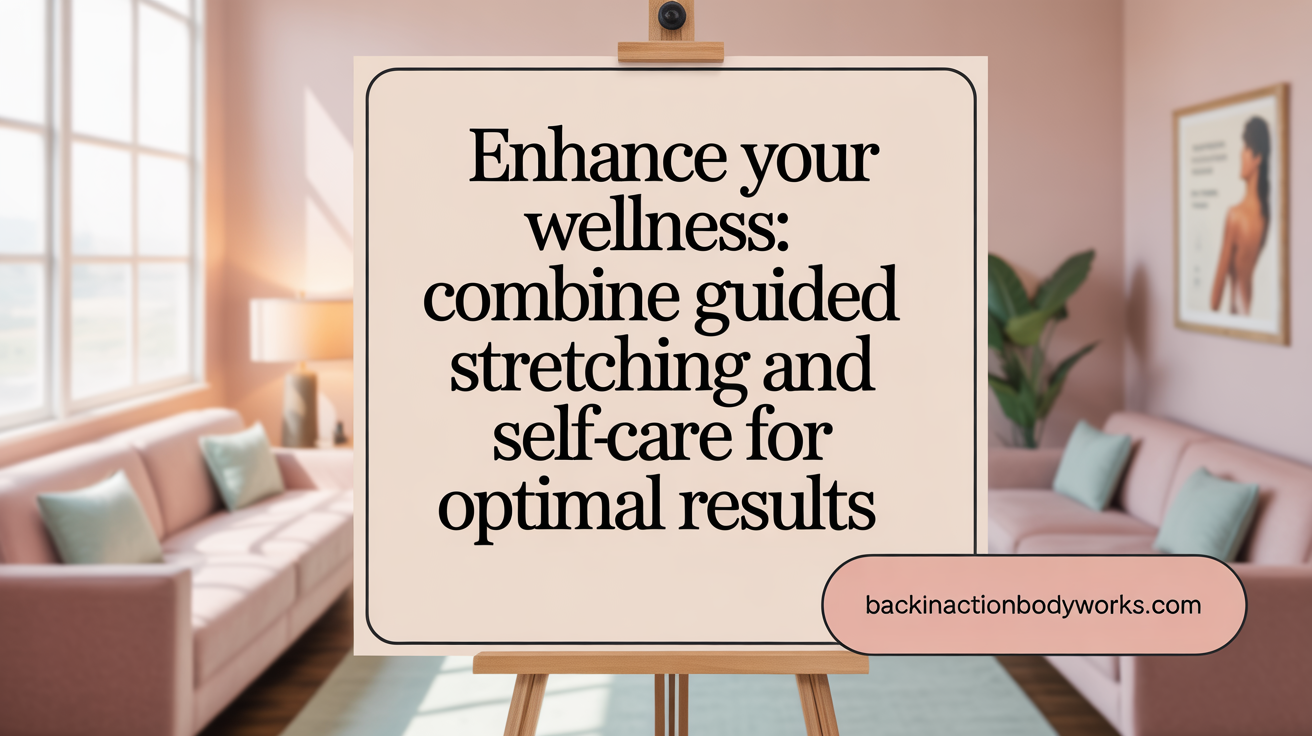
Overview of assisted stretching techniques complementary to massage therapy
Assisted stretching involves a trained practitioner helping a client stretch their muscles and joints beyond their usual limits. When combined with massage therapy, it creates a powerful synergy that enhances flexibility, improves circulation, and accelerates recovery. Massage relaxes tense muscles and releases knots, making stretched muscles more receptive to movement, thereby reducing injury risks.
Techniques such as clinician-guided stretches or using specialized tools ensure safe and effective extension of the range of motion. This approach makes it easier to target stubborn tightness, especially in hard-to-reach areas like the hips, shoulders, and back, which are commonly affected in athletes and individuals with sedentary lifestyles.
Details on proprioceptive neuromuscular facilitation (PNF) and its role in assisted stretching
Proprioceptive neuromuscular facilitation (PNF) is a highly effective assisted stretching technique involving a cycle of muscle contraction followed by relaxation. Typically, a therapist guides the client through a stretch where the muscle contracts for about 5-6 seconds, then relaxes, allowing the stretch to go deeper.
PNF is particularly beneficial in increasing joint range of motion because it stimulates the nervous system to relax muscles more fully. This method is frequently used in rehabilitation settings and by athletes aiming to maximize flexibility gains.
Effective partner or tool-assisted stretches for body areas like hips, shoulders, and back
Certain stretches are especially beneficial when performed with assistance. For hips, the 'Hip Flexor Stretch with Partner' involves the partner gently pressing the thigh backward while the client maintains a lunge position, deepening the stretch.
For shoulders and upper back, the 'Assisted Cross-Body Shoulder Stretch' involves a partner gently pulling the arm across the chest, opening the shoulder joint.
Tools like resistance bands, yoga straps, or foam rollers also aid in assisted stretching — for example, using a strap to deepen hamstring or calf stretches while maintaining proper alignment.
Safety considerations and professional supervision for PNF and assisted stretches
While assisted stretching and PNF techniques are effective, they must be performed carefully. Improper application can cause overstretching, muscle strain, or joint injury.
It’s essential to have these techniques conducted by trained professionals — physical therapists, massage therapists, or certified trainers — who understand individual limits and proper methods.
Clients should communicate discomfort immediately, and stretches should never be painful. Gradually progressing in stretch intensity and duration ensures safe improvement in flexibility.
How combining assisted stretching with massage improves circulation, flexibility, and recovery
Integrating massage therapy with assisted stretching enhances blood flow to targeted muscles, supplying oxygen and nutrients vital for recovery.
This combination helps in breaking down adhesions and scar tissue, improving tissue elasticity. As muscles relax and lengthen, joint mobility increases, reducing stiffness.
Post-session, clients often experience decreased muscle soreness and quicker healing, which is especially beneficial after intense physical activity or injury.
Mental relaxation benefits alongside physical improvements
Beyond physical gains, assisted stretching paired with massage induces a calming effect, activating parasympathetic nervous system responses. This promotes relaxation, reduces stress, and enhances mental clarity.
The mindful focus during guided stretching and massage also encourages body awareness, helping clients identify and address specific tightness or discomfort areas.
Guidance on selecting and performing stretches that support injury prevention and physical performance
Choosing the right assisted stretches depends on individual goals and physical condition. Commonly targeted areas include hamstrings, hip flexors, shoulders, and the lower back.
Incorporating PNF or gentle partner-assisted stretches regularly can maintain or improve mobility, reduce strain during activity, and enhance overall performance.
A balanced routine, combined with proper warm-up and cool-down strategies, ensures longevity of joint health and reduces injury risk.
For best results, work with professionals to tailor a stretching program that aligns with your athletic or health objectives, integrating massage therapy for comprehensive benefits.
Understanding PNF Stretching and Its Effectiveness
What is PNF stretching and why is it considered the most effective technique for increasing flexibility?
Proprioceptive neuromuscular facilitation (PNF) stretching is a specialized method that combines passive stretching with muscle contractions to improve flexibility rapidly. During a typical PNF session, a person gently stretches a muscle to its limit, then performs an isometric contraction against resistance for about 6 to 10 seconds, followed by a relaxation phase. This process often repeats several times.
The science behind PNF involves stimulating the nervous system to relax muscles more effectively. When muscles contract isometrically, it triggers neural pathways that inhibit muscle tension, allowing the muscle to stretch further and more comfortably during subsequent stretches. This neural mechanism is called the autogenic inhibition reflex.
Compared to traditional static or dynamic stretching, PNF actively involves both the nervous system and muscles, yielding greater improvements in flexibility in a shorter timeframe. It is especially effective in increasing joint range of motion and muscle length, making it popular among athletes, physical therapists, and individuals undergoing rehabilitation.
However, because PNF involves resistance and muscle contractions, it is more intense than other stretching methods. This increased intensity enhances its efficacy but also raises the potential for injury if not executed correctly. Proper technique and caution are essential.
Why is PNF considered the most effective technique for increasing flexibility?
The primary reason PNF holds the reputation for being highly effective is its ability to produce quick and significant flexibility gains. Its mechanism of combining passive stretching with active muscle contractions leverages the body's neural responses, resulting in more substantial muscle relaxation and elongation.
Research indicates that PNF can increase static-passive flexibility better than static stretching alone. It often yields results in fewer sessions, making it efficient for those aiming for rapid improvements.
Moreover, PNF’s versatility allows it to be tailored to various muscles and joint types, making it suitable for diverse populations, from athletes seeking performance enhancements to patients recovering from injury.
Risks and need for professional supervision
Despite its advantages, PNF stretching carries certain risks if not performed properly. The intense muscle contractions and stretching can lead to strains, sprains, or even tissue damage, especially if the muscle is overstretched or if the technique is executed incorrectly.
For this reason, professional supervision by a trained physical therapist or qualified coach is strongly recommended when using PNF. Experts can ensure that the resistance applied is appropriate, the movements are performed correctly, and the individual’s limits are respected.
Self-administered PNF is possible, but it requires proper training and understanding to avoid injury. Additionally, PNF is not suitable for everyone, such as individuals with certain neurological or muscular conditions.
In summary, while PNF stretching is among the most efficient methods for improving flexibility, it requires careful execution under supervision to maximize benefits and minimize risks. When done properly, it can significantly enhance joint mobility and muscle flexibility, playing a vital role in athletic performance and injury prevention.
More information
To explore further, searching for "PNF stretching benefits and safety" can provide valuable insights into optimal techniques and precautions.
Stretching Techniques to Avoid and Why
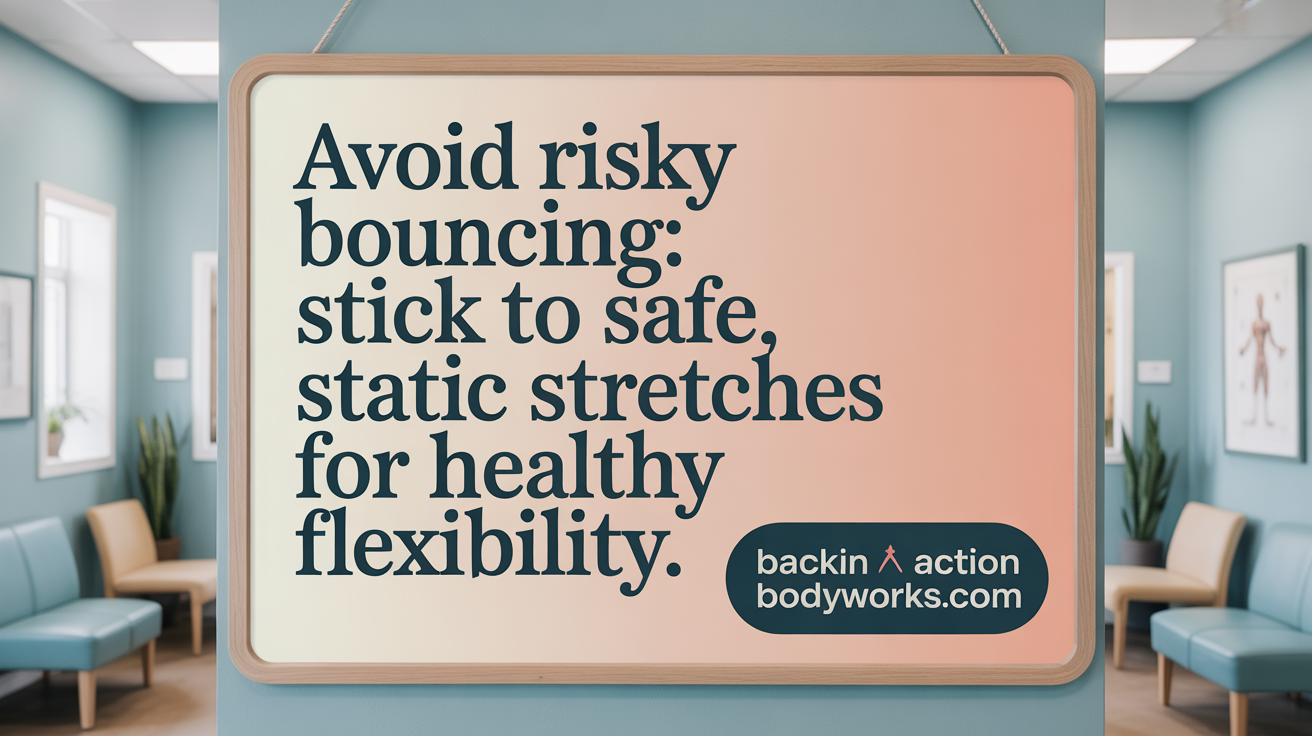
Which stretching techniques are not recommended by experts and why?
Certain stretching methods can pose safety risks and are generally advised against by health and fitness professionals.
One such technique is ballistic stretching. This involves rapid, bouncing movements designed to push muscles beyond their normal range of motion. While ballistic stretching might seem effective for enhancing flexibility, it can cause muscle strains or tears if not executed carefully. The bouncing action can lead to overstretching or pulling muscles unexpectedly, especially when muscles are cold or not properly warmed up.
Another method to approach with caution is PNF (Proprioceptive Neuromuscular Facilitation) stretching. This involves passive stretching paired with muscle contractions, often performed with a partner or using equipment. Although PNF can significantly increase flexibility, improper or aggressive execution can overstretch muscles and cause injuries. Without supervised guidance, there’s a higher risk of overstretching or damaging muscle fibers.
Pre-contraction stretching techniques, including certain forms of PNF, also carry potential hazards. These involve actively engaging a muscle before stretching, which if done with excessive force or improper technique, may increase the likelihood of strains.
Why do experts prefer static stretching? Static stretching involves holding a stretch gently at the point of mild tension for 15-30 seconds. It allows muscles to relax gradually and safely, minimizing strain or injury. When performed correctly, static stretching is both safe and effective at improving flexibility and joint range of motion.
In summary, techniques involving rapid bouncing or aggressive passive stretching are avoided because they can lead to muscle injury. Static stretching remains the most recommended approach for safe flexibility gains, especially when done after warming up or during cool-down phases of exercise.
Effective Stretching Exercises Around Bodywork Sessions

What are some safe and effective stretching exercises to perform before or after bodywork sessions?
Incorporating appropriate stretching exercises around bodywork sessions can significantly enhance the benefits of massage and improve overall mobility. Before a session, dynamic stretches are recommended to warm up muscles and prepare joints for activity. These include movements such as leg swings, high knees, arm circles, lunges, and hip circles. These active stretches help increase blood flow, reduce stiffness, and enhance joint mobility, which can also decrease the risk of injury during massage or sports activities.
After a session, static stretches are ideal for helping muscles relax and improving flexibility. Popular options include toe touches, butterfly stretches, the cobra pose, quadriceps stretch, and knee-to-chest stretches. These are typically held for 15-30 seconds, allowing the muscles to extend safely and recover from tension accumulated during the session.
To ensure safety and maximize benefits:
- Avoid bouncing or forcing stretches beyond comfortable limits.
- Focus on smooth, controlled movements.
- Maintain deep, steady breathing to relax muscles further.
Consistent practice of these gentle stretching routines not only supports muscle recovery but also promotes better posture, less tension buildup, and improved joint health. Tailoring stretches to individual needs and consulting a professional for personalized advice can further optimize outcomes.
By blending these safe pre- and post-massage exercises into your routine, you can enhance flexibility, prevent injuries, and reap full benefits from your bodywork treatments.
Combining Massage Therapy and Assisted Stretching for Optimal Results
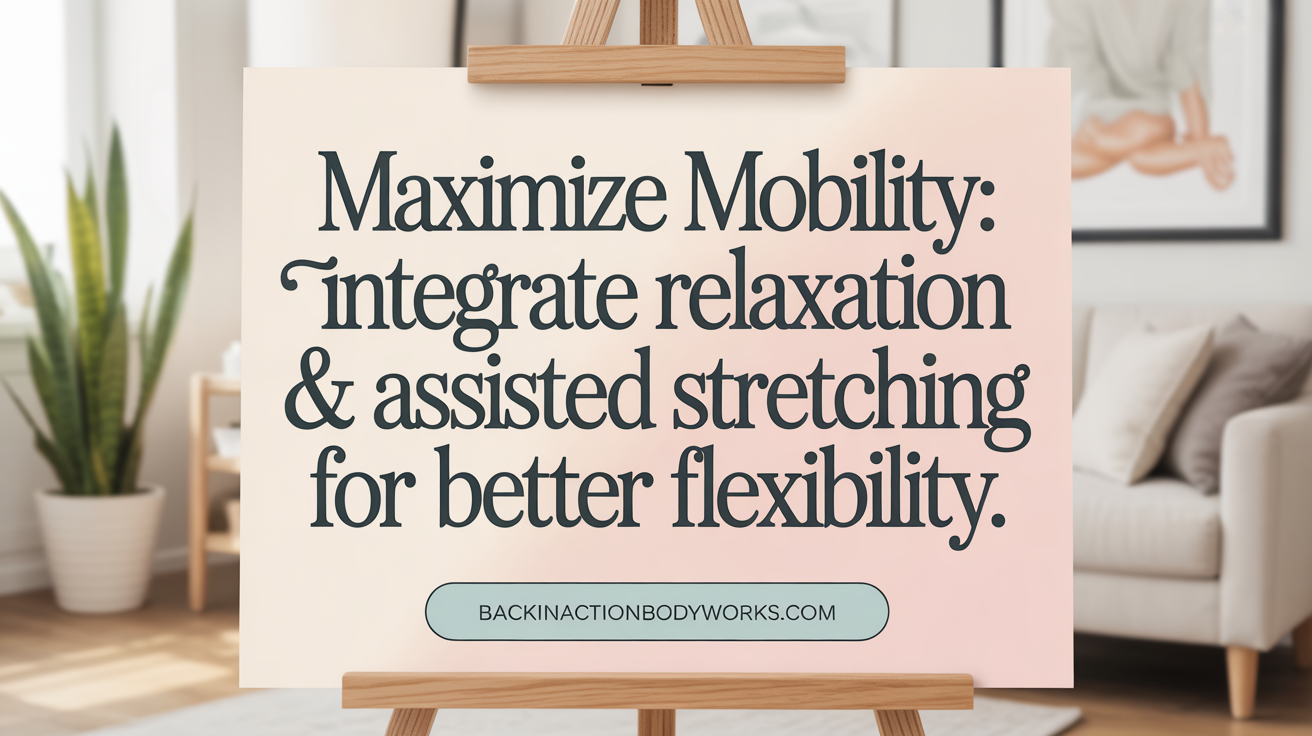
How can massage therapy and assisted stretching be combined effectively?
Combining sports massage with assisted stretching offers a strategic approach to improve flexibility, enhance circulation, and prevent injuries. Typically, the process begins with sports massage techniques such as effleurage or petrissage, which relax tight muscles, release knots, and increase blood flow. This initial relaxation makes muscles more receptive to stretching.
Following the massage, trained professionals perform assisted stretching. This involves guiding the limbs or joints through their full range of motion using manual assistance—often with hands, straps, or resistance bands. For example, a therapist may gently stretch a hamstring or shoulder joint in a controlled manner based on the individual's flexibility levels. This personalized approach allows for deeper stretches than achievable solo, effectively lengthening muscles and connective tissues.
Integrating these methods not only boosts flexibility and mobility but also accelerates recovery by promoting better blood circulation. It helps reduce muscle soreness and stiffness post-exercise or injury. Moreover, this combination provides mental benefits, offering relaxation and stress relief. When performed regularly and with professional guidance, sports massage combined with assisted stretching becomes a potent tool for athletes and active individuals aiming for optimal performance and injury prevention.
How does this combination benefit circulation, flexibility, and mental well-being?
The synergy of massage therapy and assisted stretching significantly enhances blood flow, which is crucial for delivering oxygen and nutrients to muscles while removing metabolic waste. Improved circulation supports faster recovery and reduces soreness.
Flexibility improves as muscles are gently elongated through assisted stretches, expanding joint range of motion and decreasing stiffness. This augmented mobility translates to better performance in sports and daily activities.
On the mental front, the relaxing effects of massage combined with the mindful focus required during assisted stretching help alleviate stress and promote mental clarity. Many individuals report feelings of calmness and reduced anxiety, making this combined practice a holistic approach to health.
Use of resistance bands and manual assistance in assisted stretches
Resistance bands are common tools used in assisted stretching for their versatility in providing gentle, adjustable resistance. For example, a resistance band can help deepen a hamstring stretch or extend shoulder mobility by offering controlled tension.
Manual assistance involves a trained therapist applying gentle but firm support to the limb or joint, guiding it through its optimal stretch position. This method allows for precision and safety, especially when targeting specific tight spots or restricted areas.
In practice, therapists may combine manual help with resistance bands to customize stretches based on the client's flexibility, activity level, and injury history. This tailored approach ensures effective, safe stretching sessions that improve muscle length and joint function.
Why is professional guidance essential for safety and effectiveness?
Performing assisted stretching and massage without proper training can lead to overstretching or injury. Professionals are skilled in assessing individual needs and limitations, ensuring that stretches are deep enough to be beneficial but not so intense as to cause harm.
Proper guidance also guarantees that techniques are applied correctly, which maximizes benefits such as increased range of motion and circulation. It minimizes risks like overstretching, joint strain, or muscle tears.
For sustained safety and progress, consulting qualified sports therapists, physiotherapists, or certified massage practitioners is highly recommended. These professionals can develop customized programs, monitor responses, and adjust techniques accordingly—ensuring safety and effectiveness in the long term.
Selecting Stretches for Wellness, Injury Prevention, and Performance with Bodywork
How can individuals select and perform stretches that support wellness, injury prevention, and physical performance alongside bodywork?
Choosing the right stretches is essential for maximizing the benefits of bodywork, enhancing performance, and preventing injuries. To support overall wellness, individuals should focus on stretching muscles that are tight or prone to strain, based on their activity levels and specific needs.
Incorporating both static and dynamic stretching into routines offers comprehensive benefits. Dynamic stretches, such as leg swings, high knees, and arm circles, are best performed during warm-up to increase blood flow and prepare muscles for activity. These active movements loosen joints and muscles through their full range of motion.
Conversely, static stretches, such as hamstring or calf stretches held for 15 to 30 seconds, are more suitable during cool-down or relaxation phases. They help in muscle relaxation, improve flexibility, and maintain joint mobility. Doing static stretches after exercise prevents muscle tension buildup and supports injury recovery.
It is important to warm up before stretching to prevent overstretching or injury. Gentle, slow movements with no bouncing should be emphasized. Focus on major muscle groups like the neck, shoulders, back, hips, and legs, which are often targeted in bodywork therapy.
For individuals with specific health concerns or existing injuries, consulting a healthcare professional or a qualified trainer ensures that stretching routines align with personal goals and physical restrictions. Regular practice—at least 2-3 times weekly—help maintains flexibility, prevents tightness, and enhances the effectiveness of bodywork sessions.
Overall, thoughtful selection and proper execution of stretches, combined with ergonomic habits and bodywork techniques, can bolster physical resilience, reduce the risk of injury, and improve athletic performance, supporting long-term health and mobility.
Integrating Stretching and Bodywork for Holistic Wellness
When combined thoughtfully, stretching techniques and bodywork therapies such as sports therapy massage and assisted stretching create a powerful synergy that enhances flexibility, mobility, and recovery. Utilizing dynamic stretching pre-session to prepare muscles and static stretching post-session to consolidate gains supports sustained physical well-being and injury prevention. Incorporating specialized methods like PNF under professional supervision can accelerate flexibility improvements safely. Ultimately, customized plans that blend these modalities and adhere to safe practice guidelines empower individuals to optimize performance, promote recovery, and maintain long-term musculoskeletal health.
References
- Sports Therapy Massage: Combining with Stretching & Mobility
- Ultimate Guide to Stretching Techniques: Elevate Your Wellness ...
- CURRENT CONCEPTS IN MUSCLE STRETCHING FOR ...
- Stretching Into Self-Care | Massage Therapy Journal - AMTA
- Stretching Exercises: 10 Powerful Moves for Pain-Free Living
- The Best Pre- and Post-Workout Stretches to Add to Your Routine
- Full Body Stretch: How to Stretch & Why It Is Important - Hinge Health
Recent articles
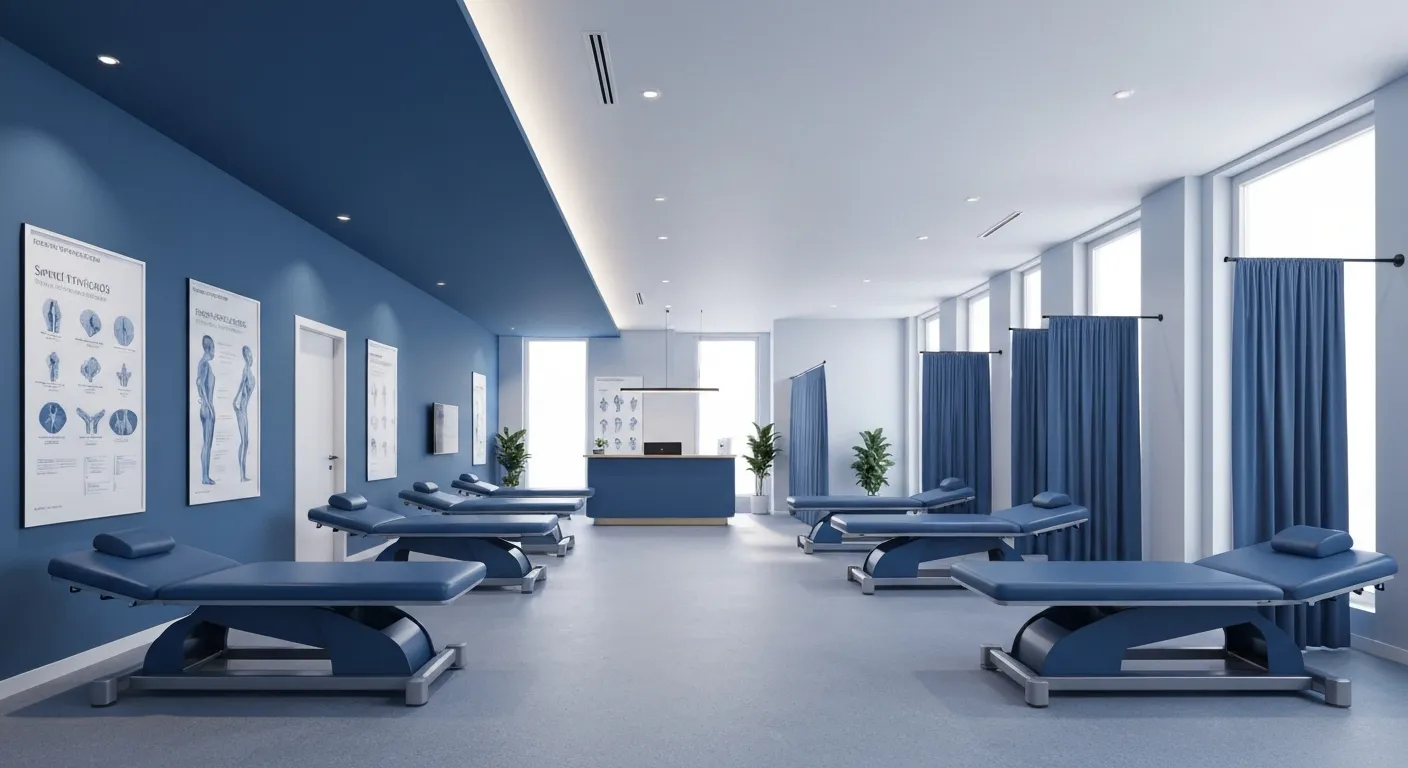
Simple Lifestyle Adjustments to Maintain a Healthy Spine

Personalized Nutritional Counseling for Improved Health Outcomes
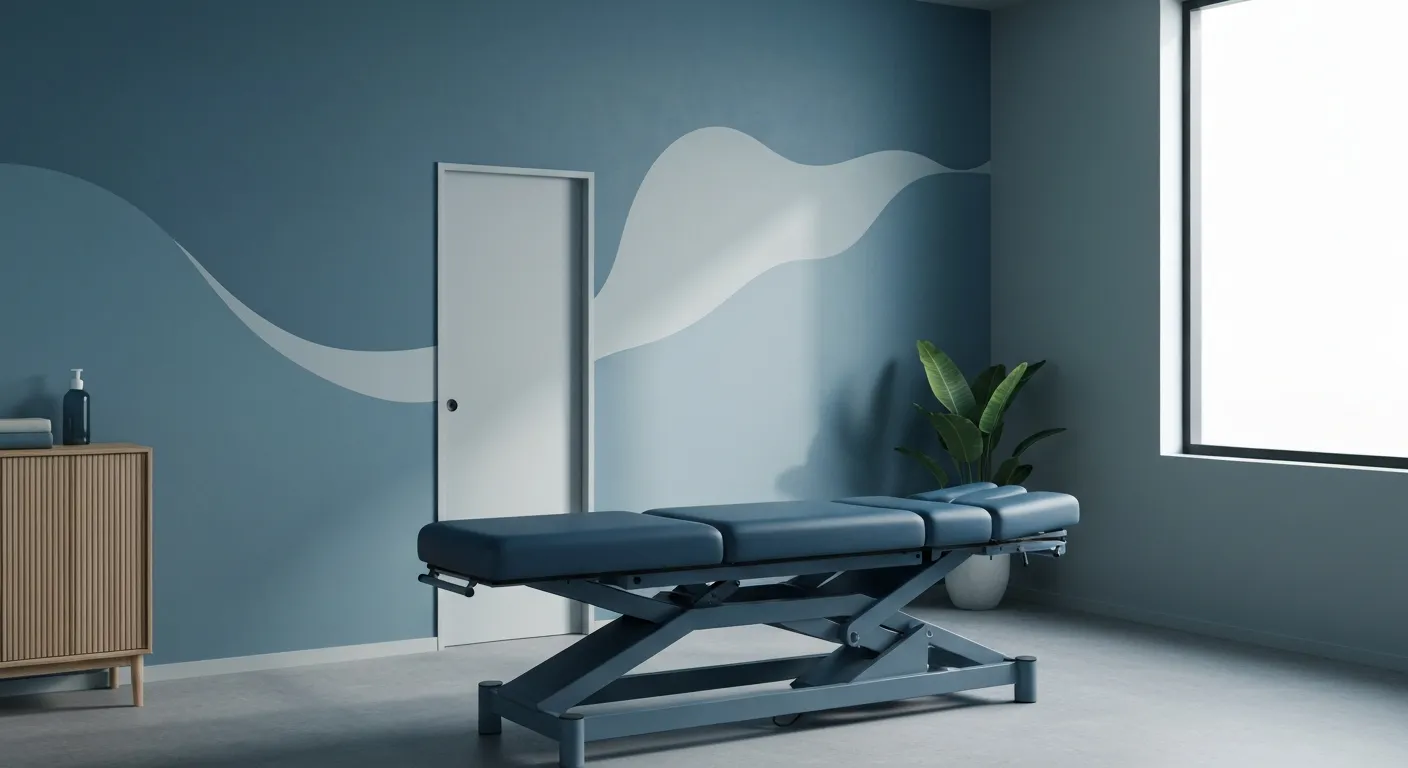
Exploring Non-Surgical Treatments for Spine-Related Conditions
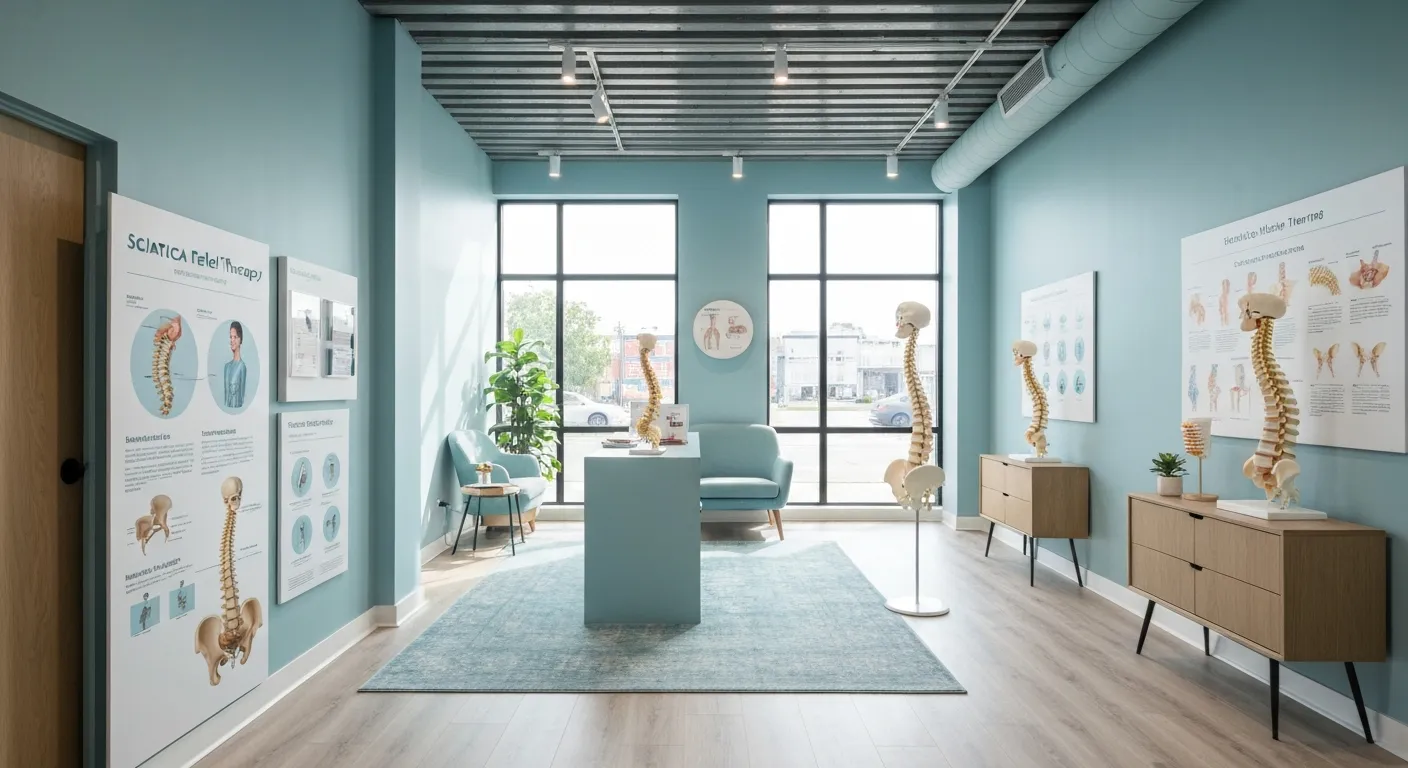
An Introduction to Spinal Decompression for Sciatica Patients
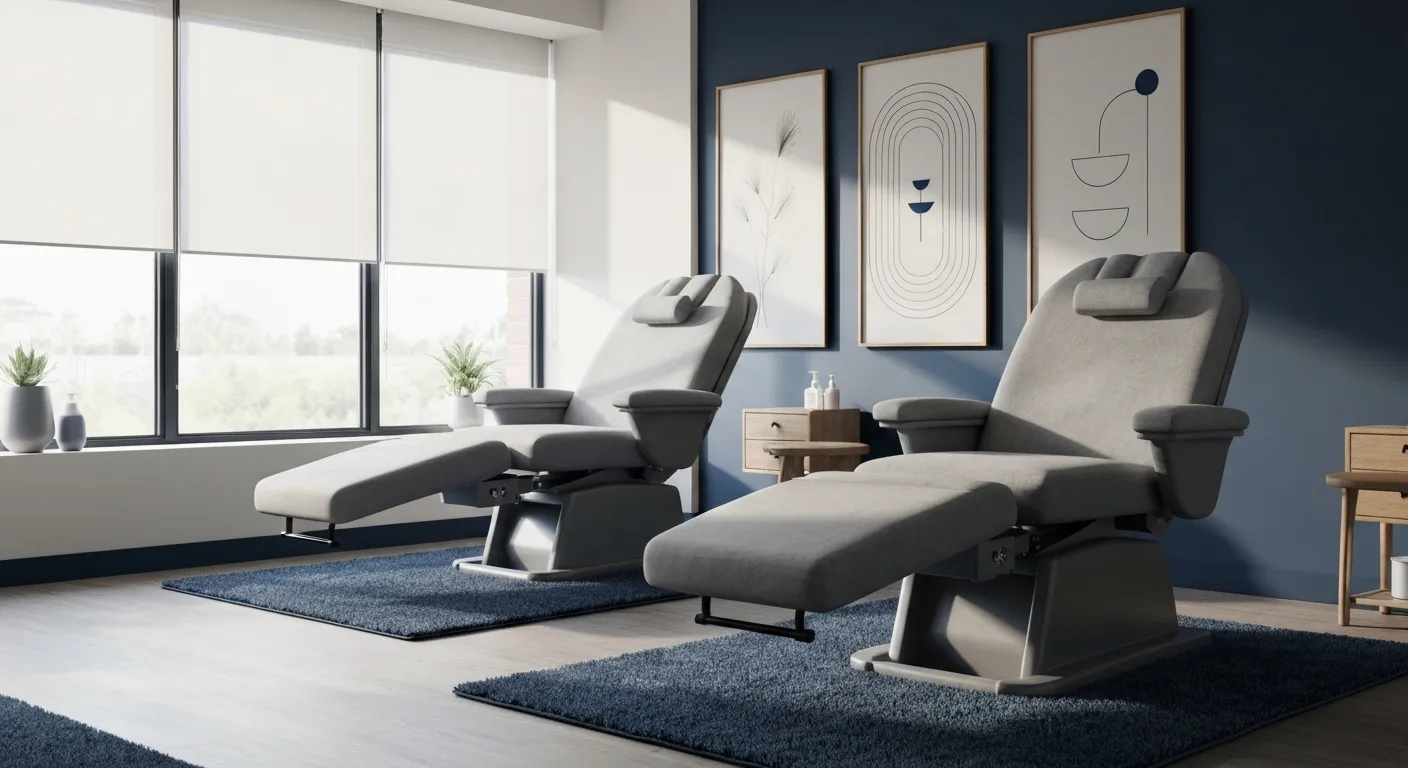
Transformative Success Stories: Patient Experiences with Chiropractic Treatments
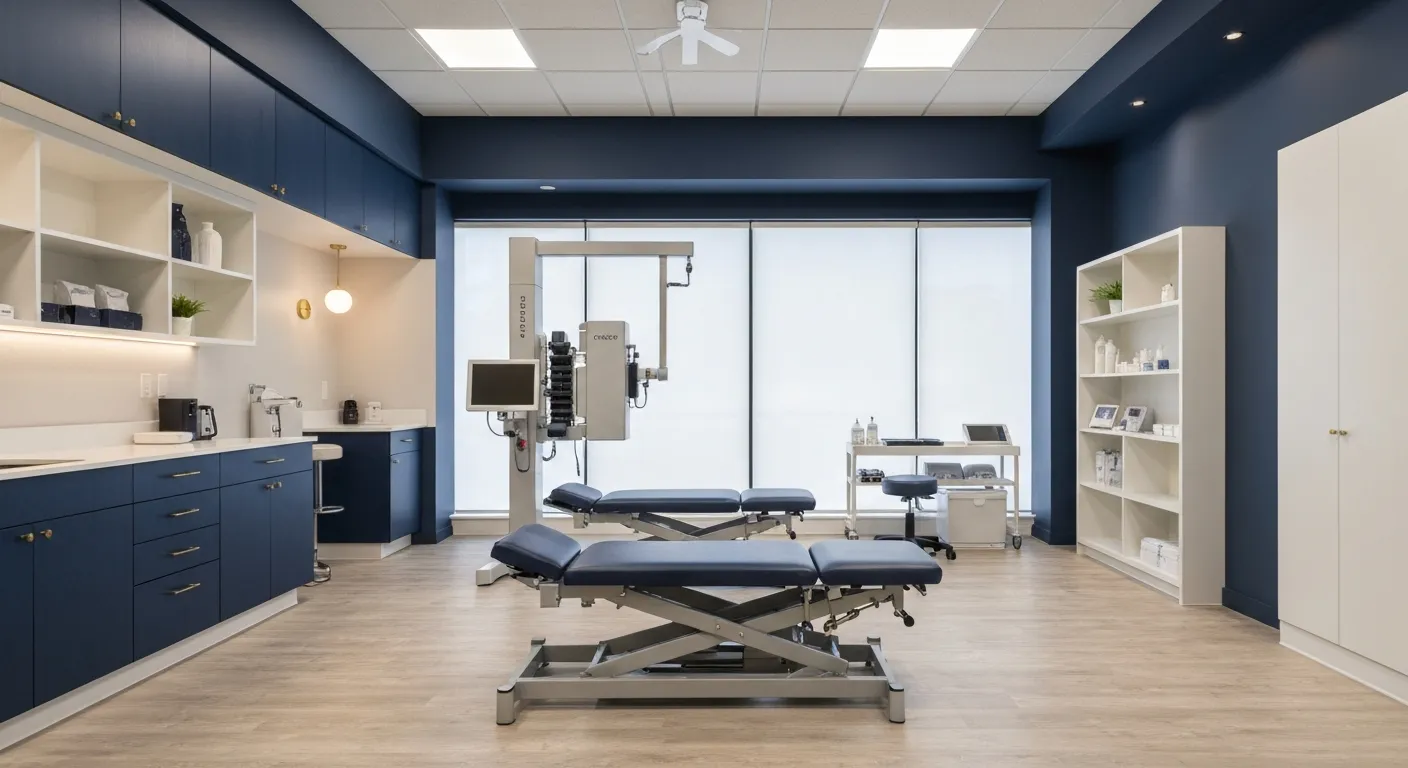
Why Chiropractic Care Is Essential for Back Pain Relief

Addressing Underlying Causes Versus Symptom Management in Pain Care

The Role of Nutrition in Enhancing Chiropractic Treatment Effectiveness

Sciatica Treatment Options: Is Spinal Decompression Right for You?
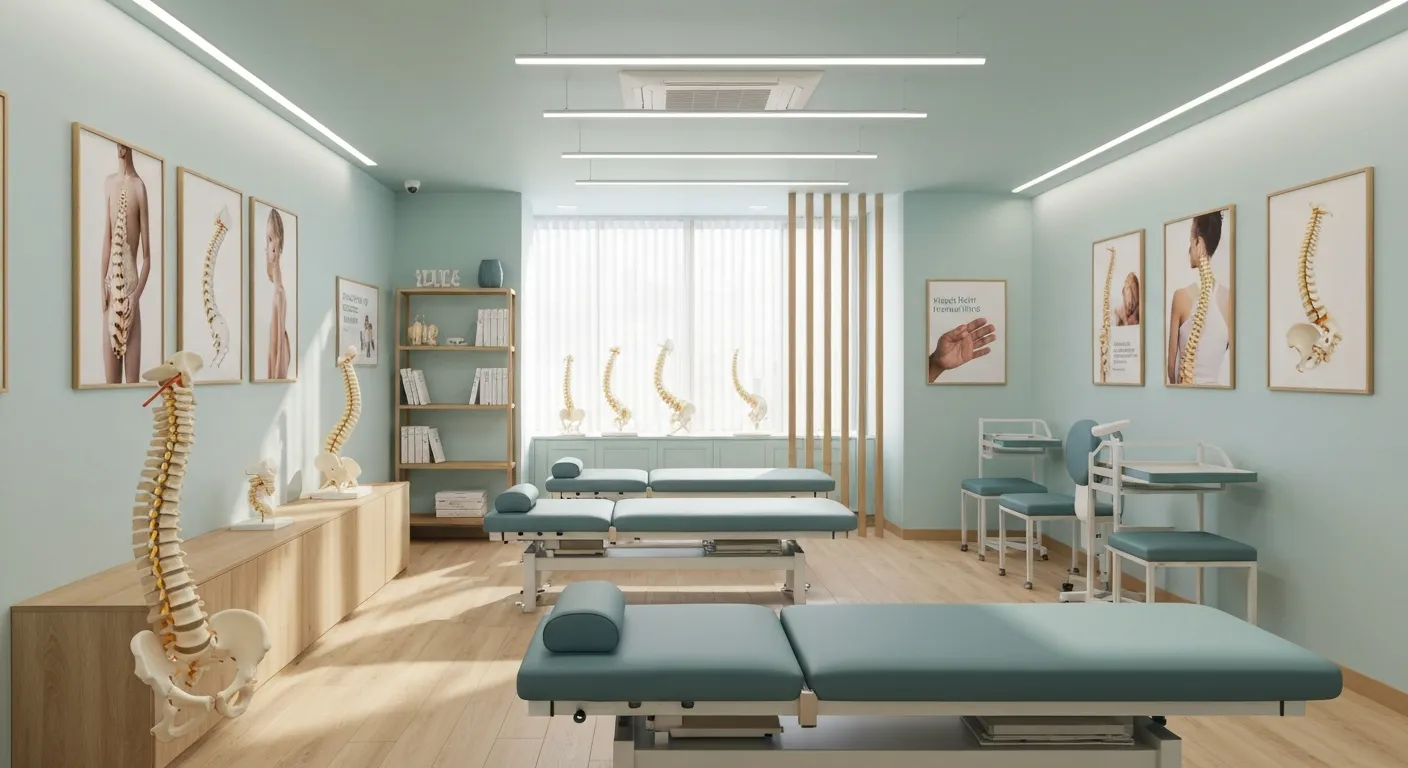
Lifestyle Tips to Maintain a Healthy Spine and Prevent Back Issues

The Synergy Between Physiotherapy and Chiropractic Treatments
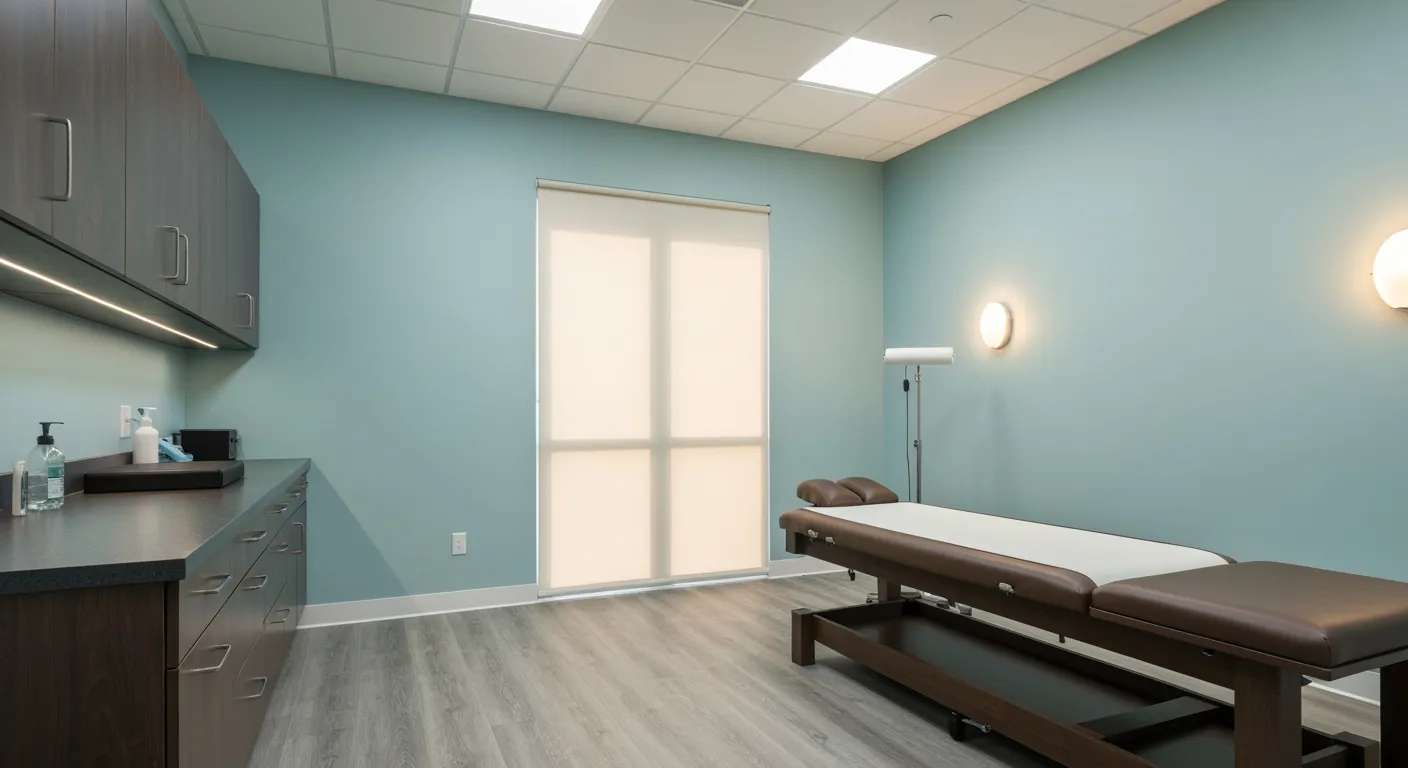
What Happens During Your Initial Chiropractic Consultation
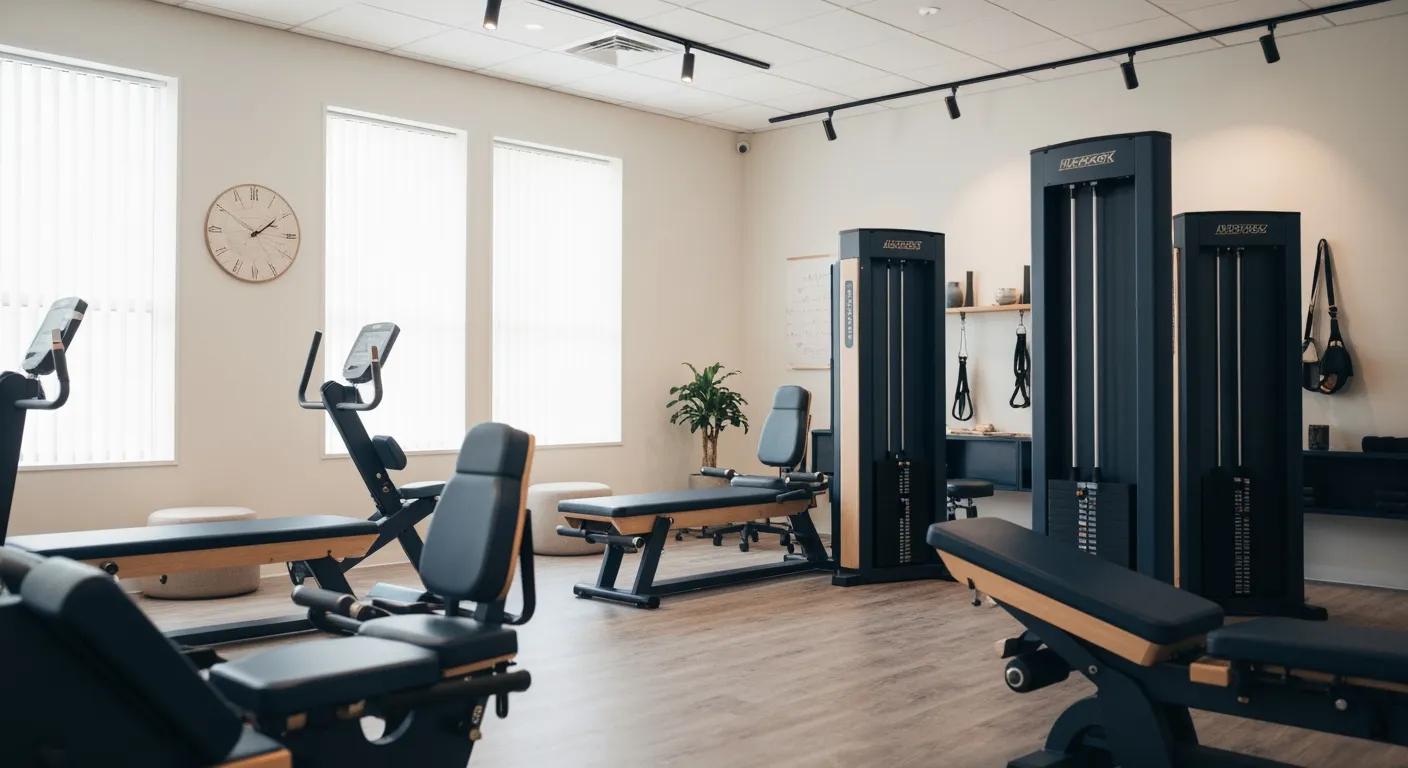
Effective Corrective Exercises for Sustainable Pain Management
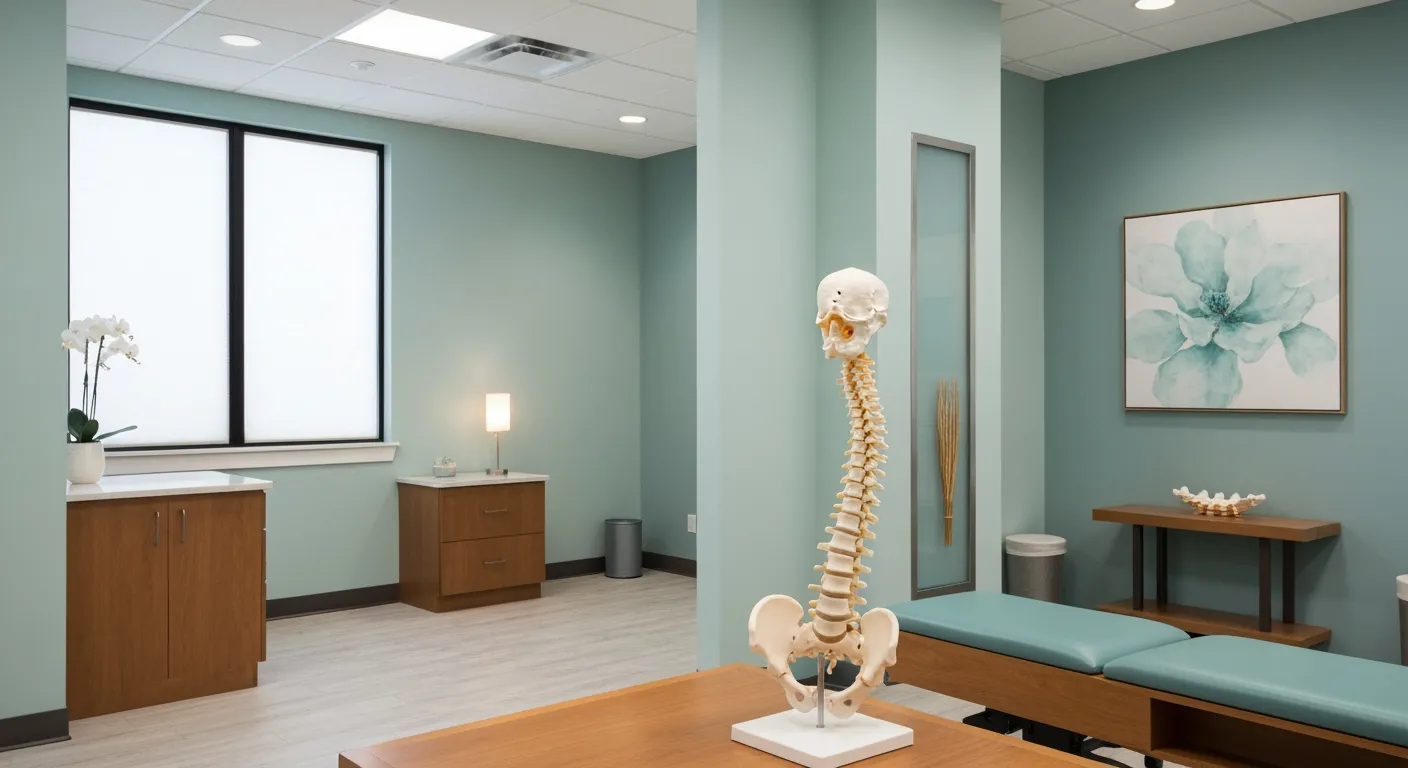
Taking a Root Cause Approach to Chronic Pain Management
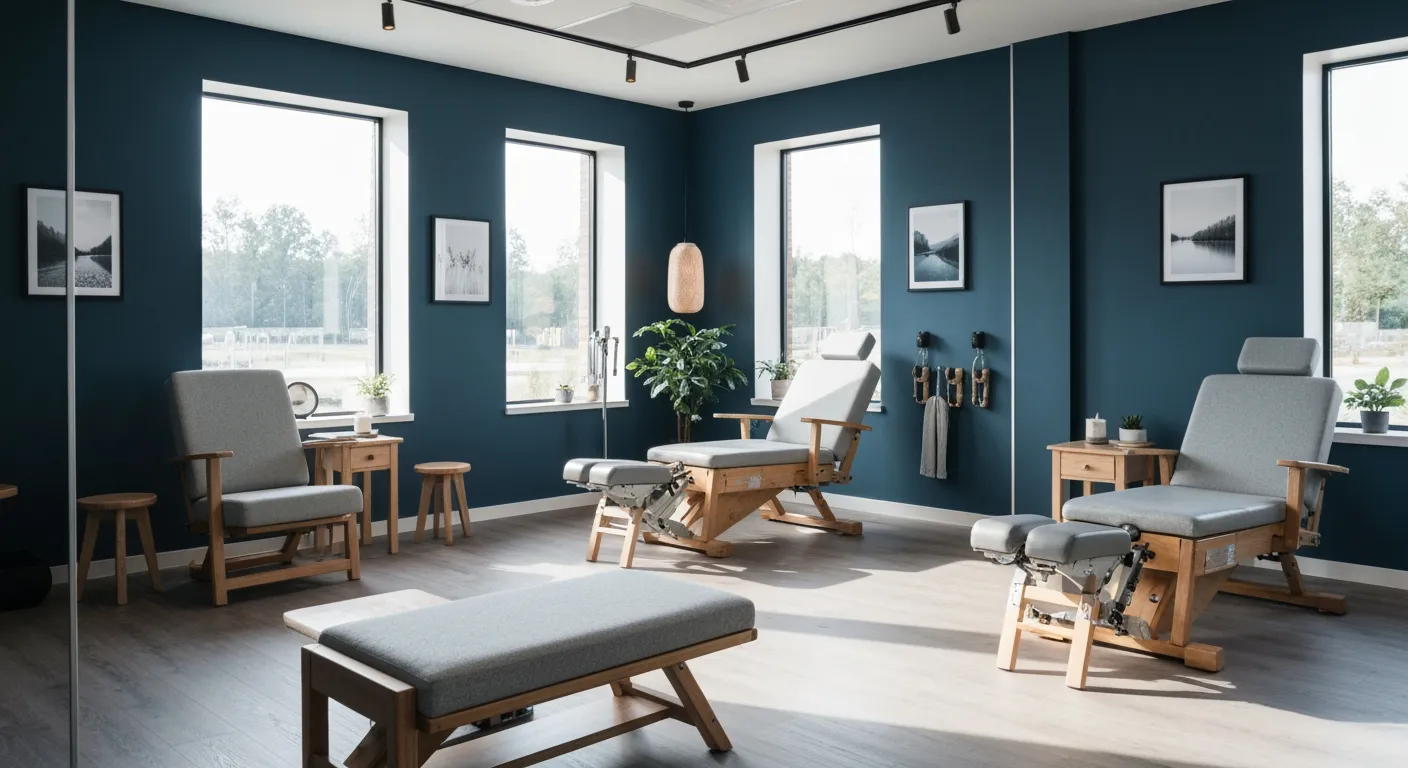
Holistic Pain Management Techniques Without Surgery

How Patient Success Stories Validate Chiropractic Care Benefits

Spinal Decompression: Innovative Treatment for Sciatic Nerve Pain
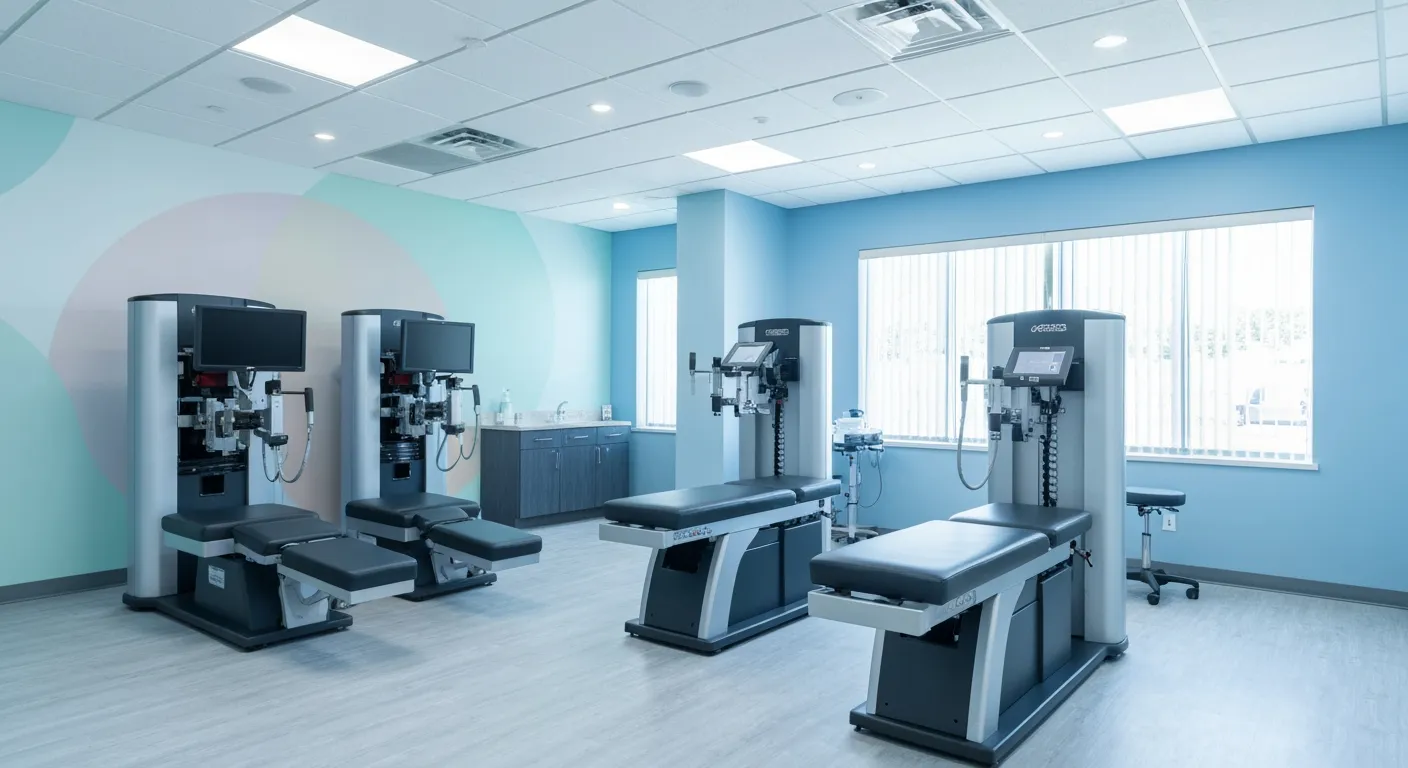
Spinal Decompression Therapy: A Non-Invasive Approach to Sciatica Relief
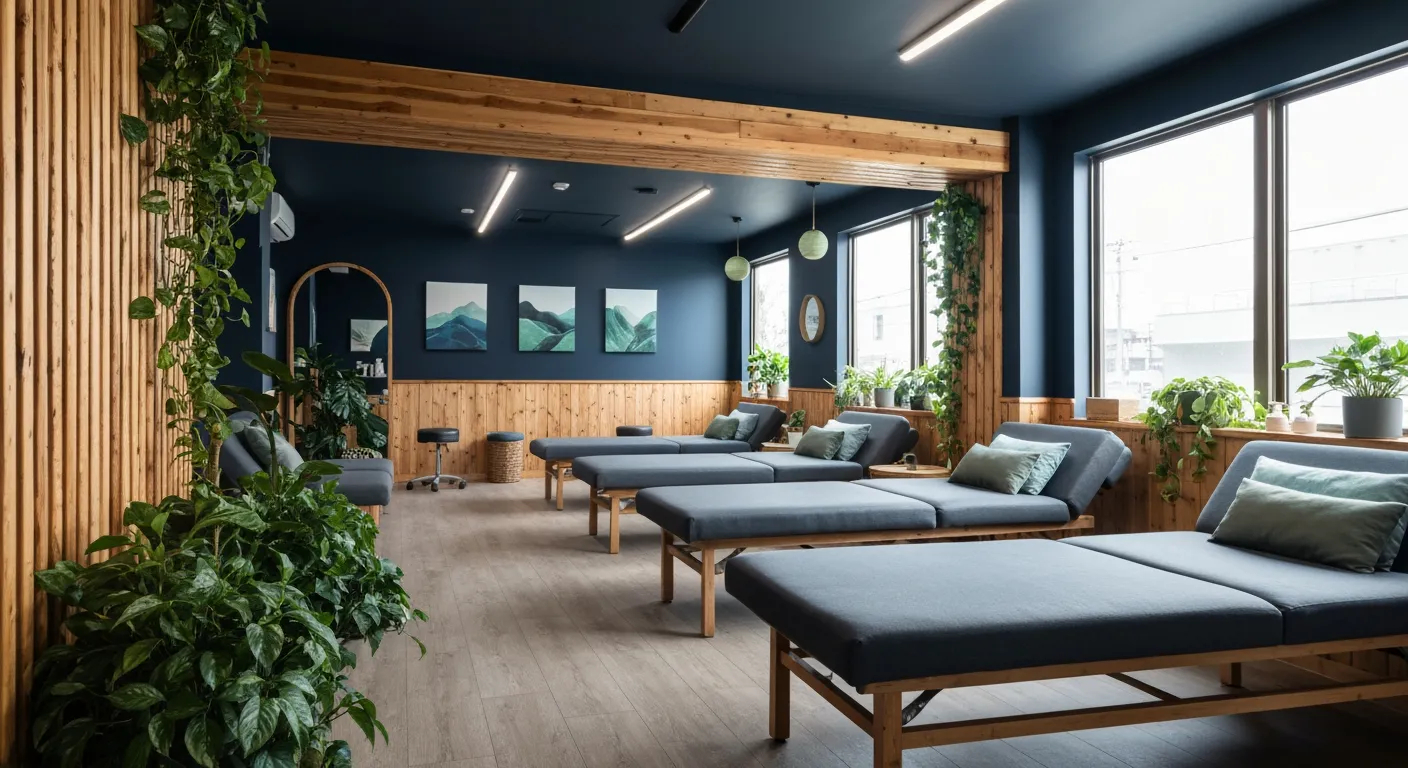
Exploring Holistic Approaches Beyond Surgery for Pain Relief

Practical Lifestyle Advice to Support a Healthy Spine Every Day
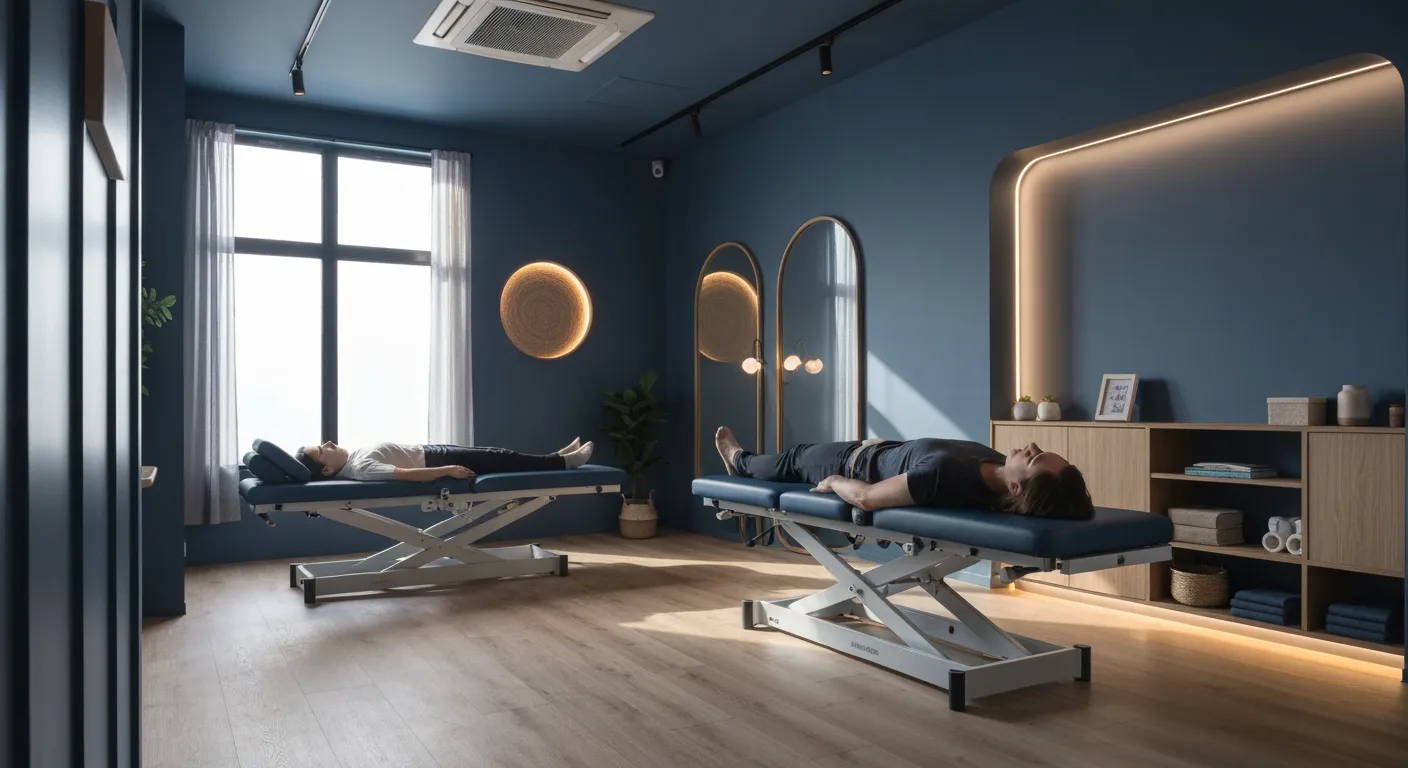
Corrective Exercise Routines Designed for Long-Term Pain Prevention
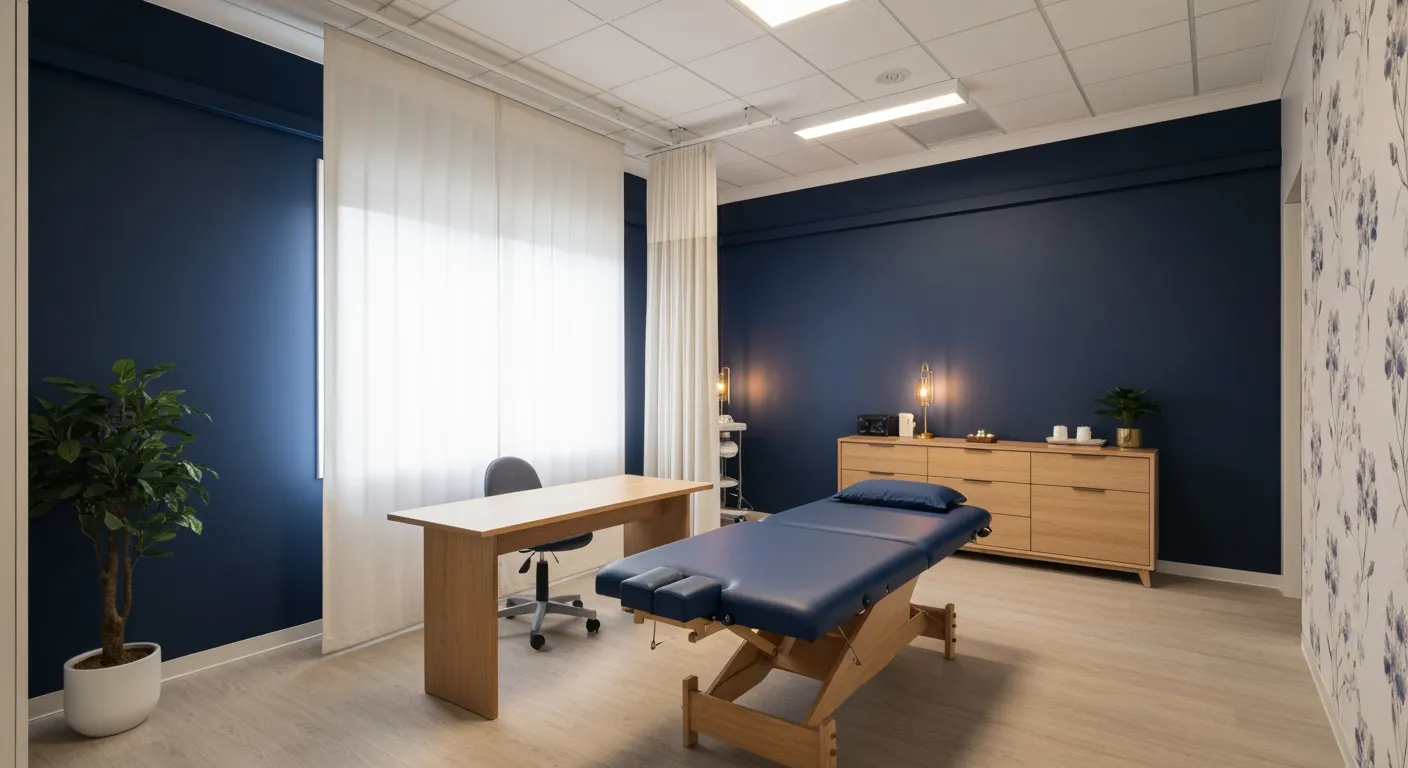
Real Patient Stories: Overcoming Chronic Pain with Chiropractic Care
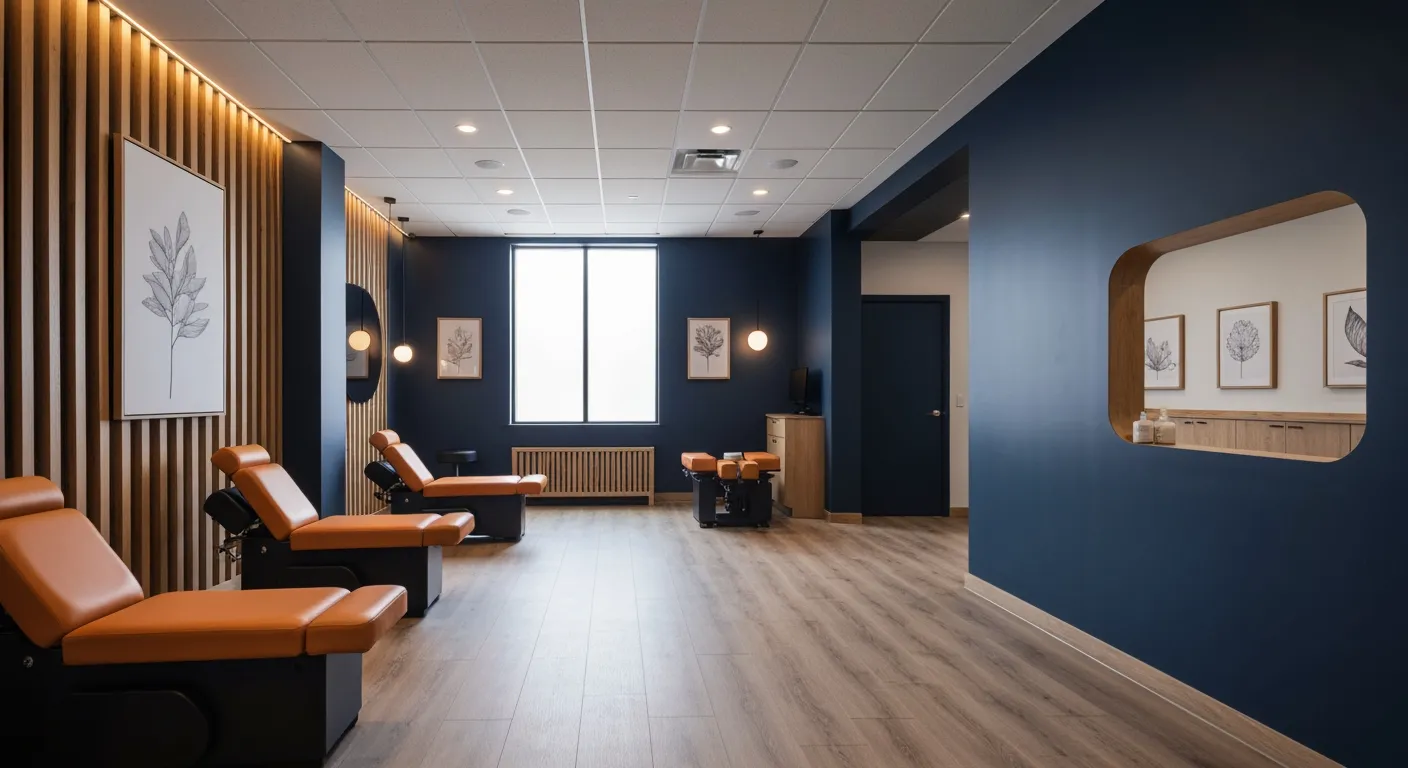
Lifestyle Changes That Promote a Healthy Spine and Prevent Injury
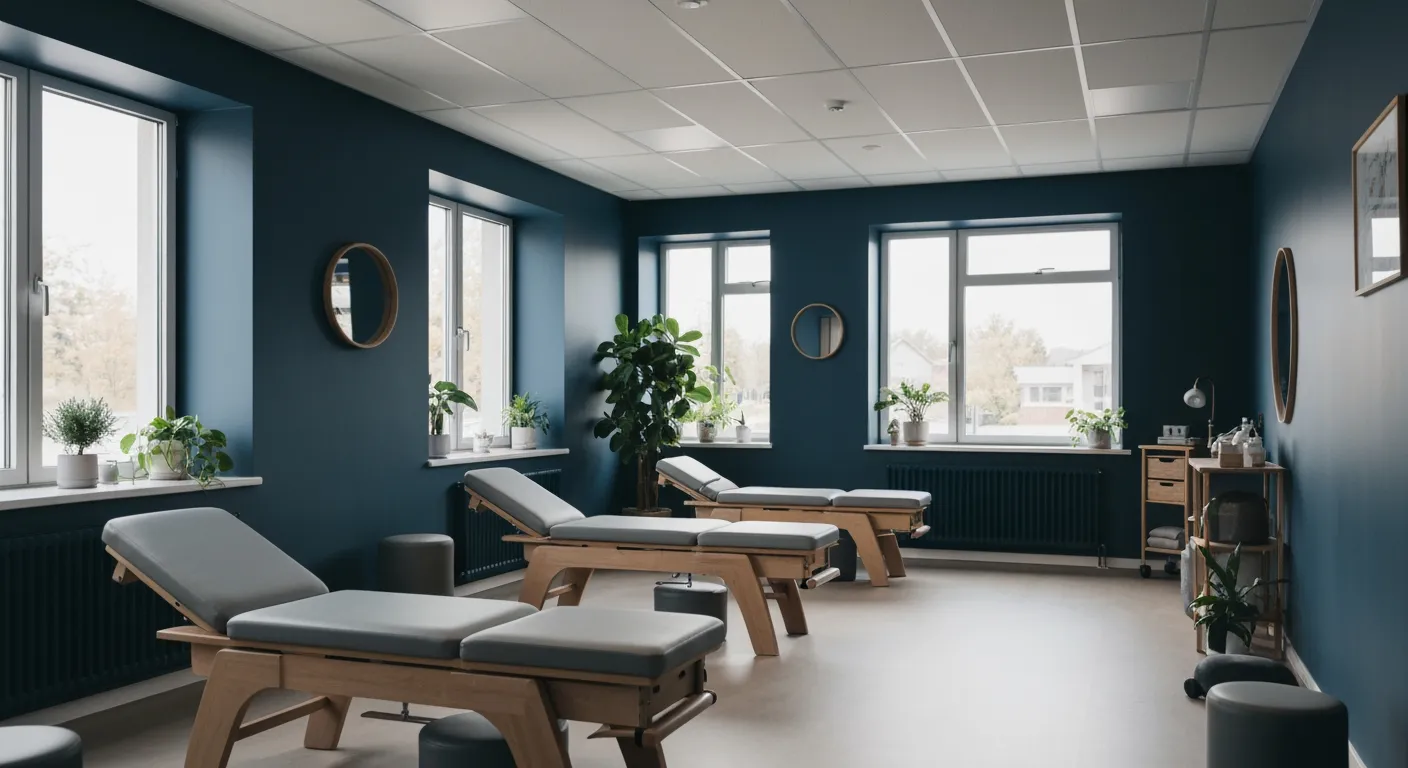
How Addressing the Root Cause of Pain Leads to Lasting Relief
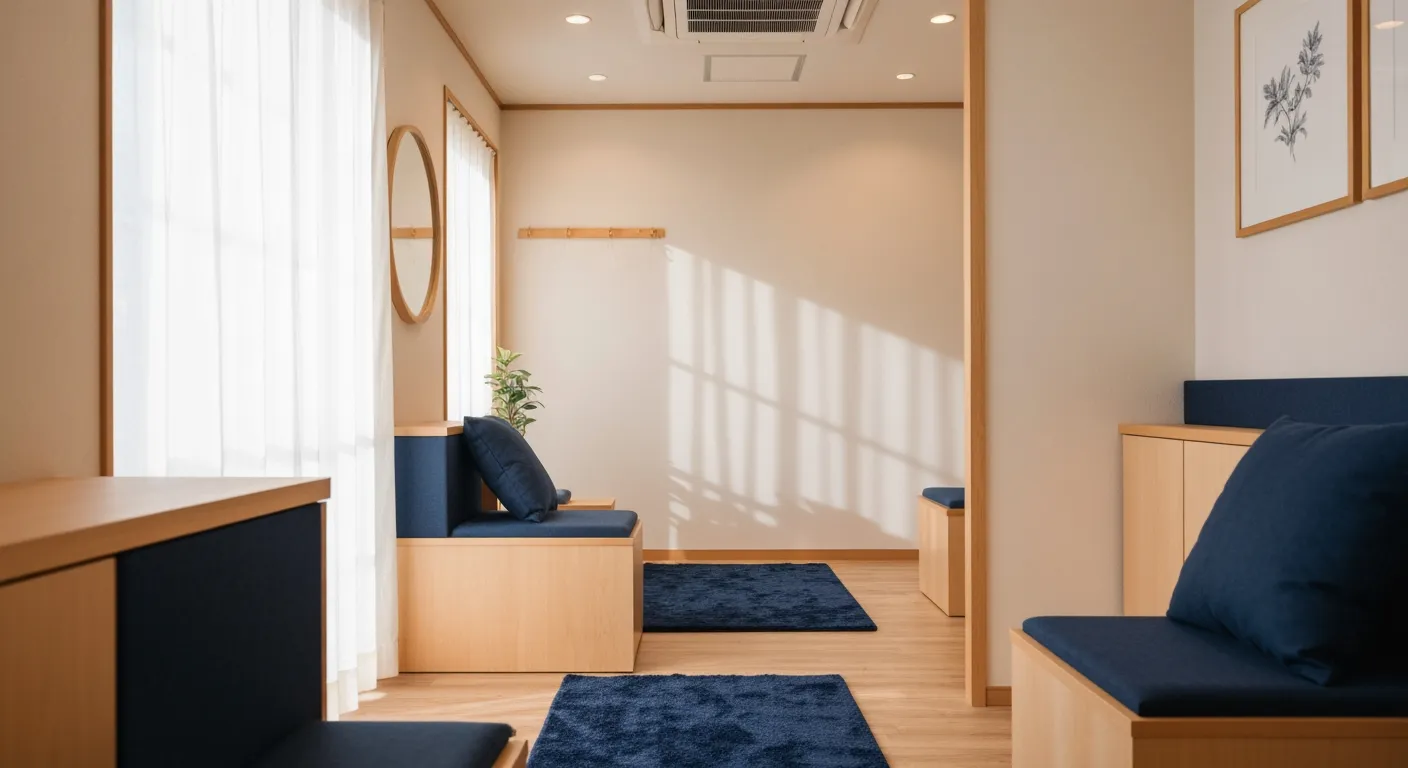
Non-Surgical Holistic Therapies to Manage Chronic Pain Effectively
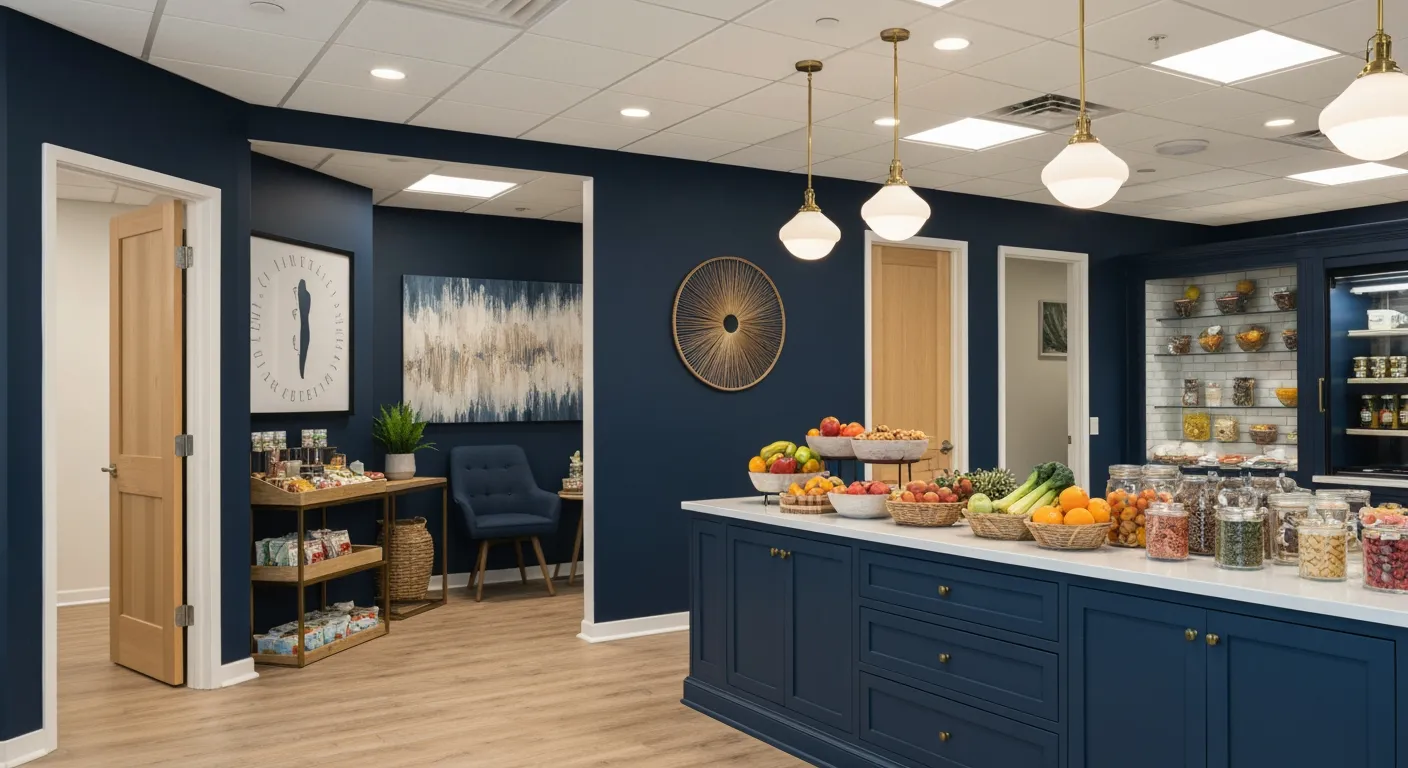
Nutritional Counseling's Impact on Physical Health and Healing
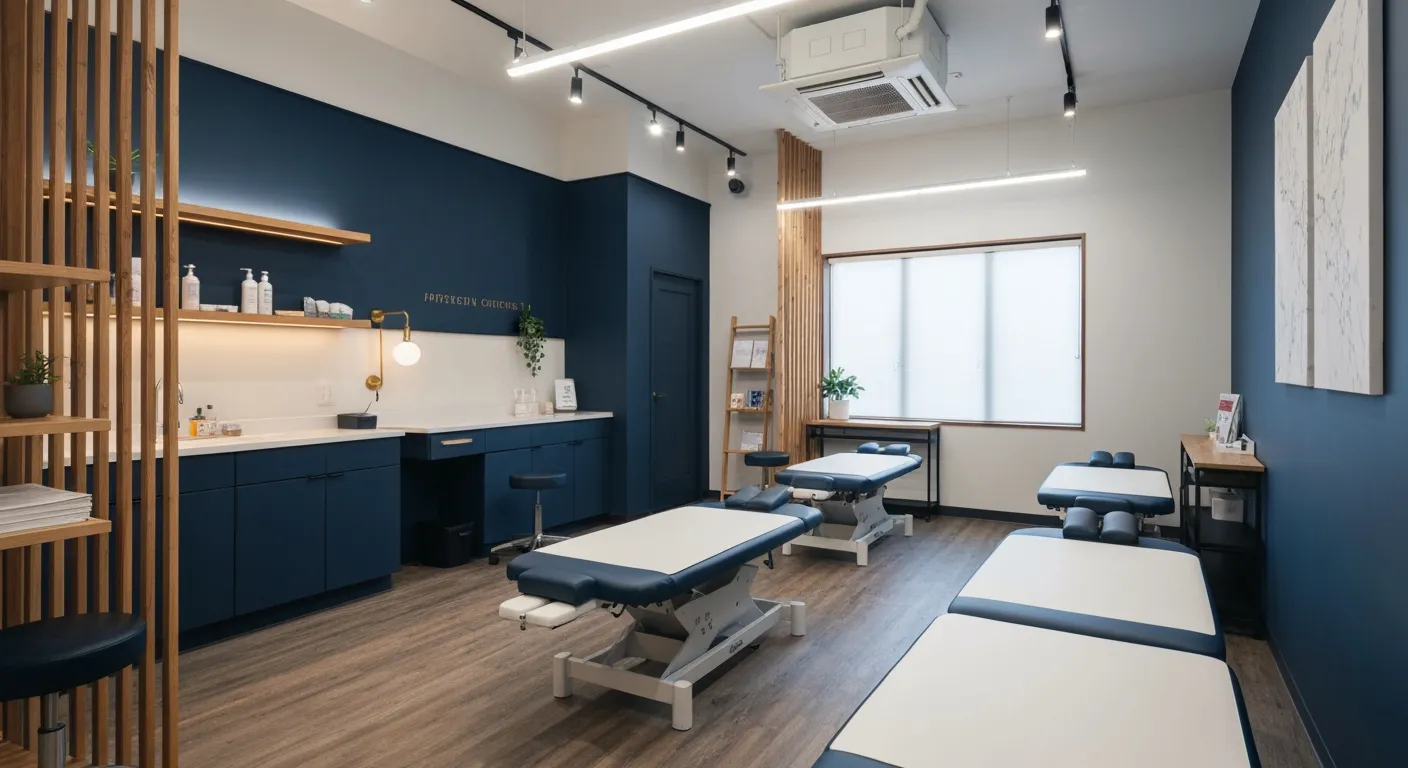
Benefits of Regular Chiropractic Care for a Stronger Back
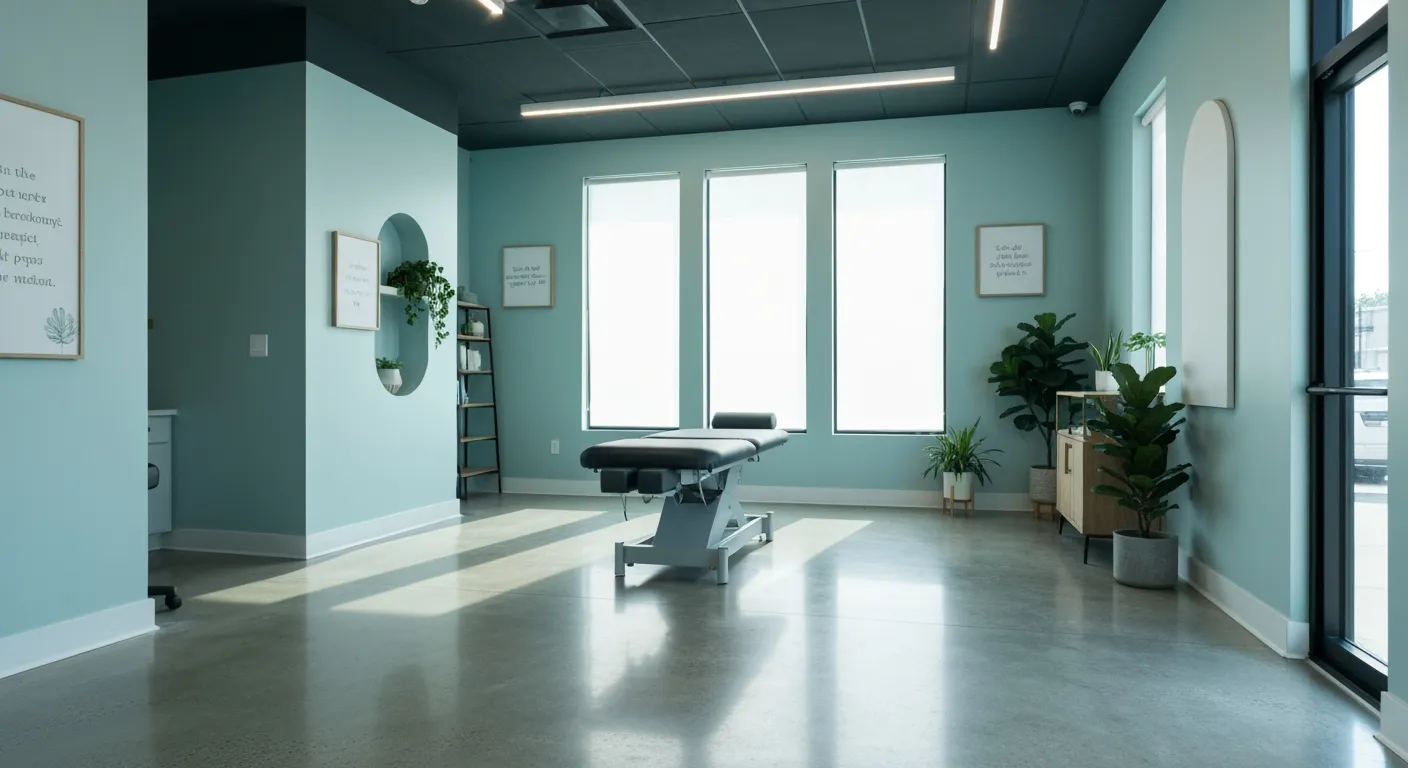
Your First Chiropractic Visit: What to Expect and How to Prepare

Patient Experiences: How Chiropractic Care Transformed Their Lives
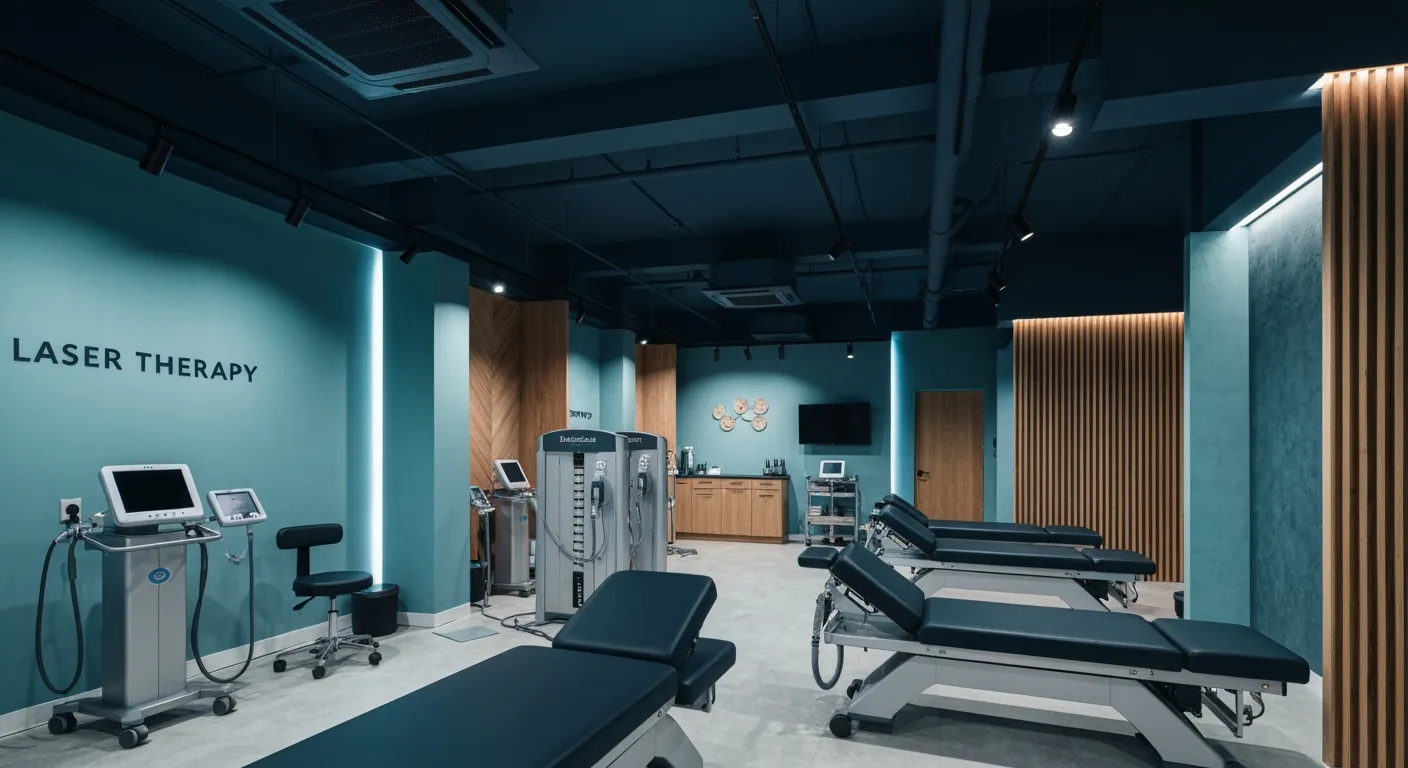
Exploring Holistic, Non-Surgical Options for Pain Management
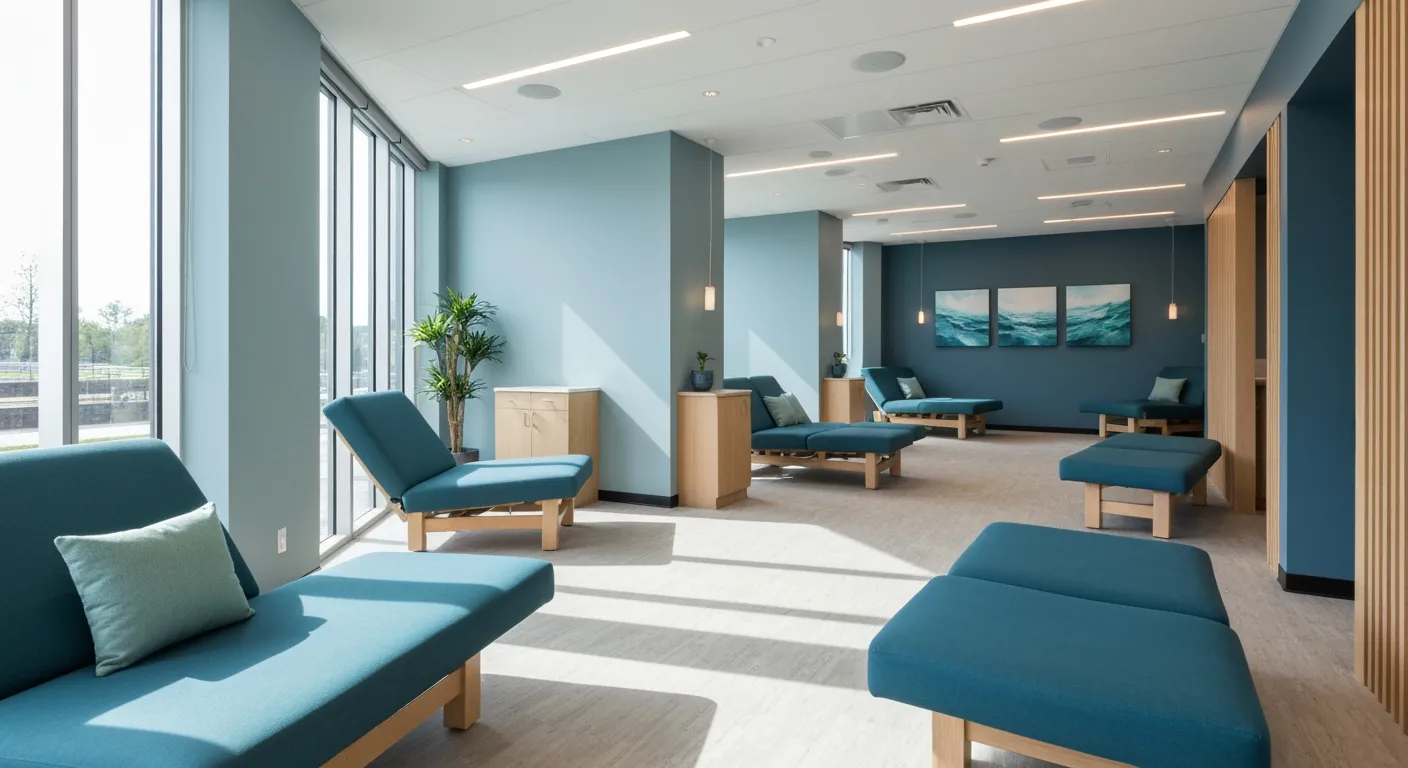
Combining Physiotherapy with Chiropractic Treatments for Enhanced Recovery
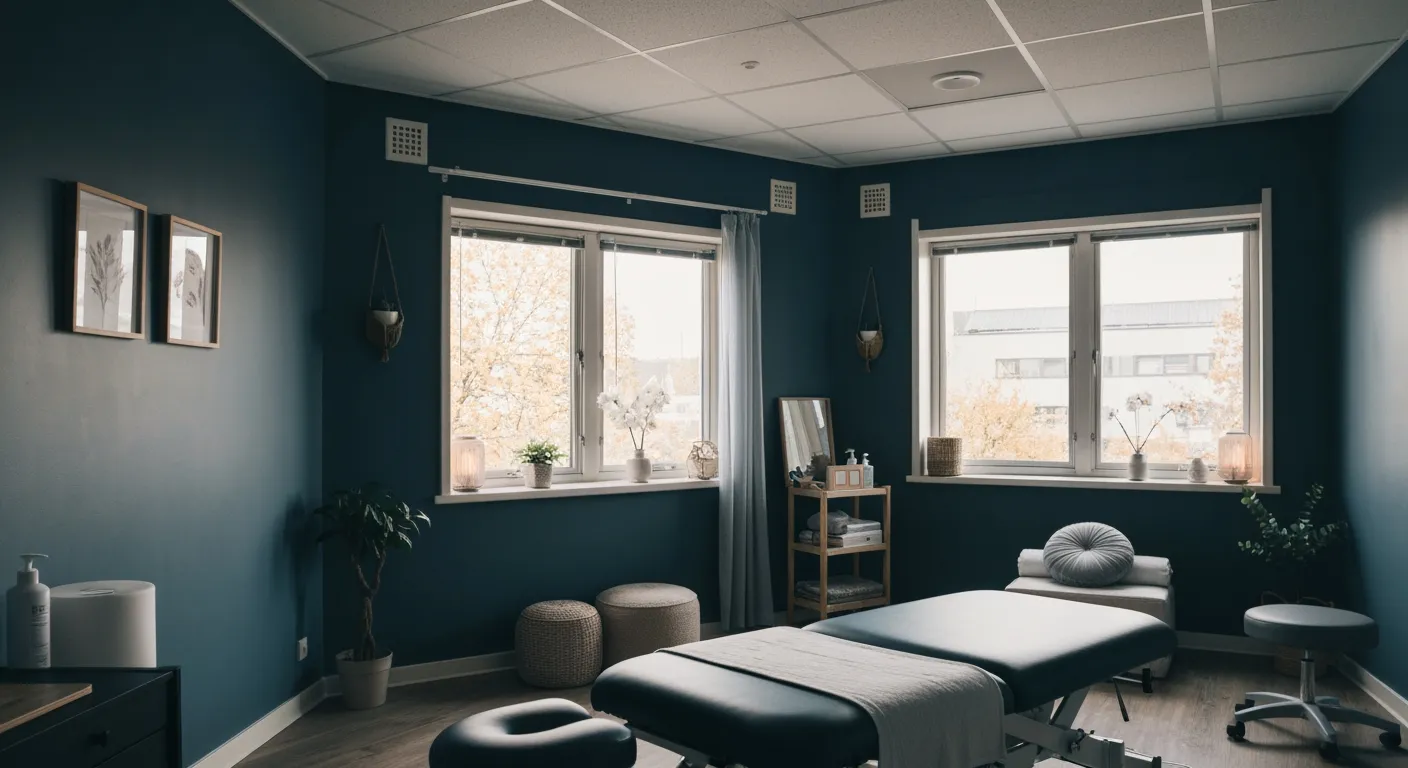
Holistic Treatments That Offer Alternatives to Surgery for Pain Relief

Corrective Exercise Strategies for Long-Term Spine Health
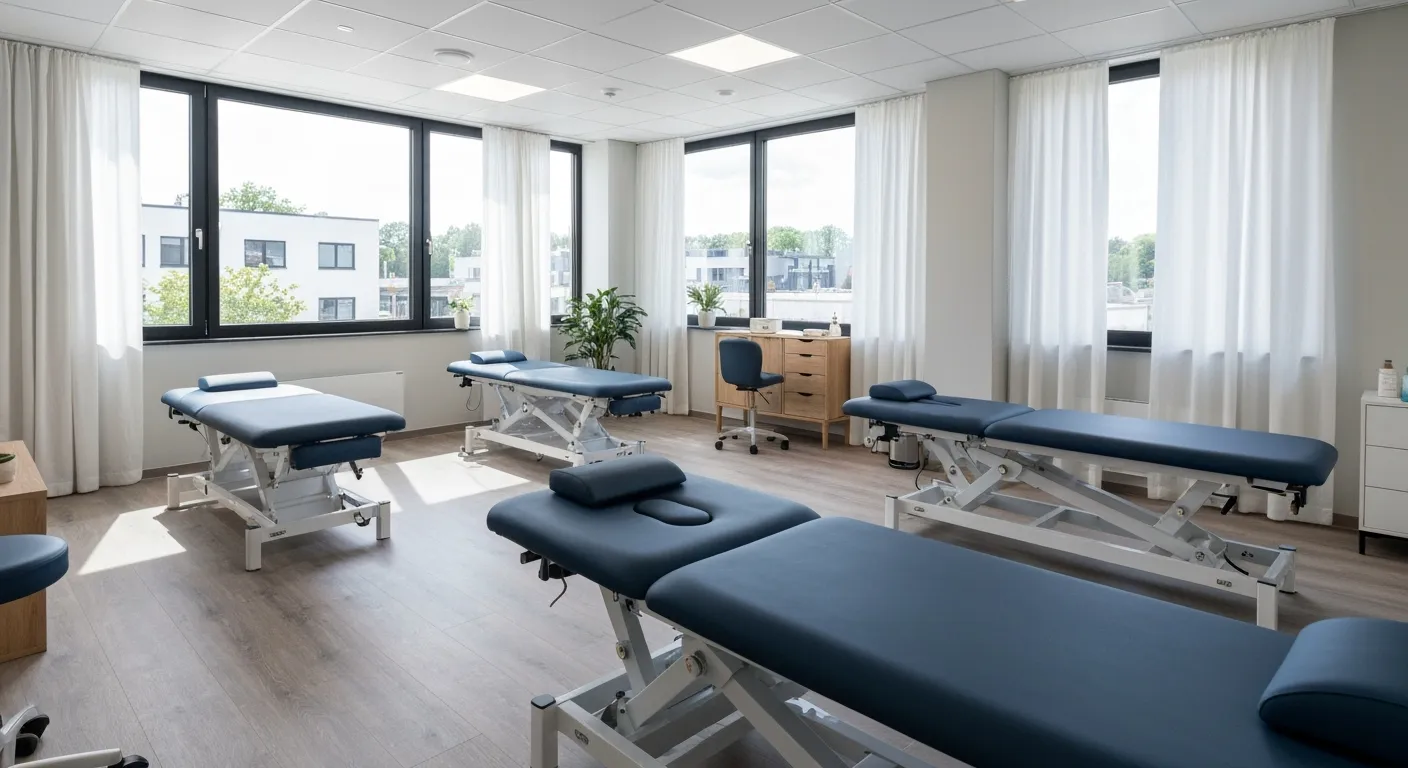
How Physiotherapy Complements Chiropractic Adjustments for Better Outcomes
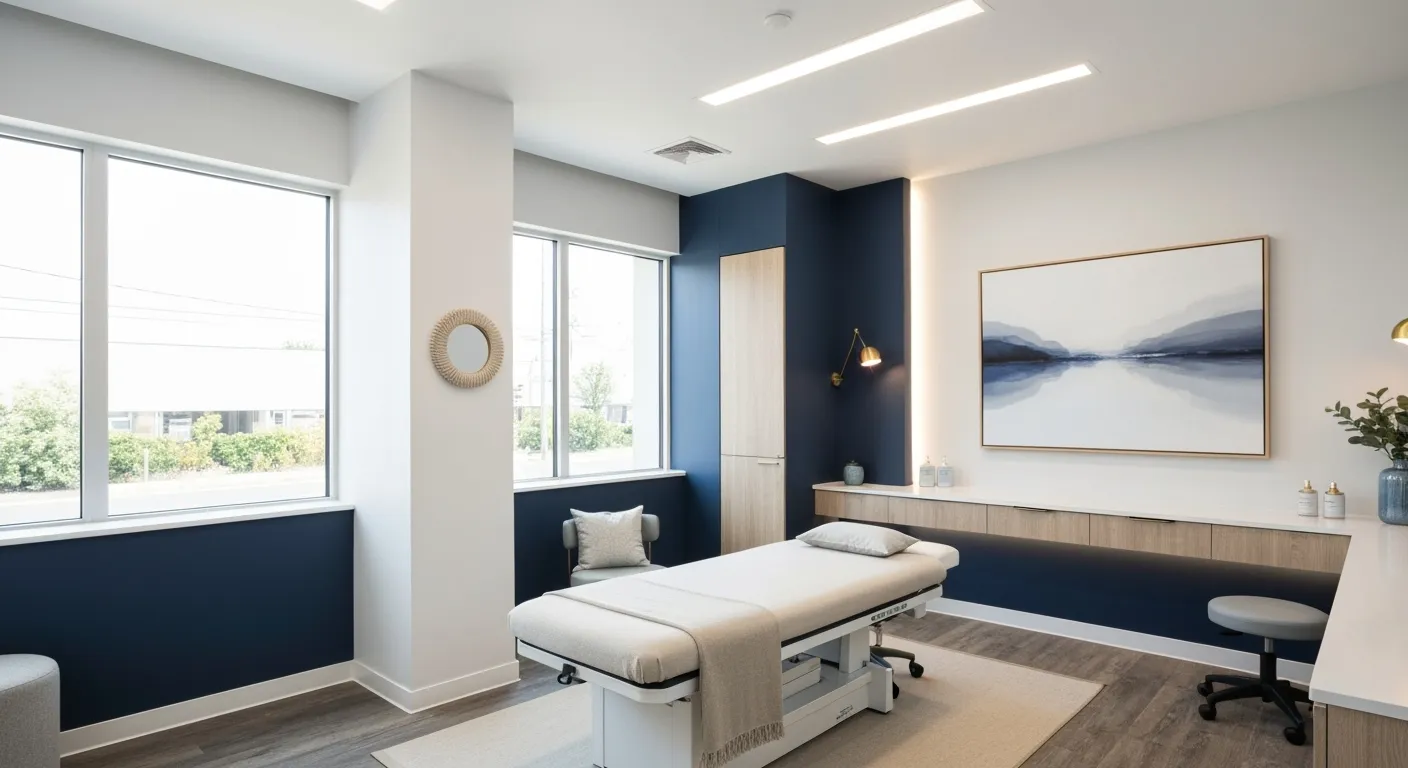
First-Time Chiropractic Visitors: What You Should Know

Understanding the Importance of Treating Pain at Its Source
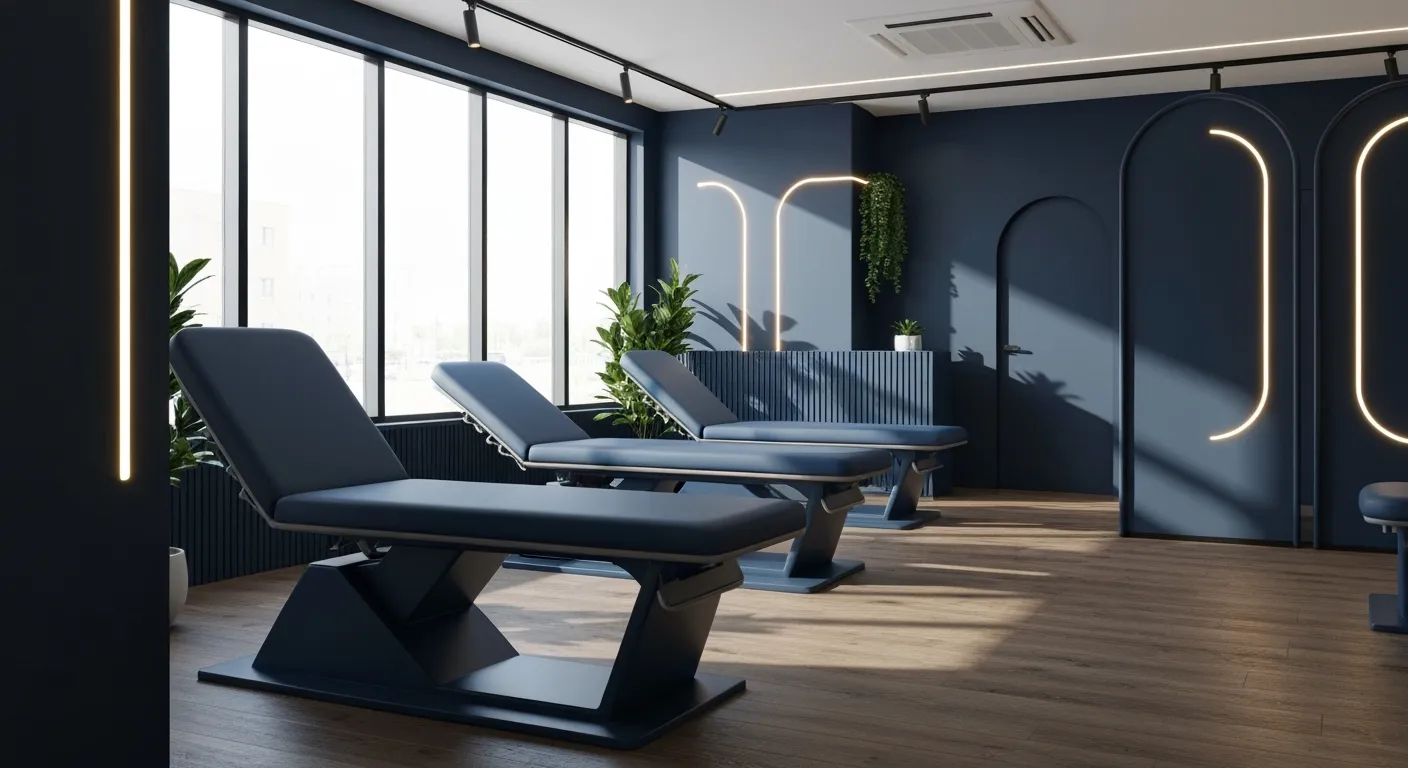
Adopting Lifestyle Changes to Support Your Spine's Wellness
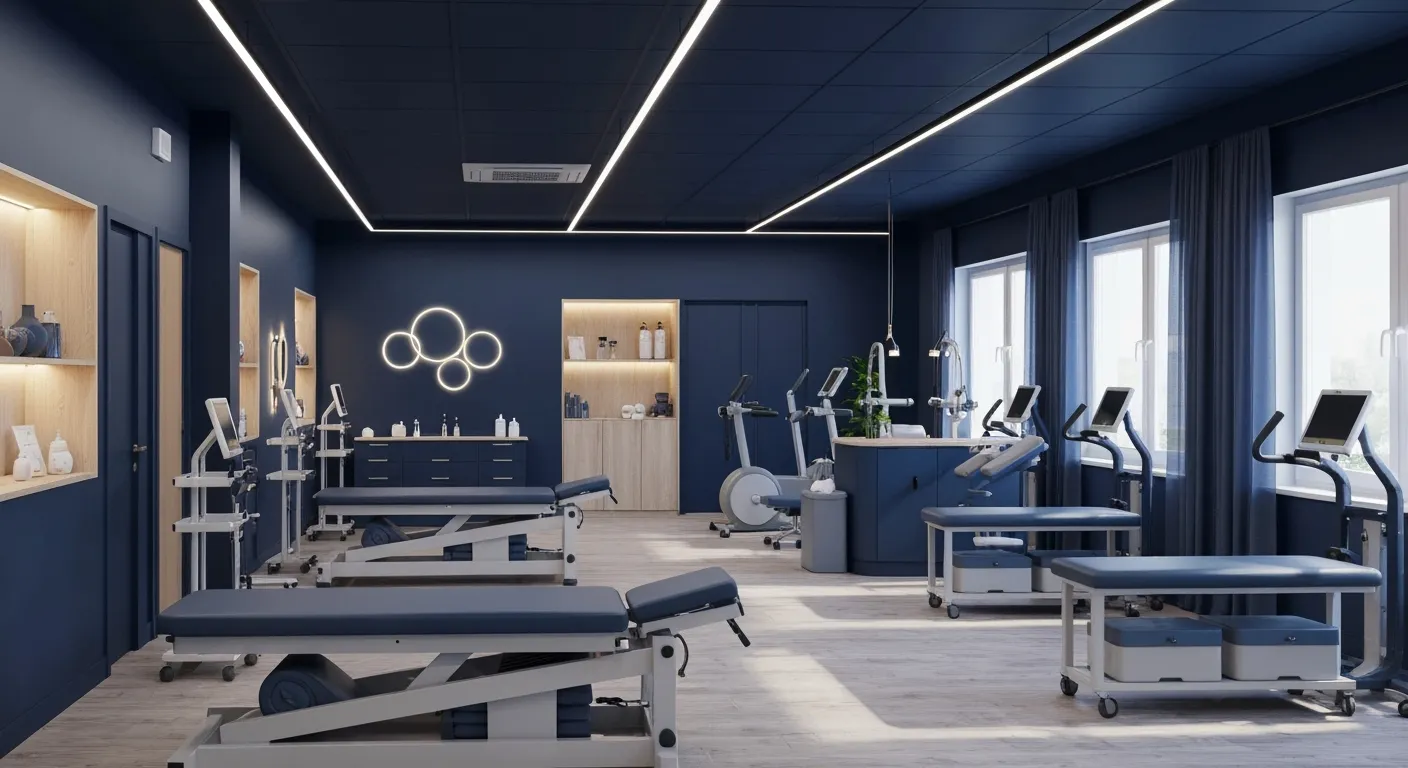
Utilizing Physiotherapy to Enhance Chiropractic Treatment Outcomes

The Key Advantages of Chiropractic Care for Back Pain Sufferers

Why Focusing on Root Causes Improves Pain Treatment Success

Corrective Exercises That Promote Lasting Pain Relief and Mobility
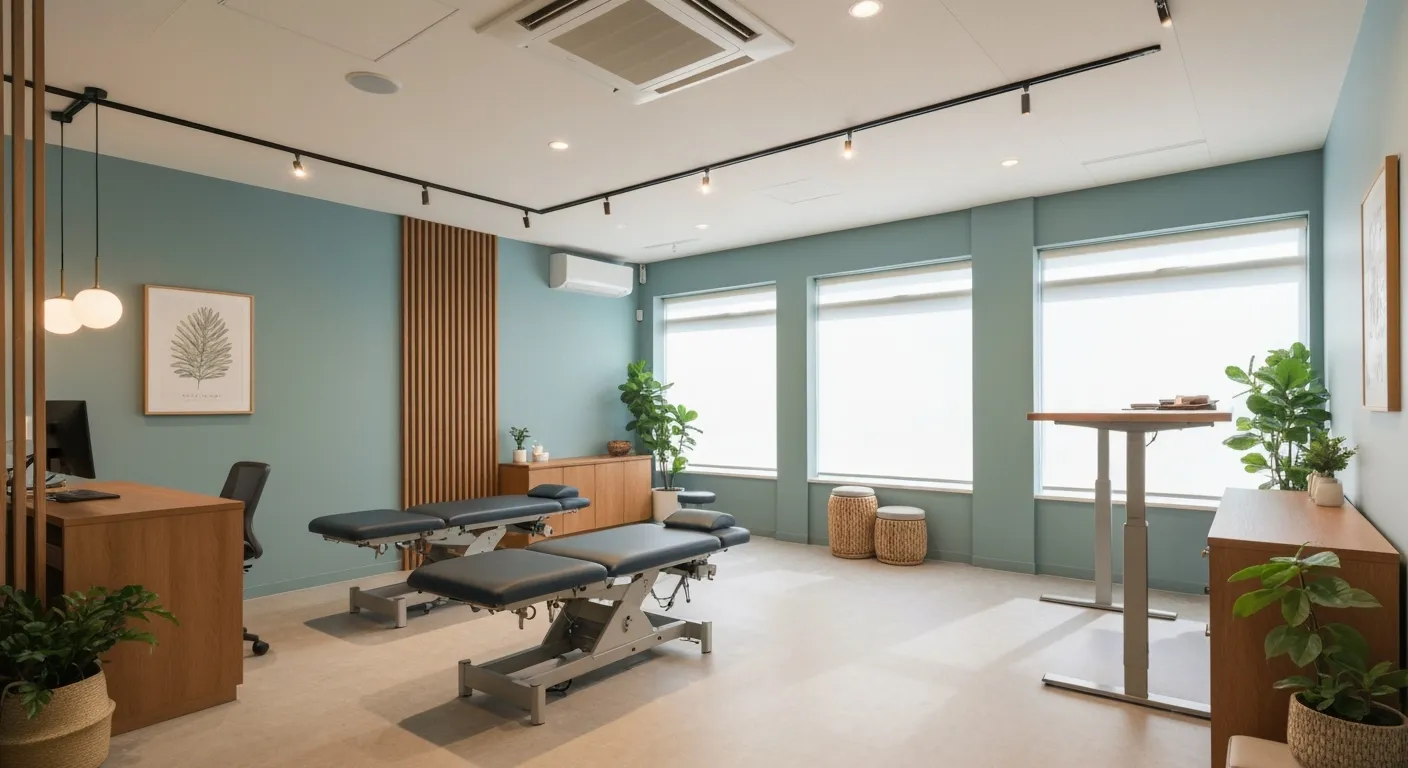
Sciatica Relief Through Targeted Spinal Decompression Techniques
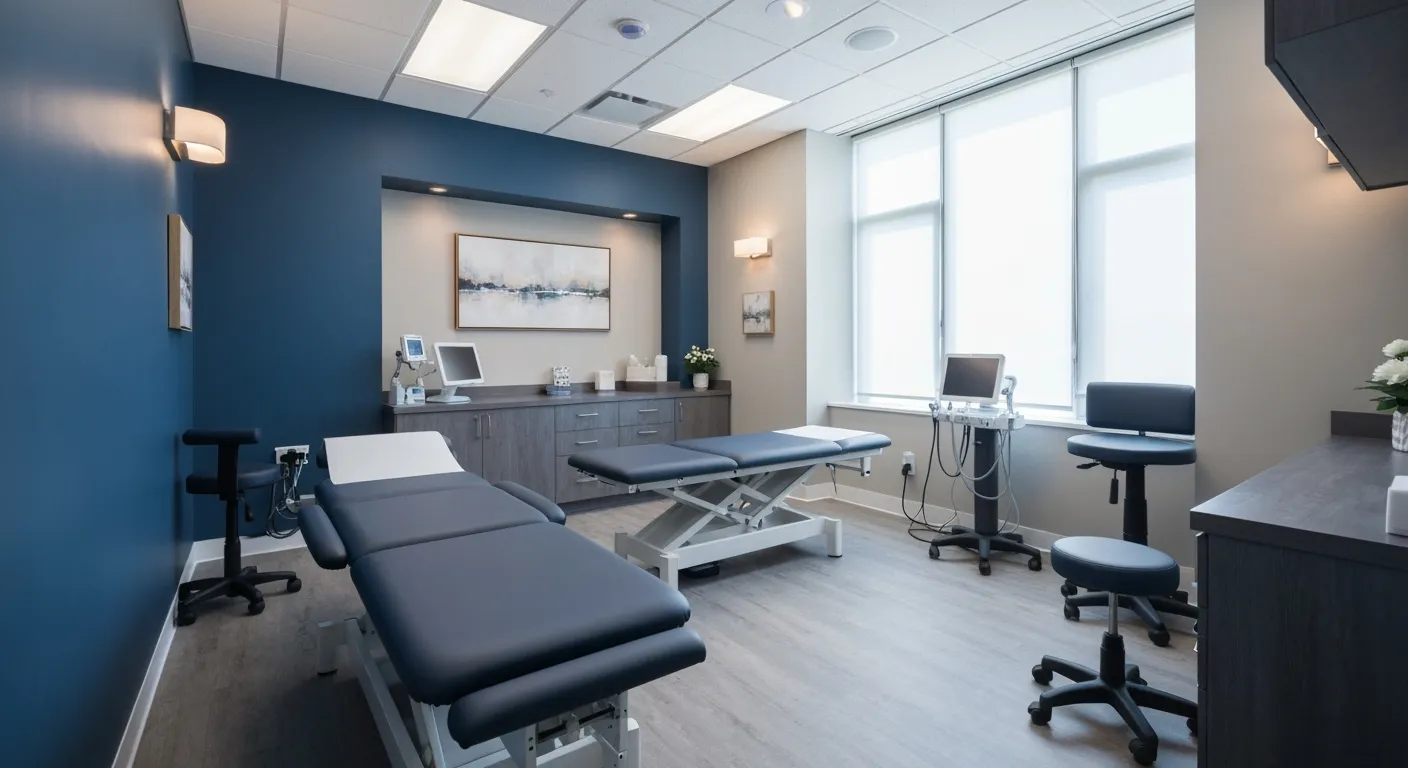
Preparing for Your First Chiropractic Appointment with Confidence
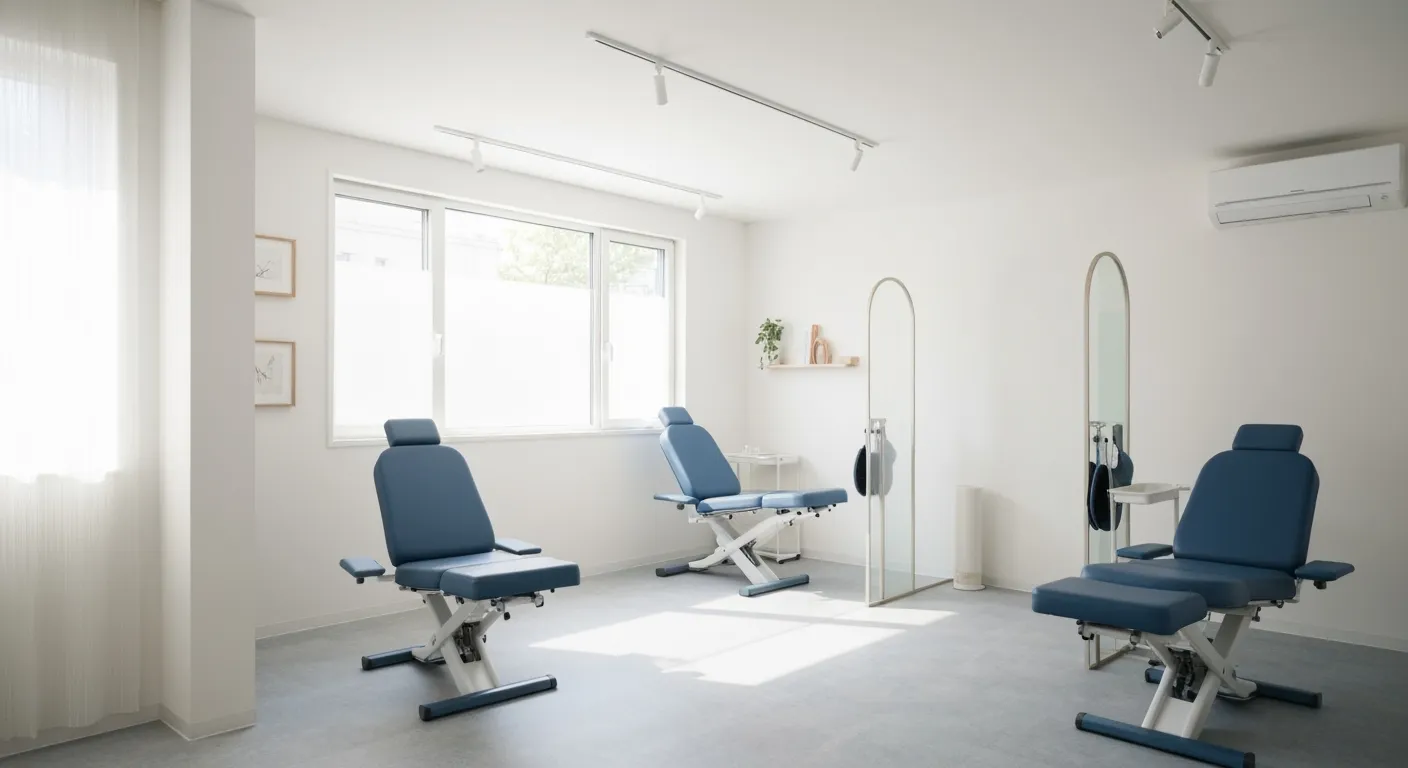
Healthy Lifestyle Habits for Maintaining Spinal Alignment

Success Stories Highlighting Chiropractic's Role in Pain Recovery

Top Benefits of Chiropractic Care for Chronic Back Pain
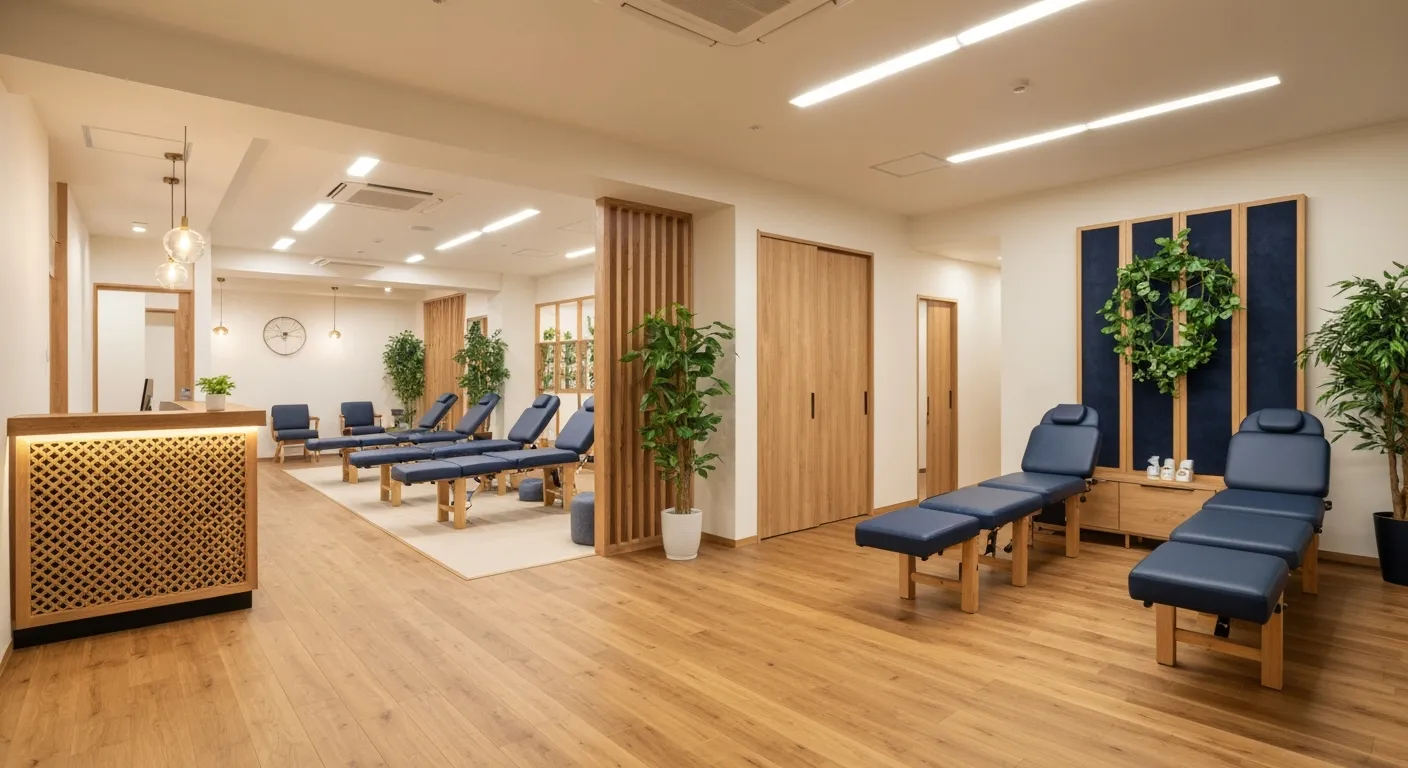
Nutrition Tips to Boost Your Overall Wellness and Recovery

How Chiropractic Care Alleviates Back Pain Naturally
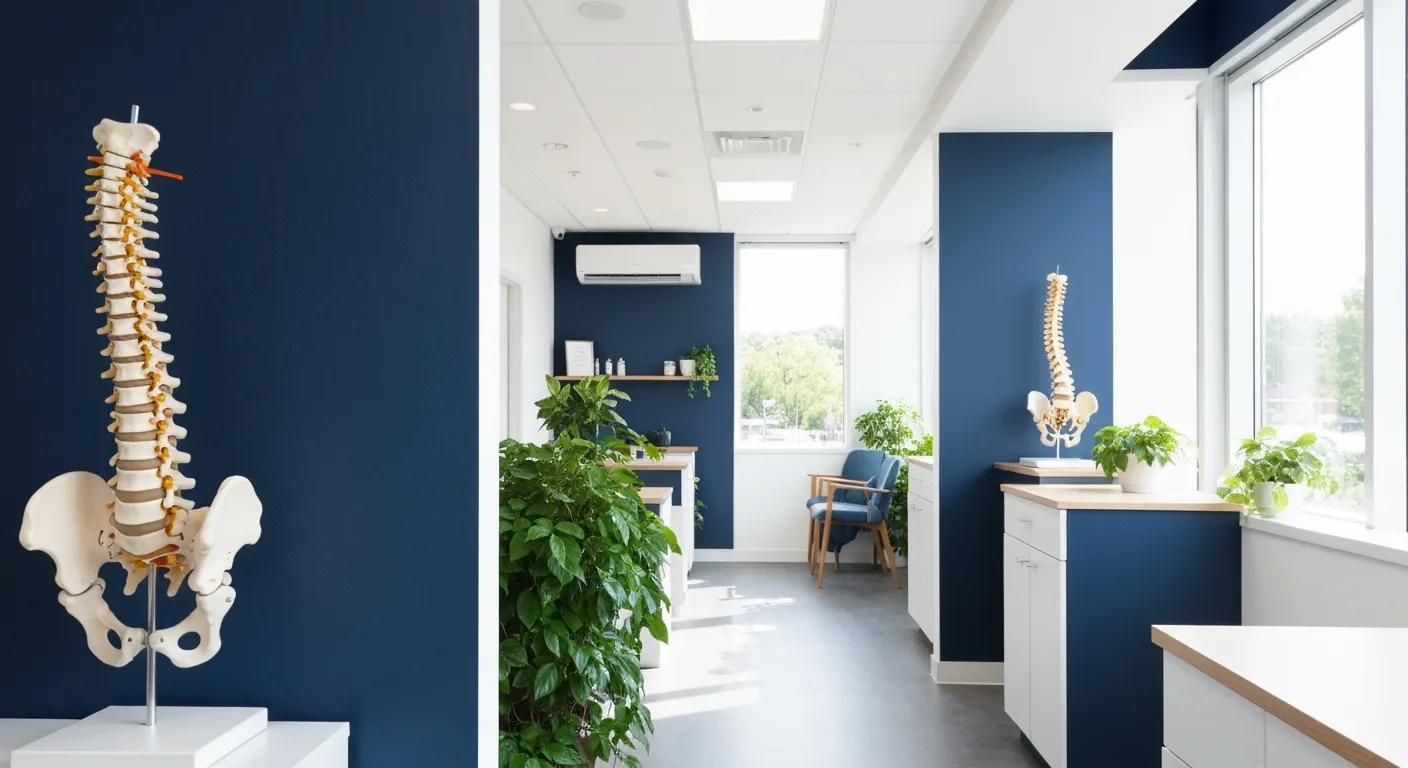
How Nutritional Counseling Supports Overall Wellness and Spine Health
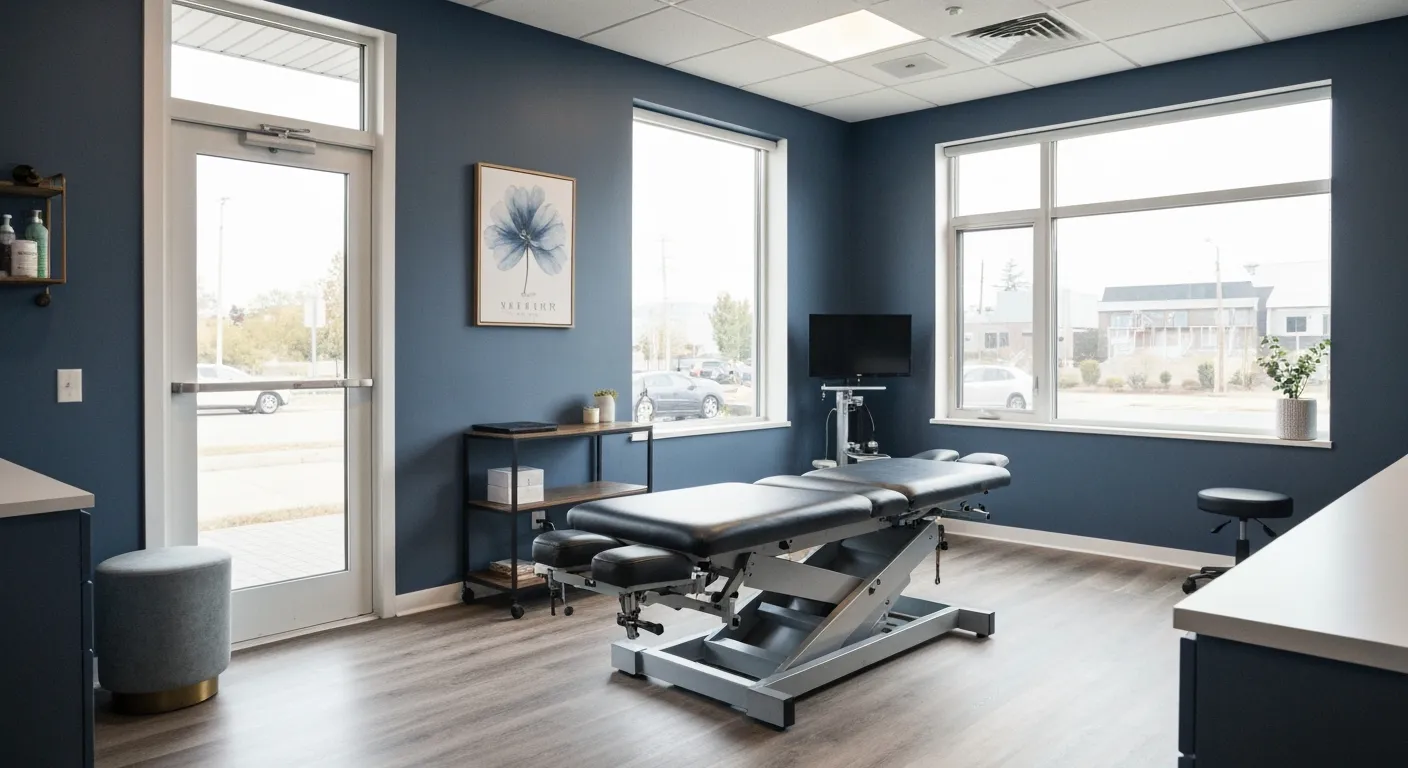
Step-by-Step Guide to Your First Visit with a Chiropractor
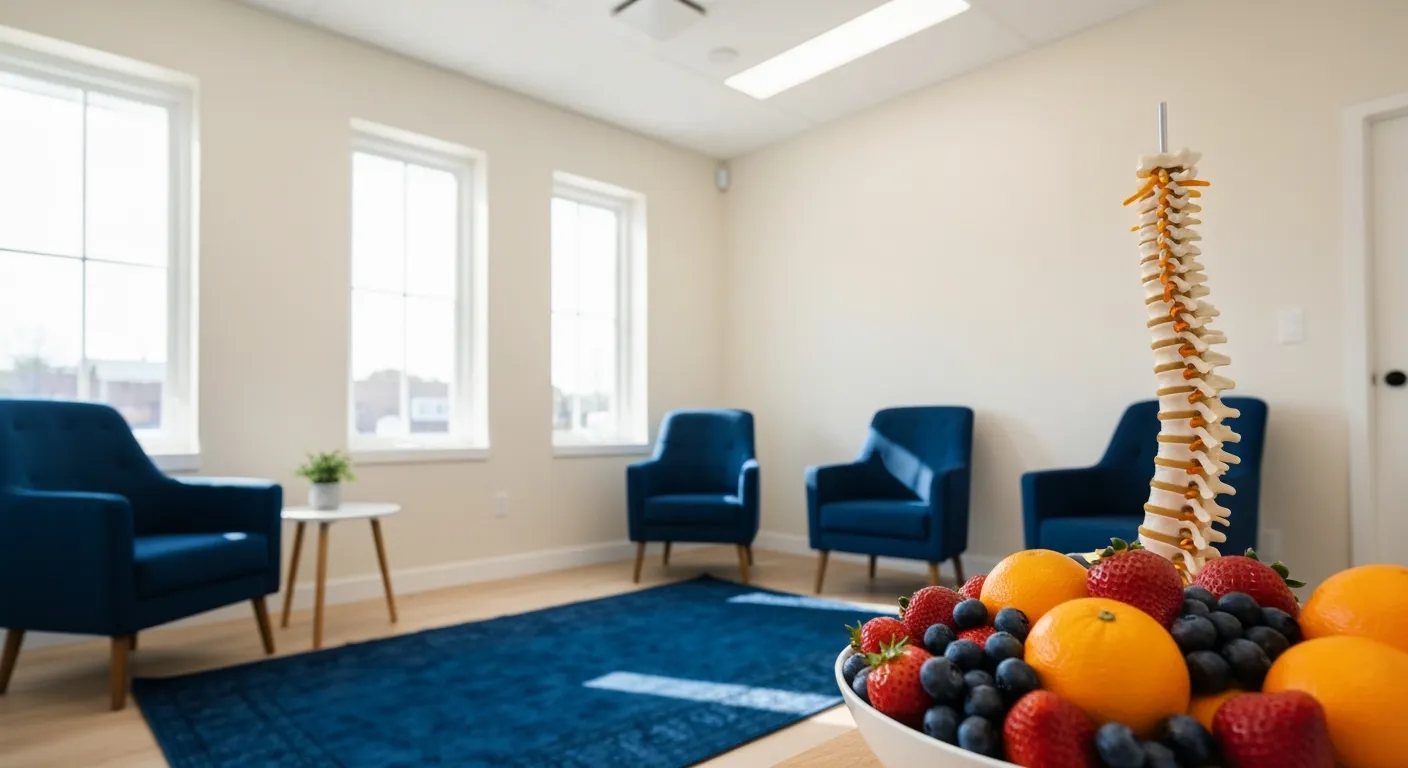
Using Nutrition to Support Chiropractic and Overall Wellness

Integrating Physiotherapy in Your Chiropractic Healing Journey

How Physiotherapy Complements Chiropractic Adjustments for Faster Healing
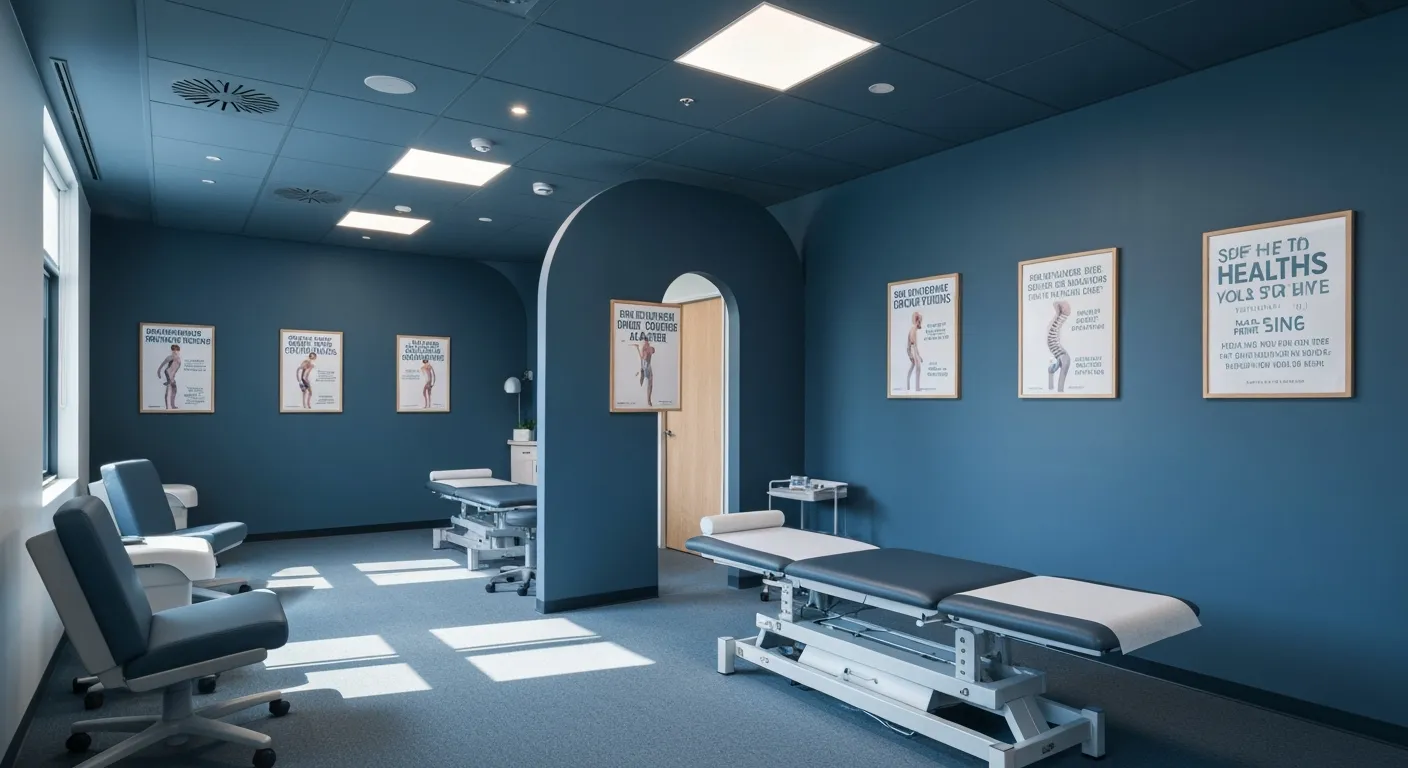
Lifestyle Tips for Maintaining a Healthy Spine and Preventing Back Pain
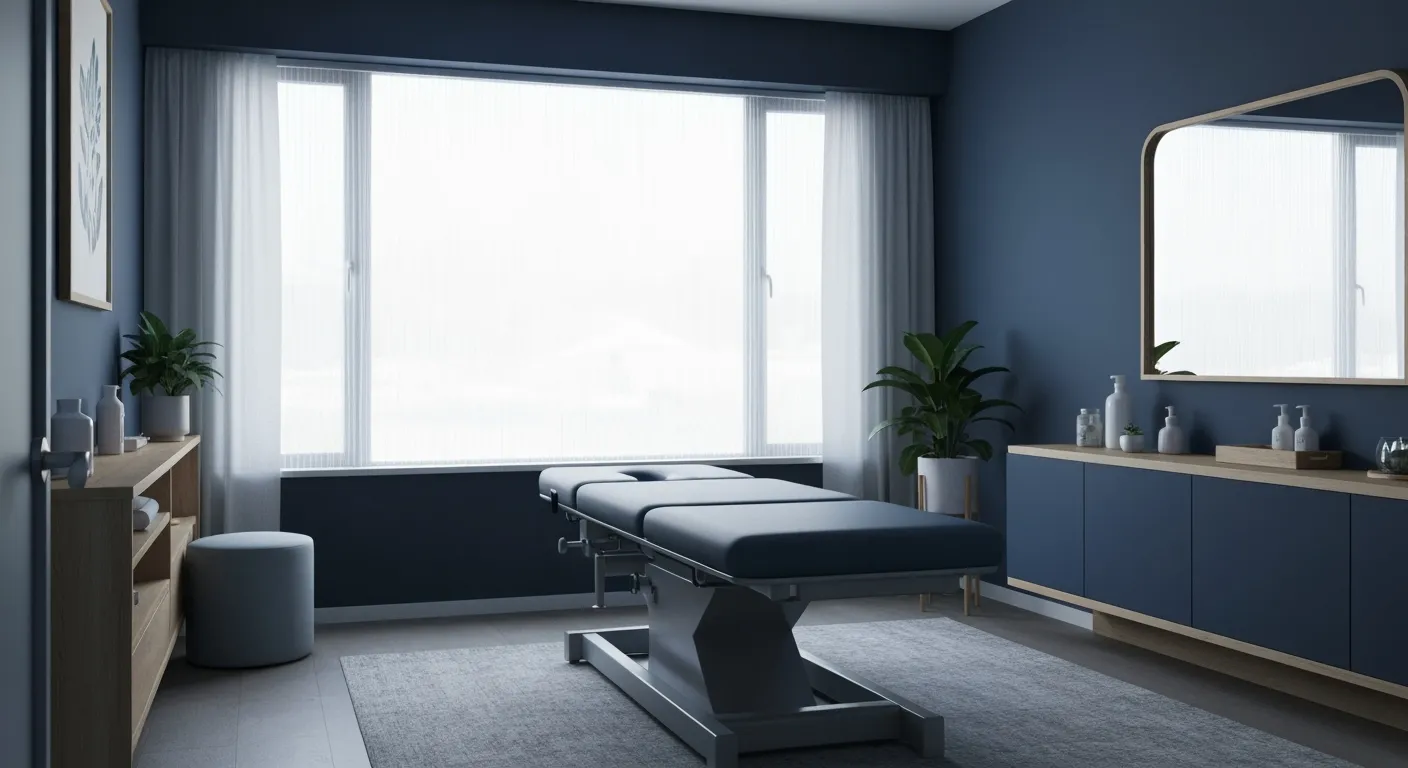
Heartwarming Patient Testimonials Highlighting Chiropractic Success

How Proper Nutrition Supports Chiropractic and Physiotherapy Treatments
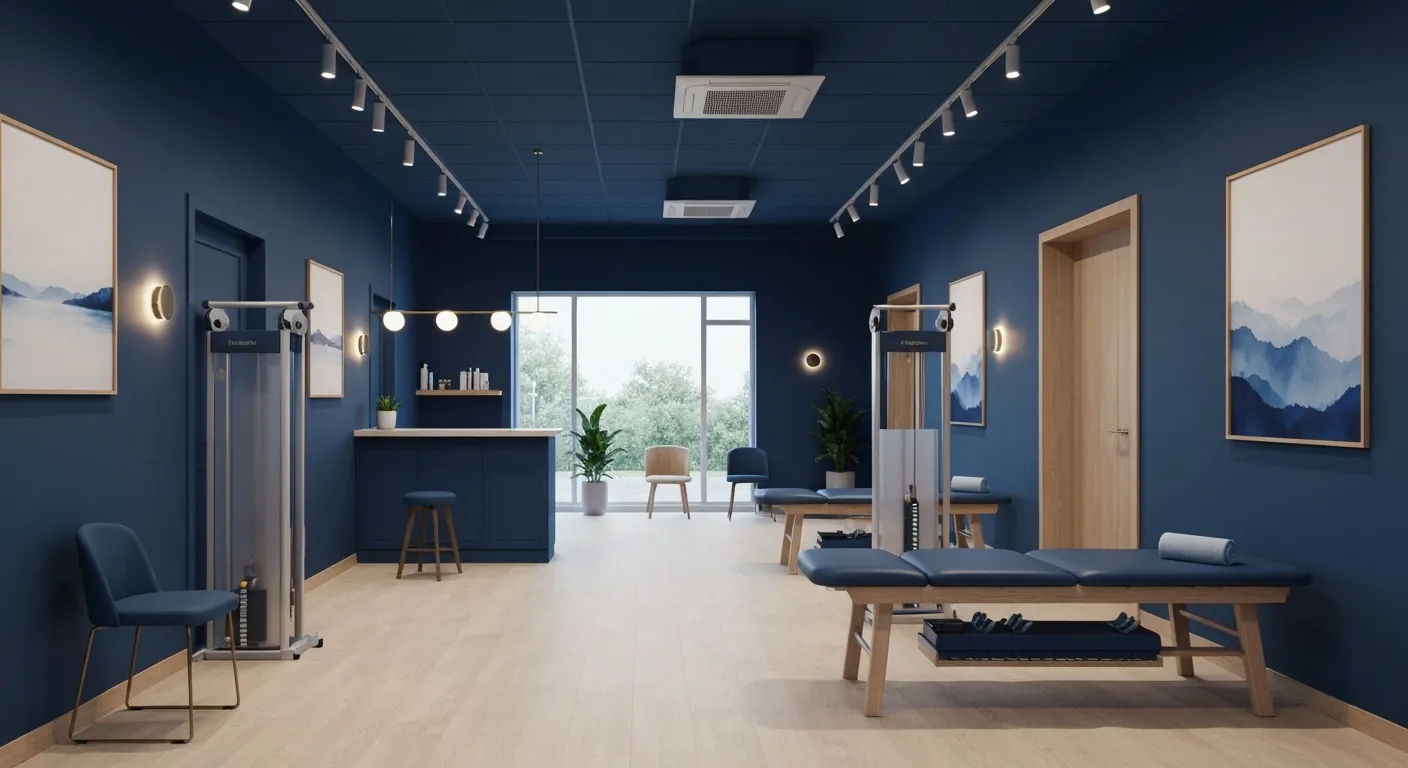
Combining Physiotherapy and Chiropractic Treatments for Optimal Recovery
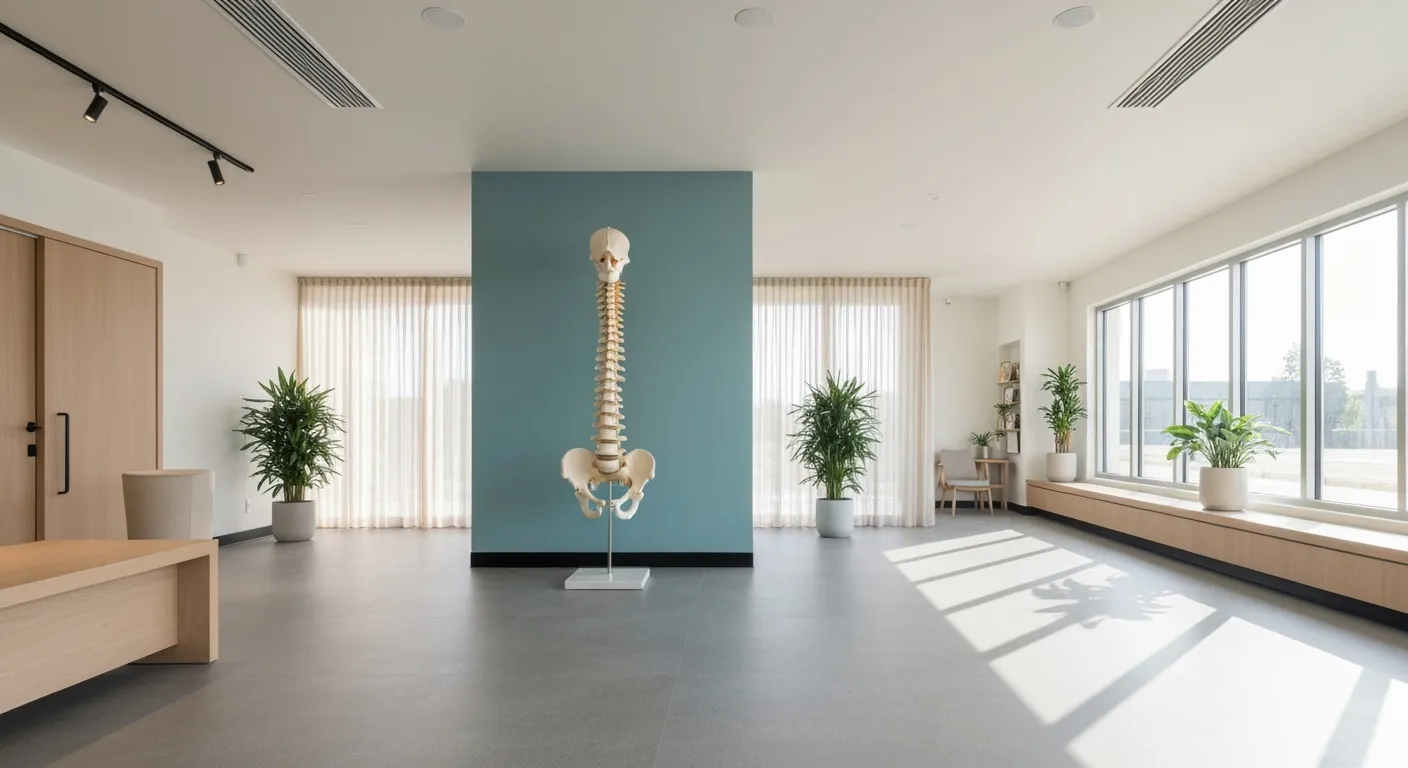
Why Chiropractic Treatments Are Effective for Managing Back Pain
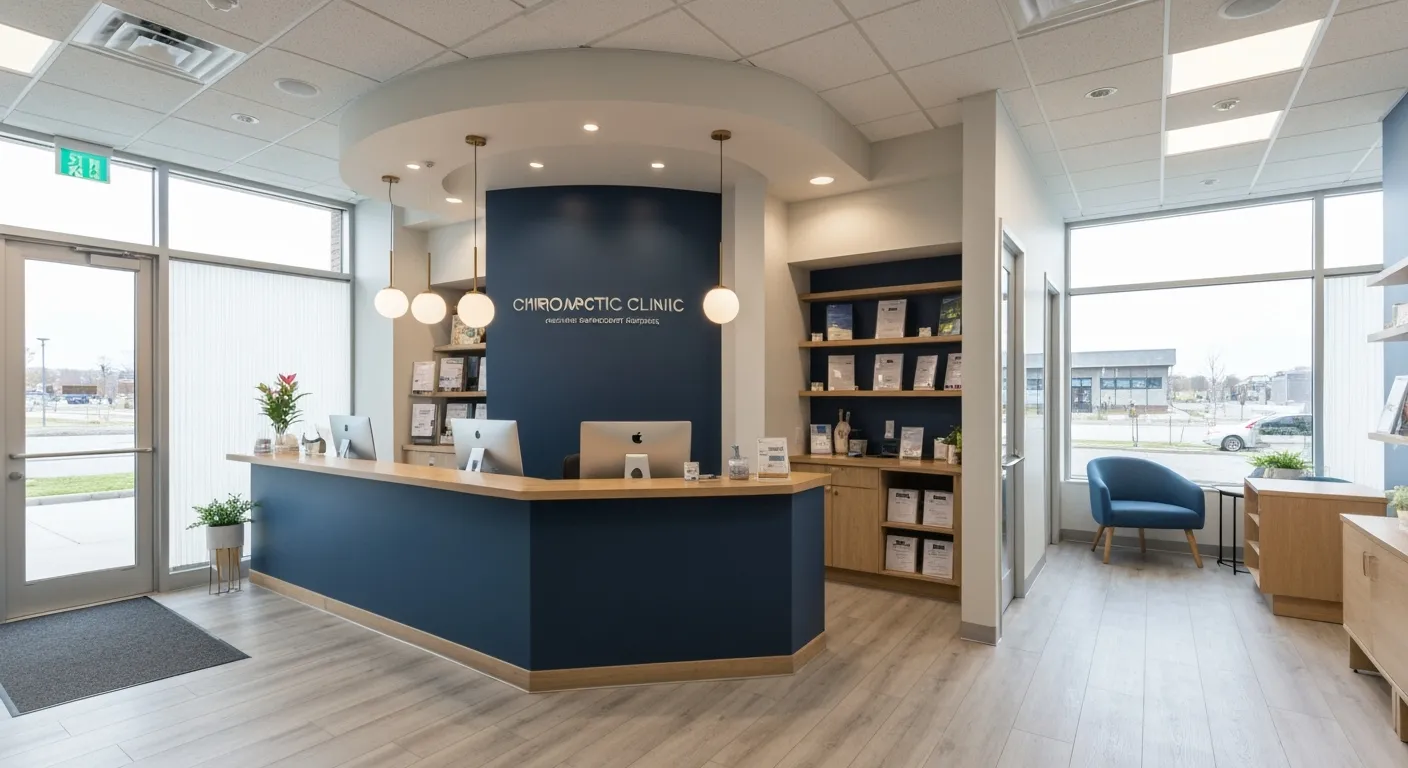
Choosing a Chiropractor: Tips for Finding a Trusted Provider
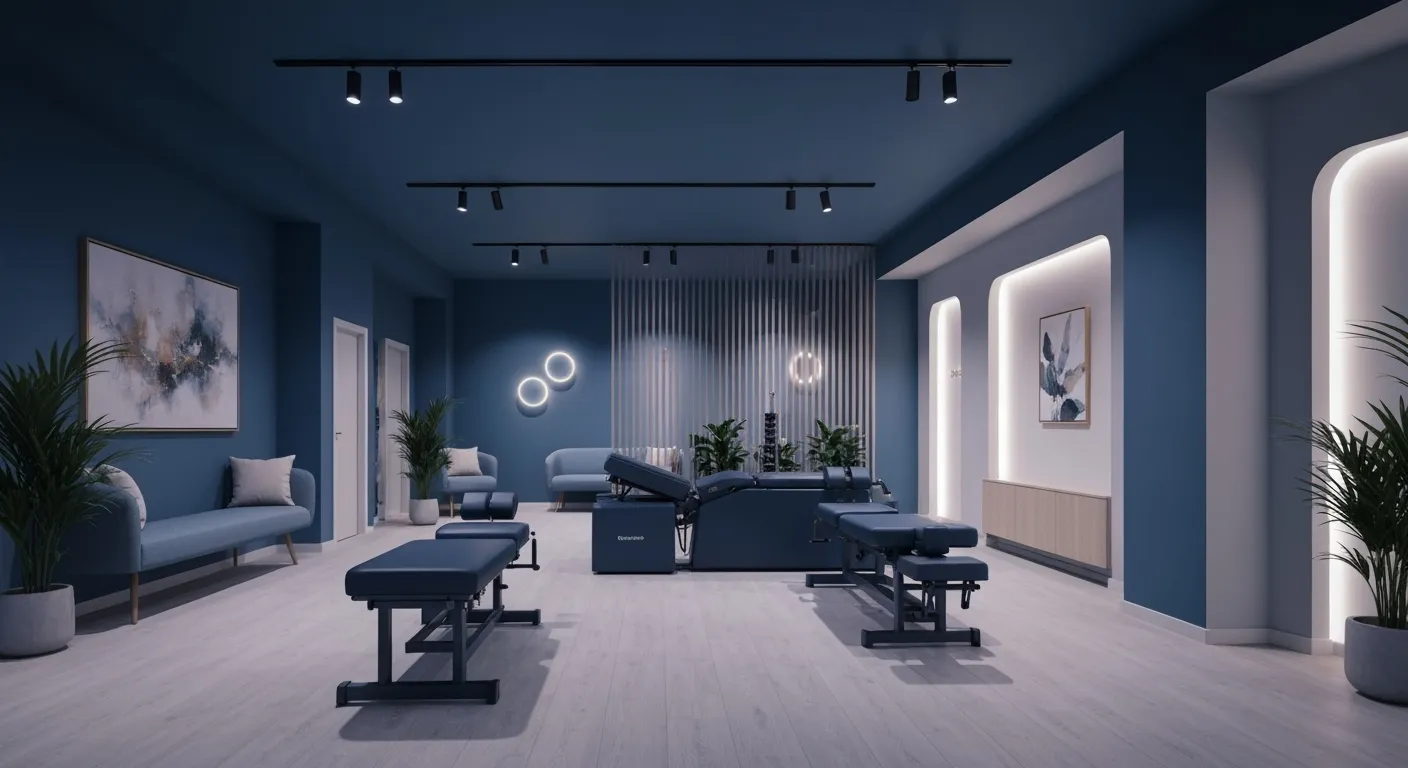
Integrating Physiotherapy and Chiropractic: Benefits and What to Expect

How Tailored Corrective Exercises Can Aid in Pain Management
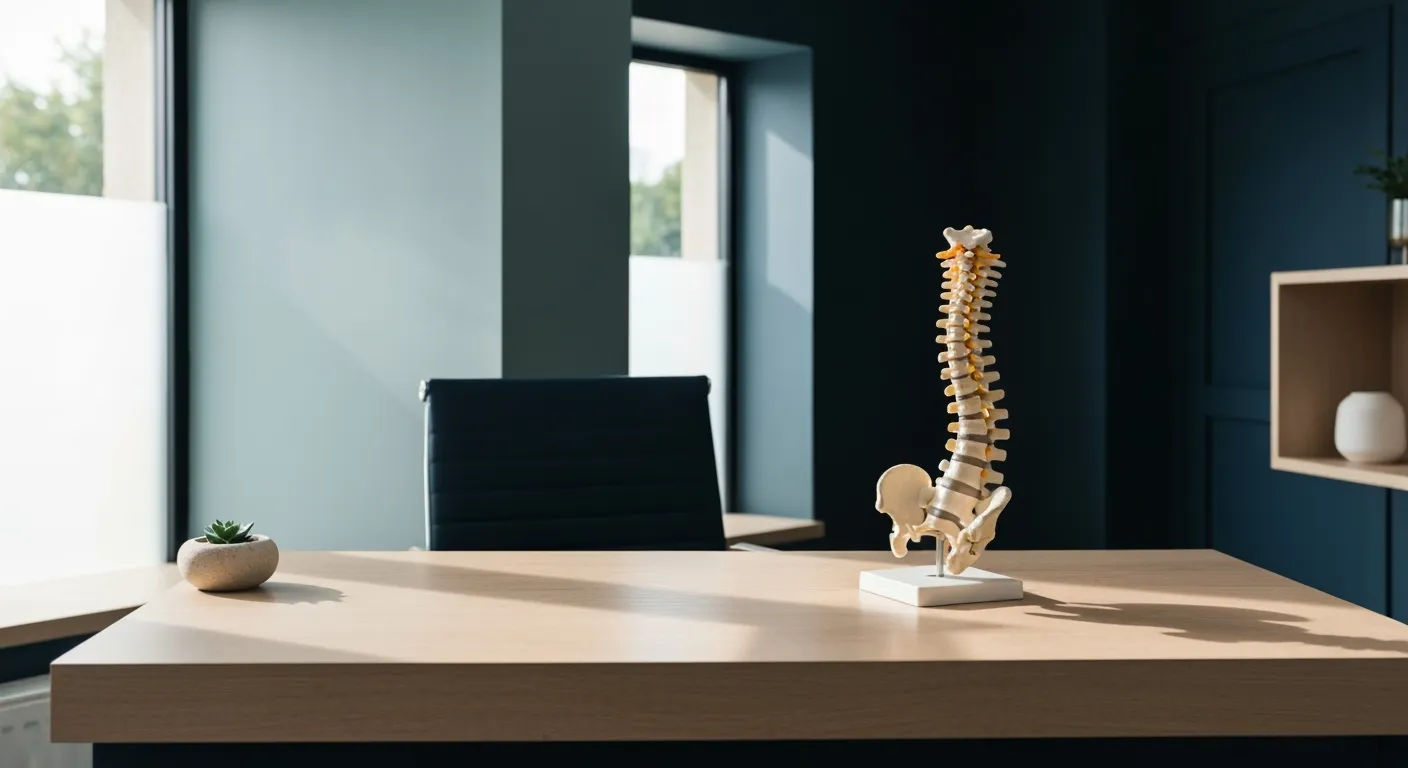
Chiropractic Care: A Proven Solution for Alleviating Back Pain

What to Expect at Your First Chiropractic Visit: A Comprehensive Guide

The Importance of Root Cause Analysis in Effective Pain Management
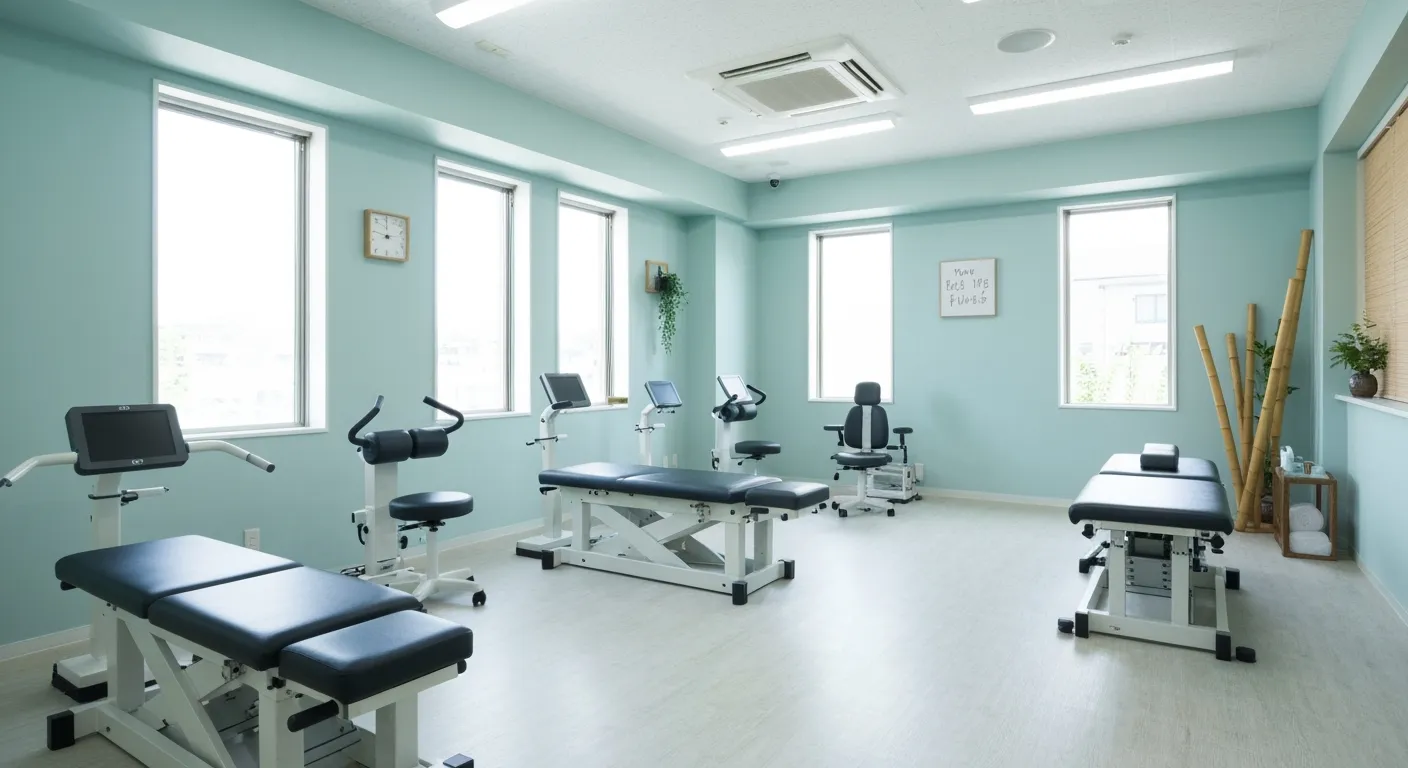
The Role of Corrective Exercises in Sustaining Pain-Free Living

Combining Chiropractic and Physiotherapy for Comprehensive Pain Relief
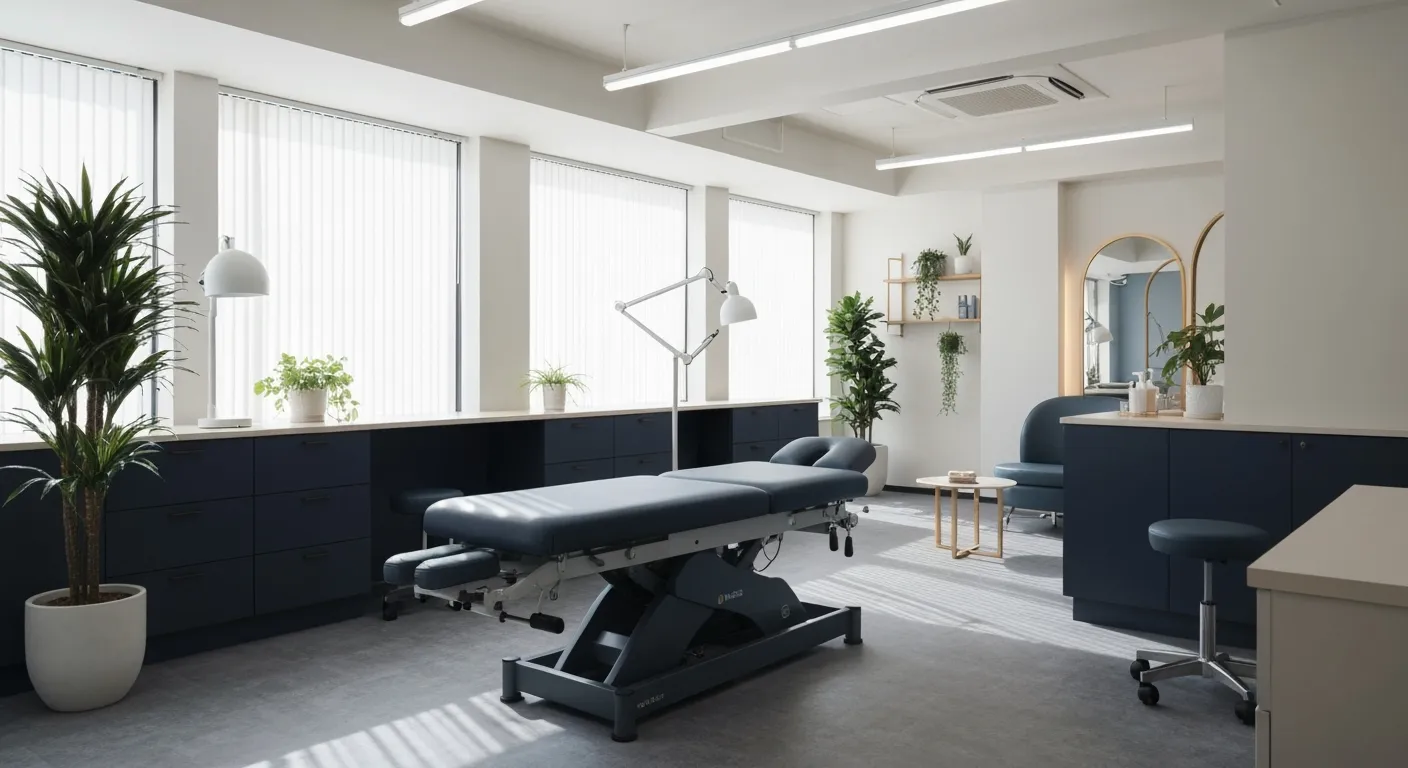
How Addressing Underlying Causes Improves Pain Treatment Effectiveness
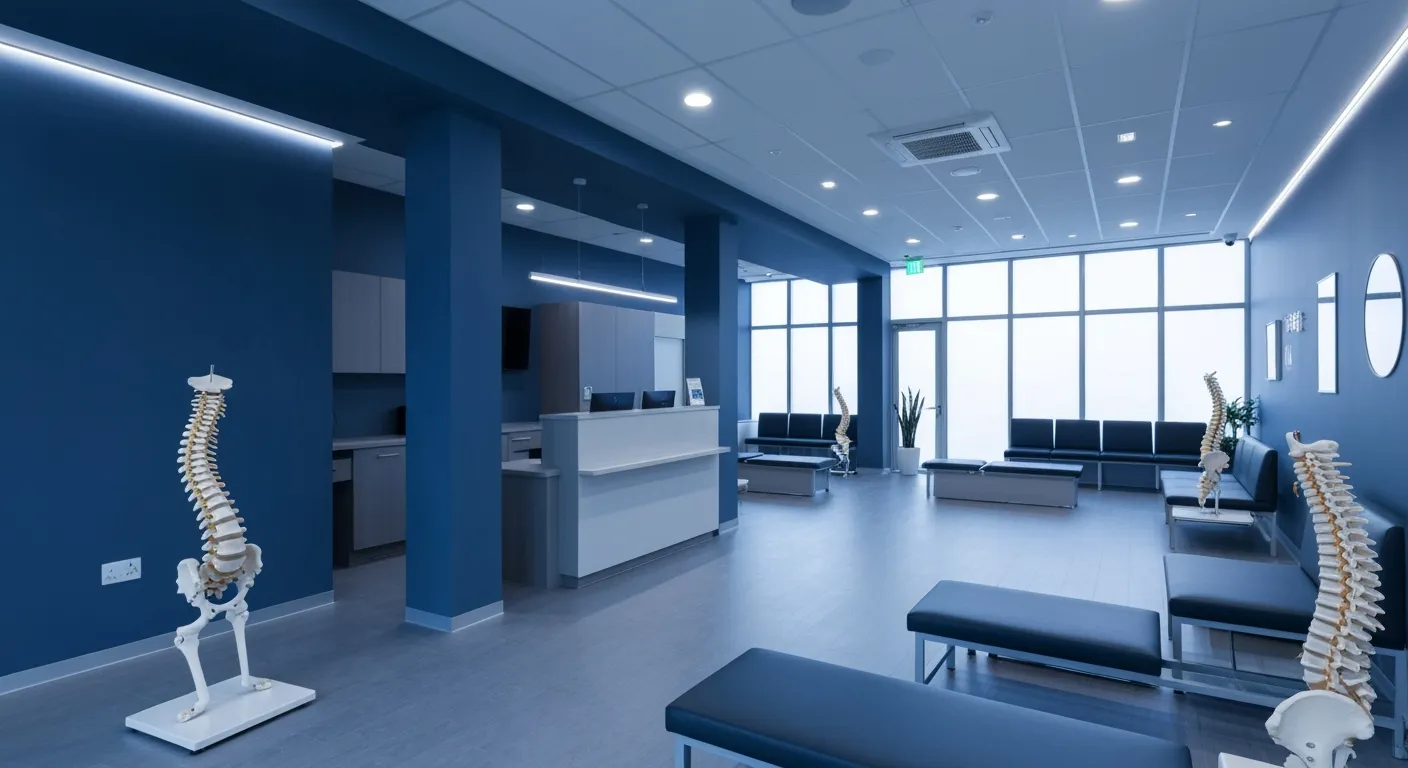
Maintaining Spinal Health Through Lifestyle Changes and Preventive Care
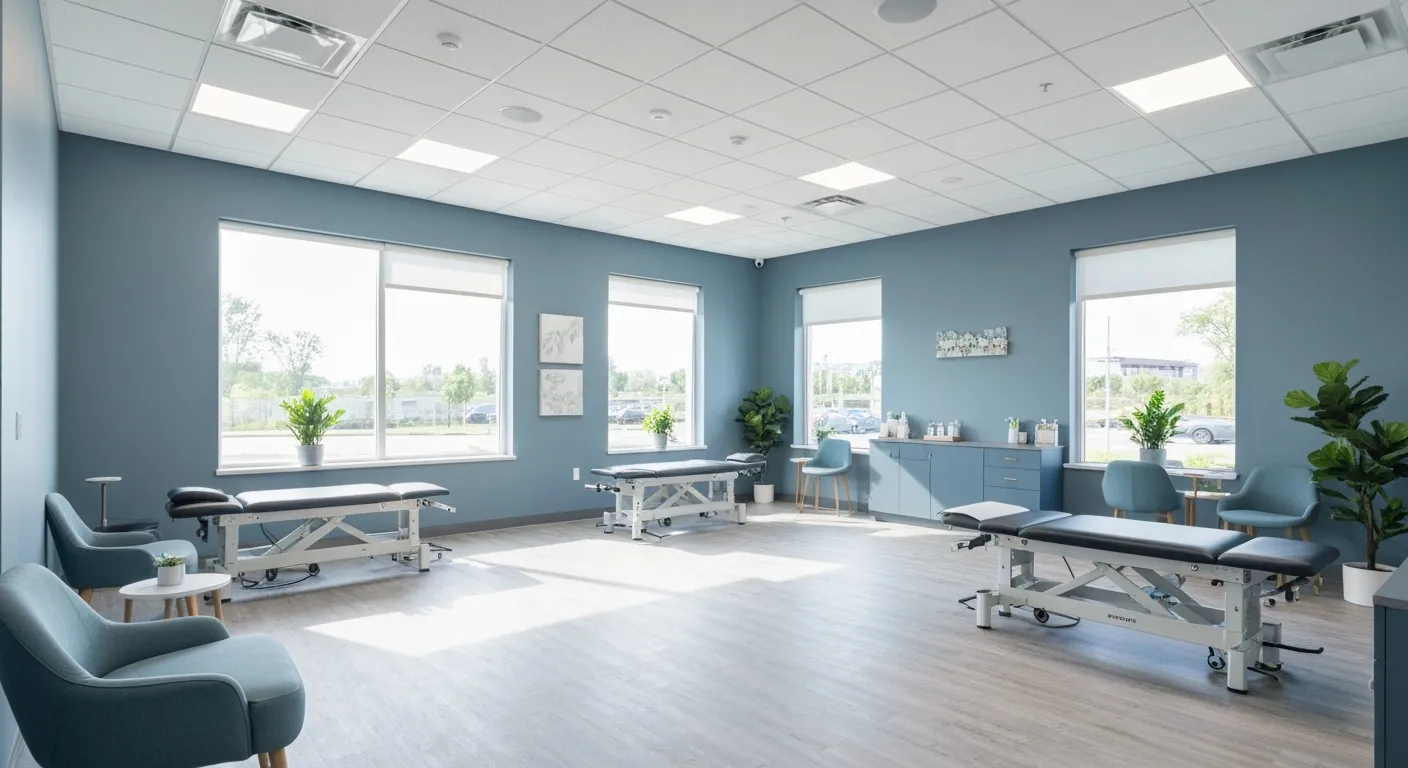
Understanding the Benefits of Chiropractic Adjustments for Back Pain Sufferers

Spinal Decompression Therapy: A New Hope for Sciatica Relief

Lifestyle Recommendations to Support a Healthy Spine and Reduce Pain
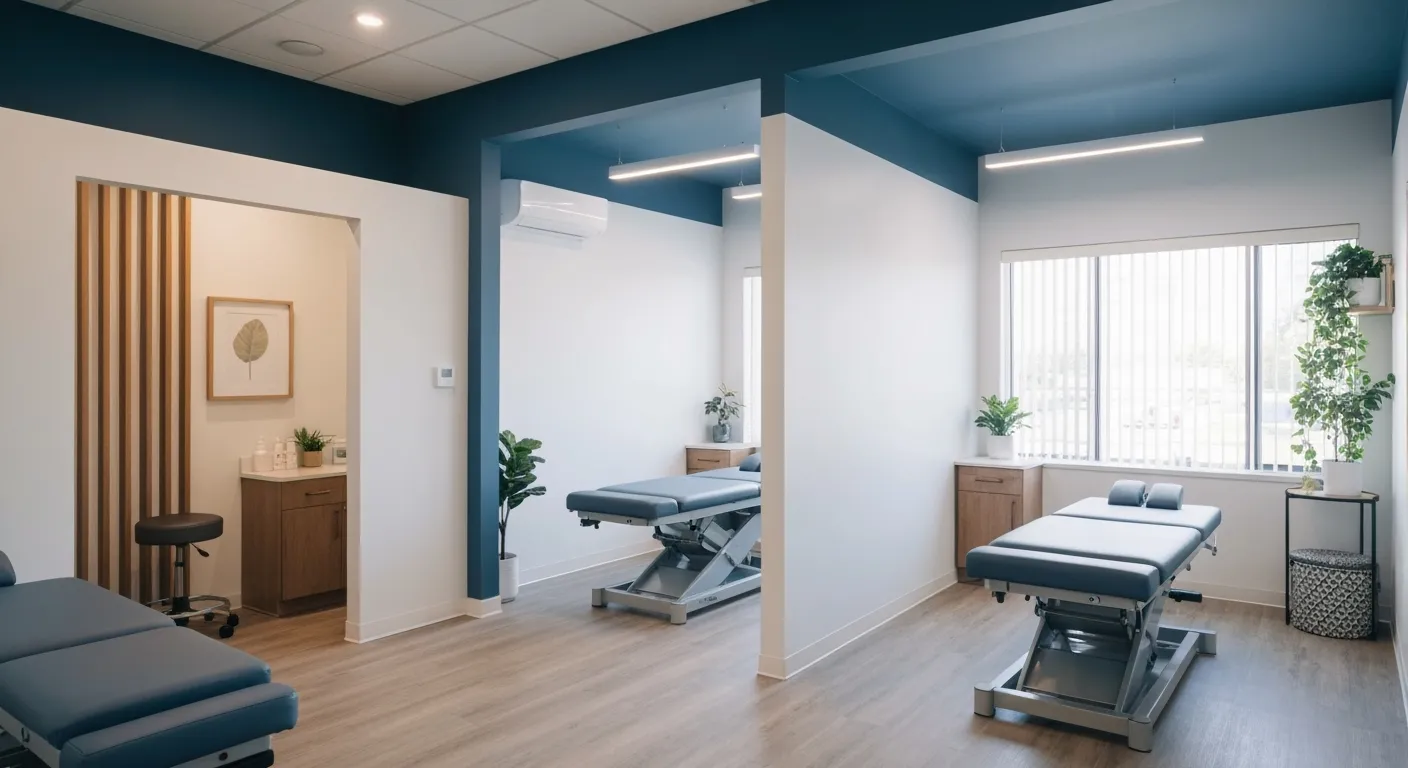
Choosing the Right Chiropractor: Key Factors to Consider Before Your First Appointment
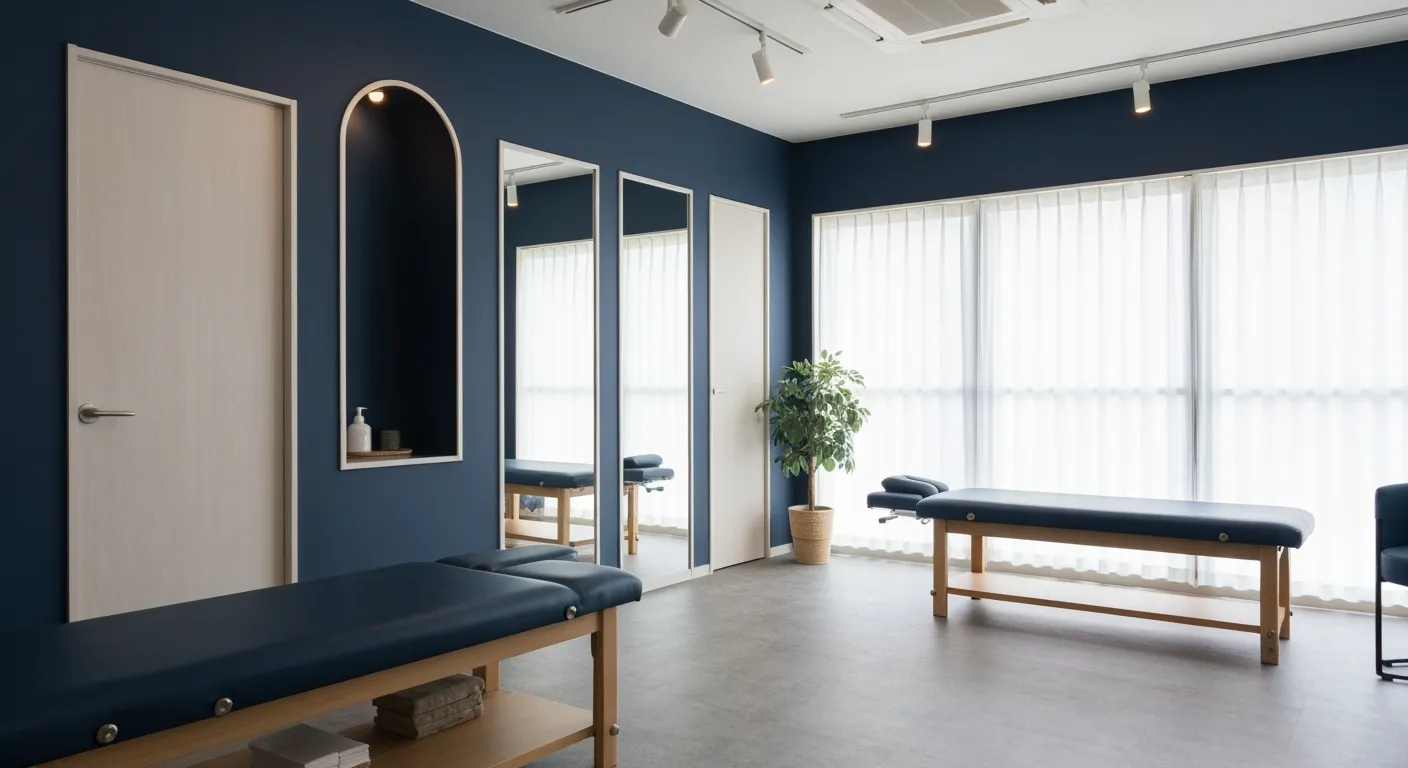
Non-Invasive Treatment Alternatives: A Holistic Approach to Pain Relief

Corrective Exercises to Support Long-Term Relief from Chronic Pain

Exploring Non-Surgical Approaches to Spine Health and Wellness

Tips for Daily Habits That Keep Your Spine Strong

Success Stories: How Chiropractic Treatments Changed Lives

Why Focusing on the Root Cause of Pain Leads to Better Outcomes
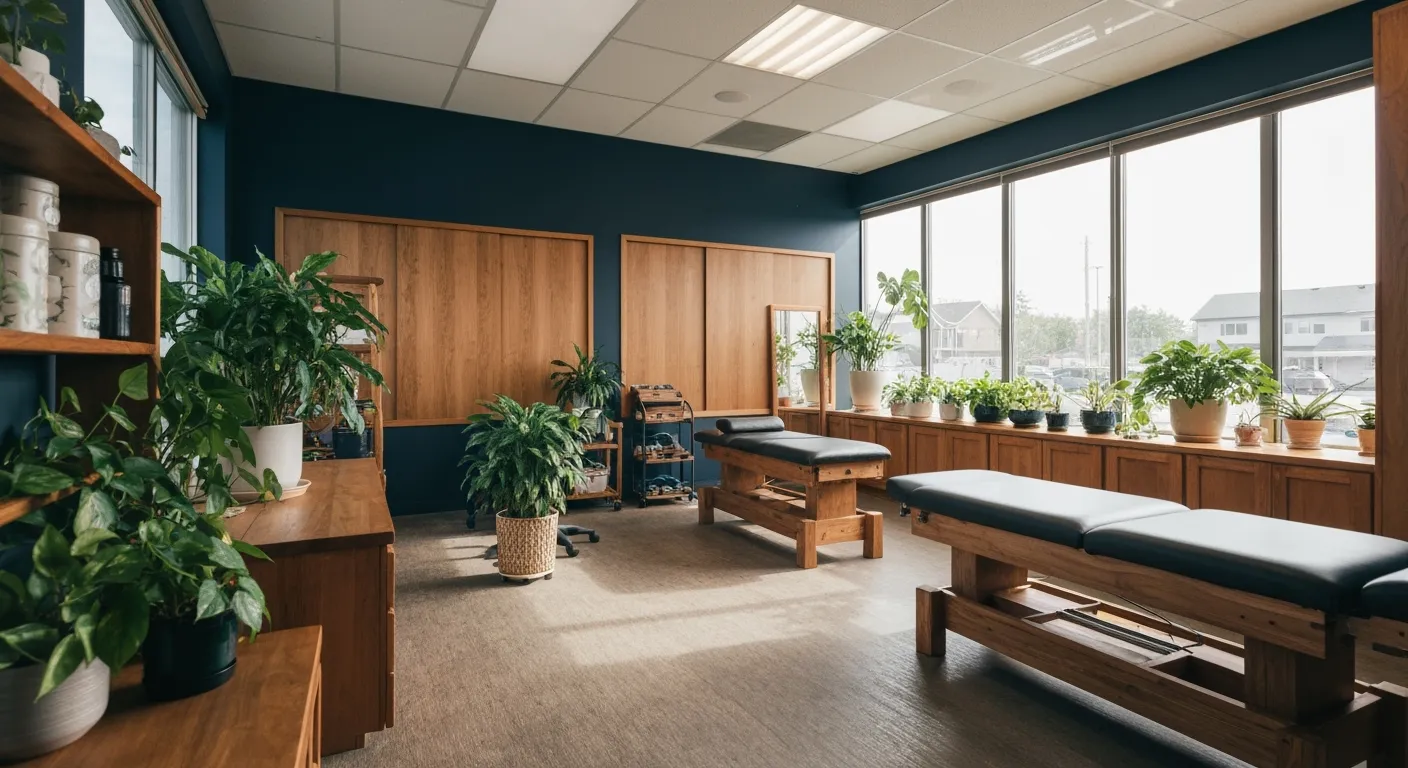
Nutritional Counseling and Its Impact on Overall Wellness and Recovery

Patient Testimonials That Showcase the Power of Chiropractic Care
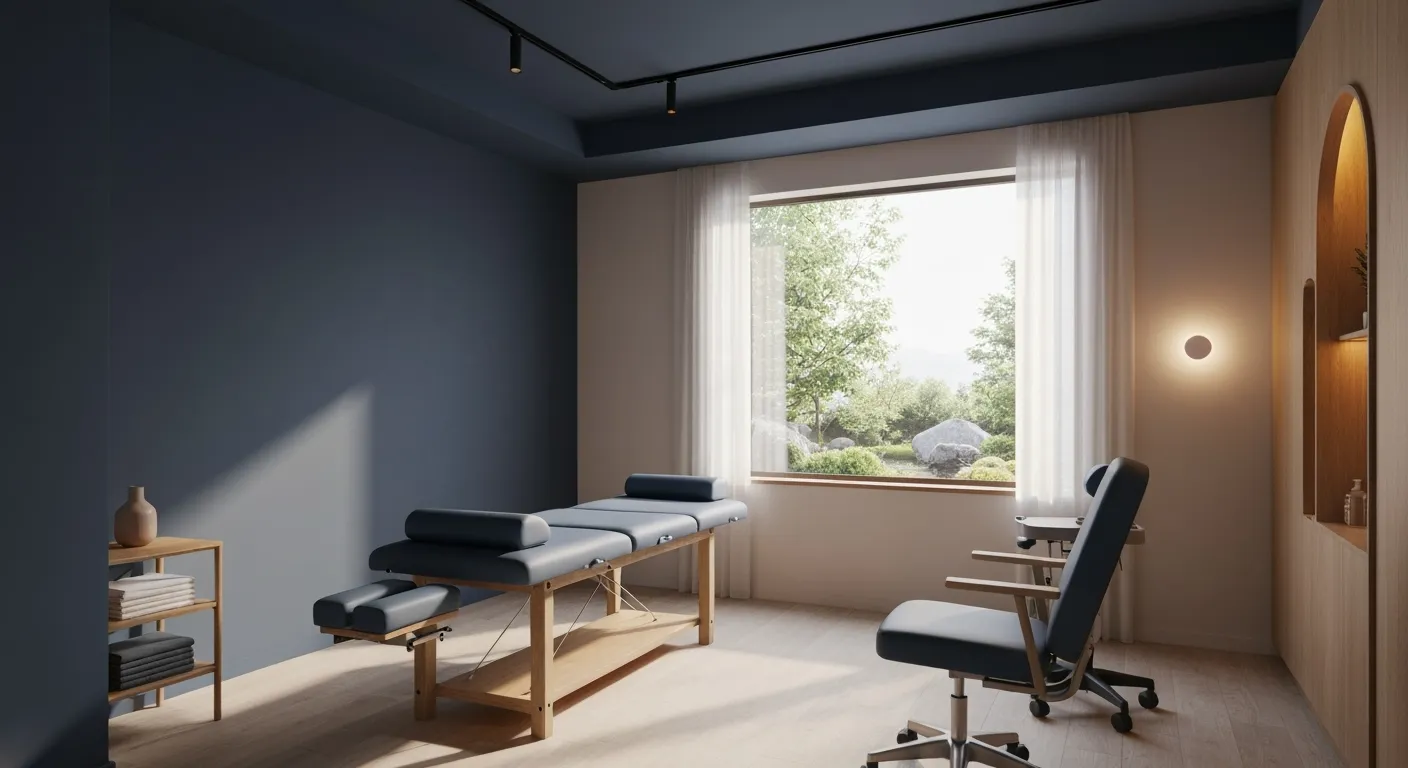
Preparing for Your First Chiropractic Appointment: What You Need to Know
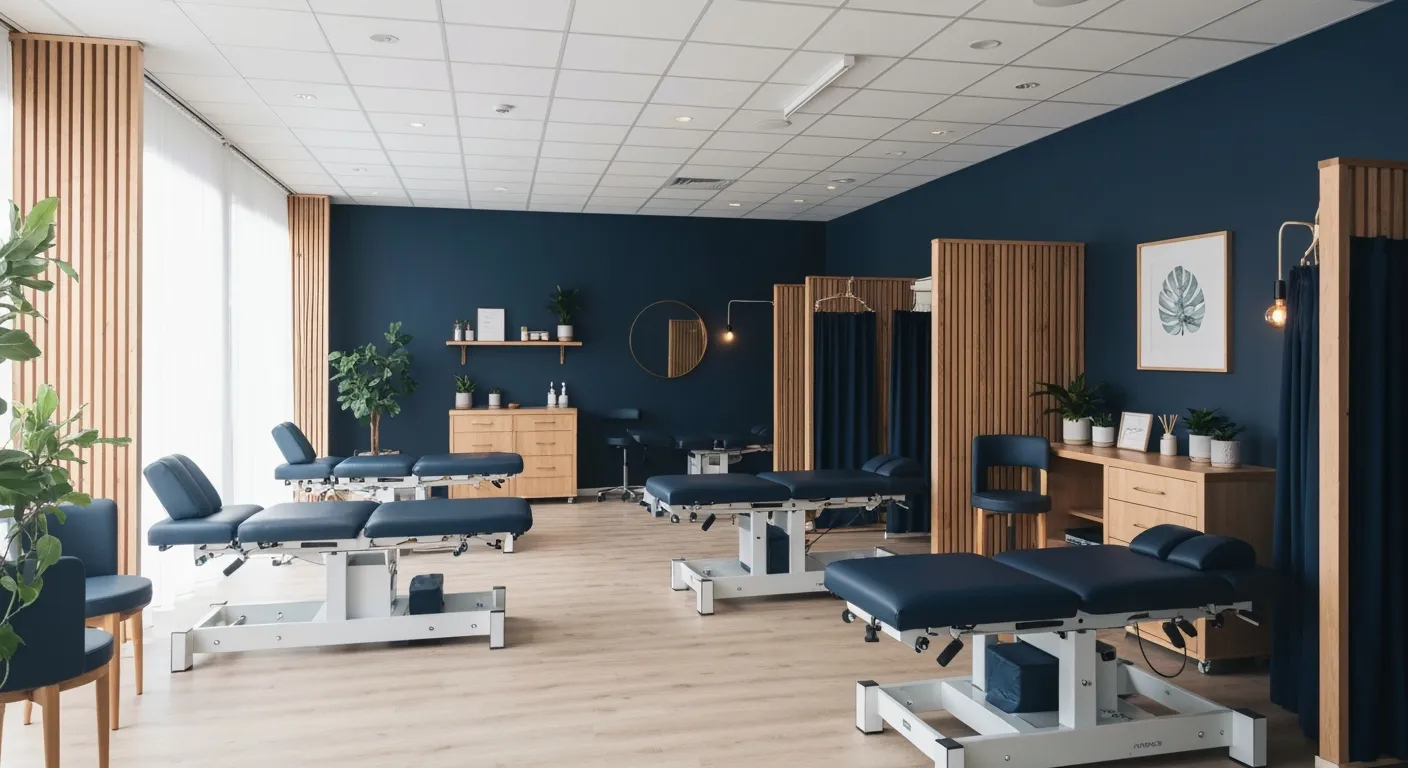
Holistic Treatment Options: Beyond Surgery for Pain Relief
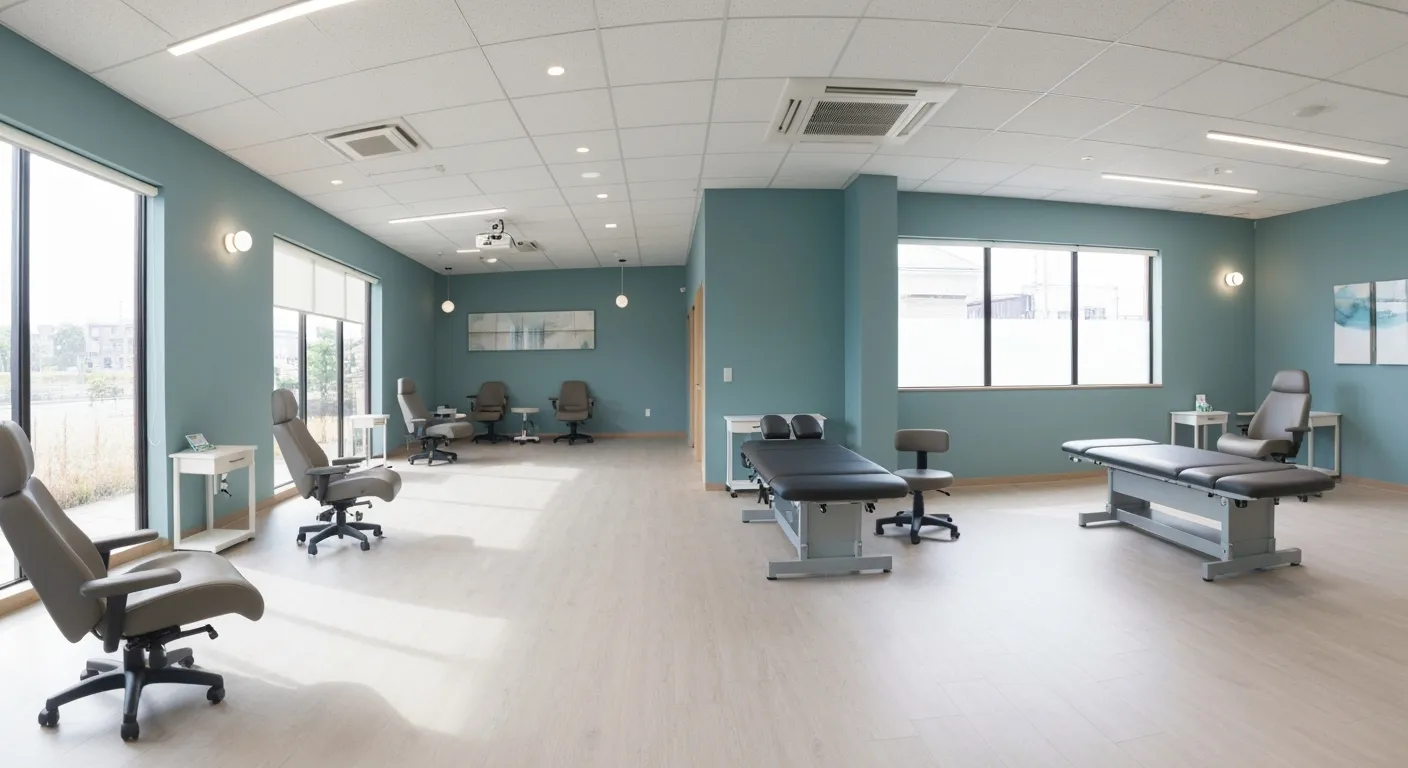
Holistic Pain Relief Methods That Avoid Surgery

Nutritional Strategies for Supporting Spine Health and Recovery
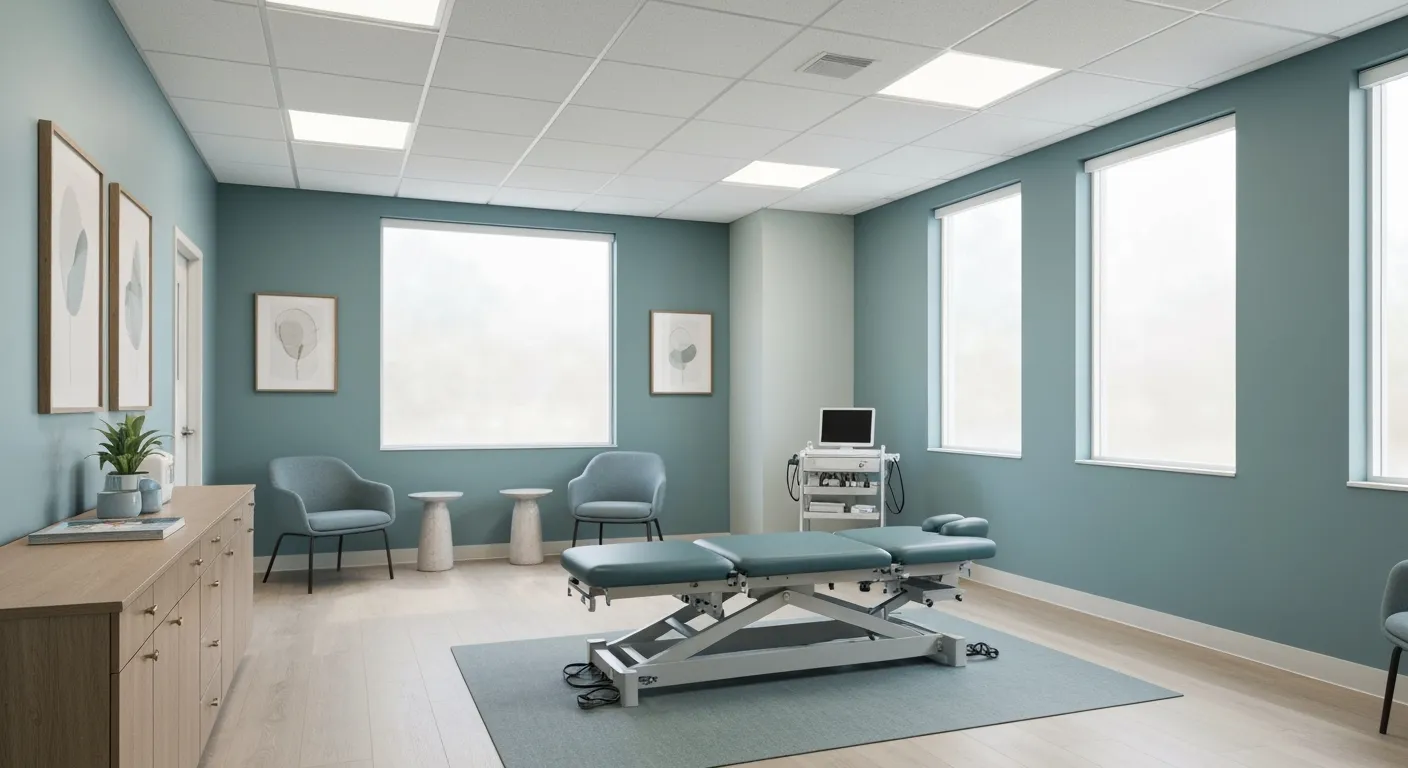
First Chiropractic Visit: What Happens and How to Prepare
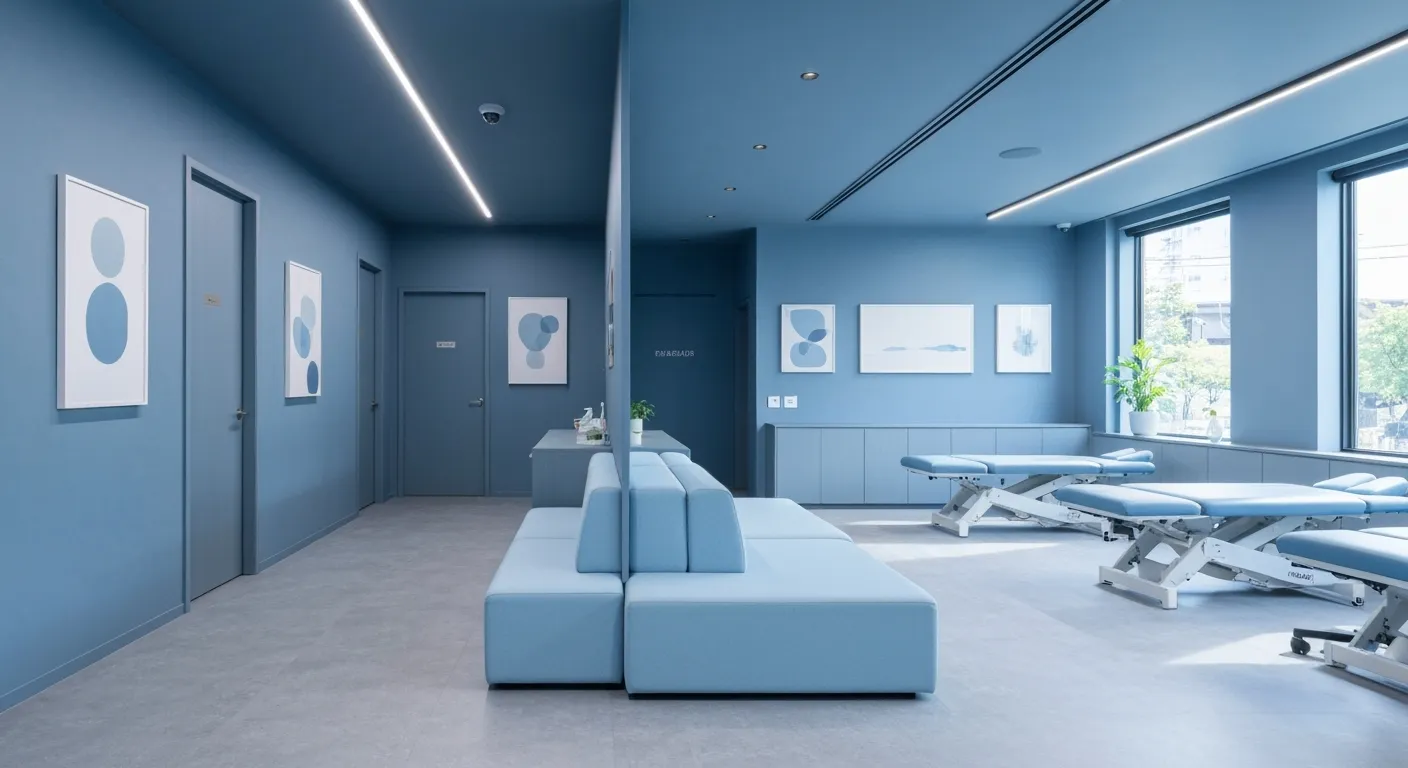
Chiropractic Patient Success Stories: Inspiring Journeys to Wellness

Effectiveness of Spinal Decompression Therapy in Managing Sciatic Nerve Pain
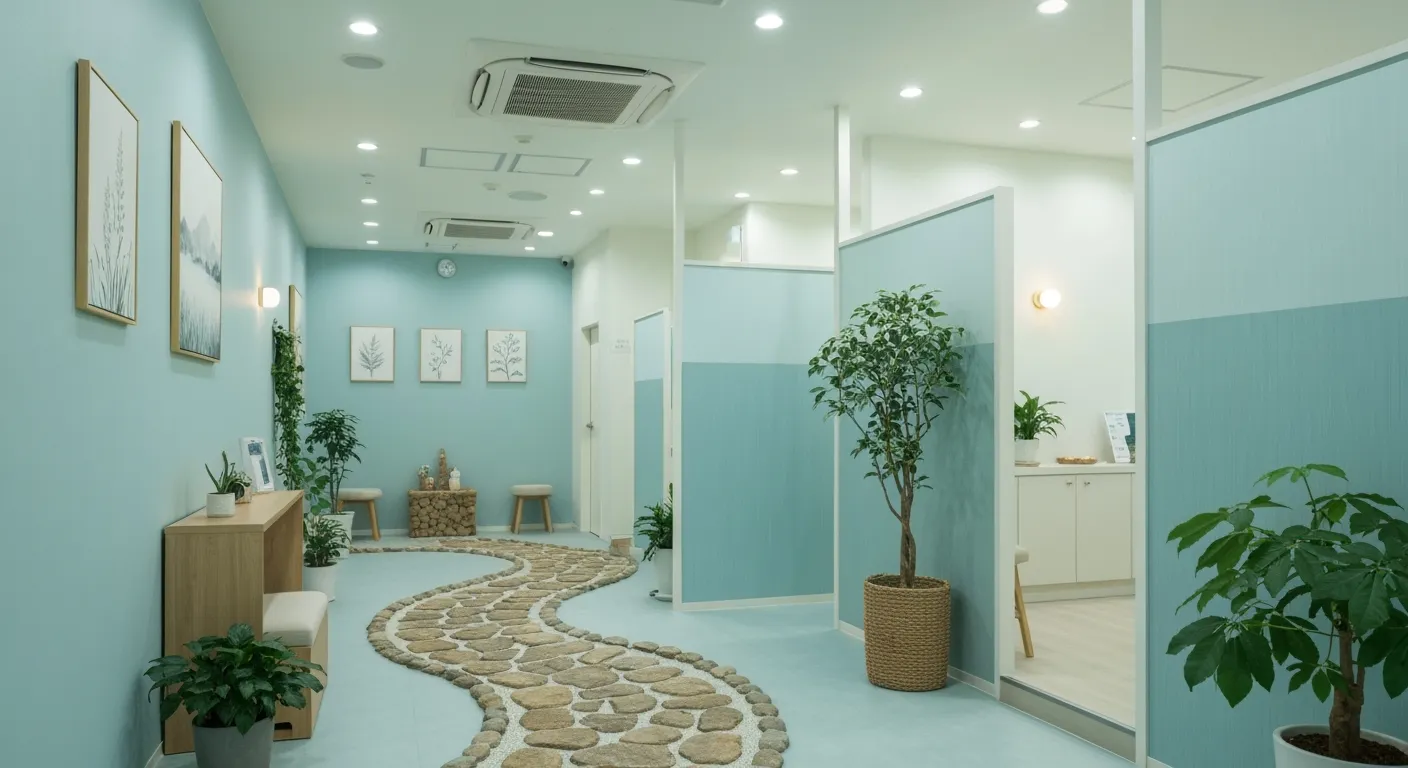
Addressing Pain at Its Source: Why Treating the Root Cause Matters

Corrective Exercise Programs Designed for Long-Term Pain Prevention

Healthy Lifestyle Advice for Maintaining Spinal Alignment
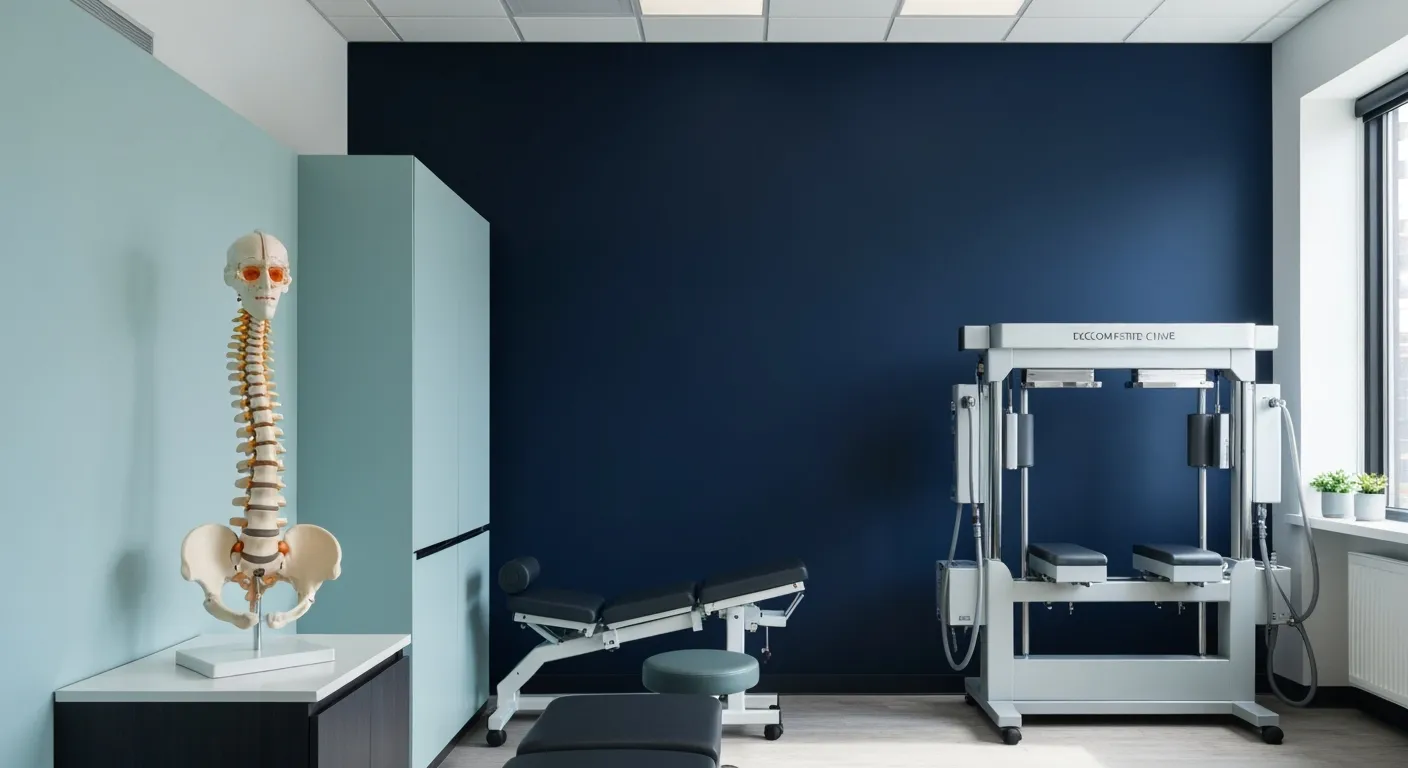
Understanding Spinal Decompression as a Treatment for Sciatica Pain
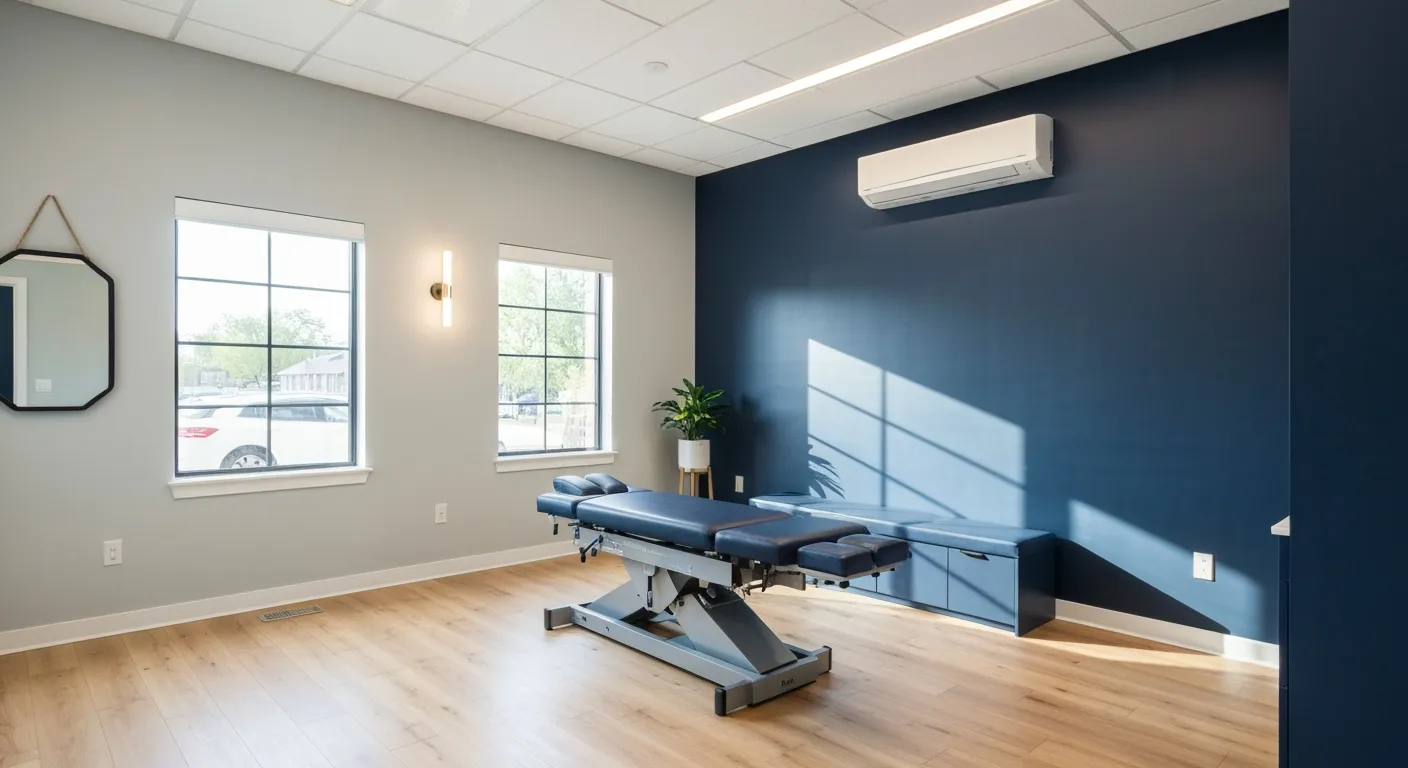
Benefits of Chiropractic Care Specifically for Back Pain Relief

Understanding Gait Analysis in Physiotherapy
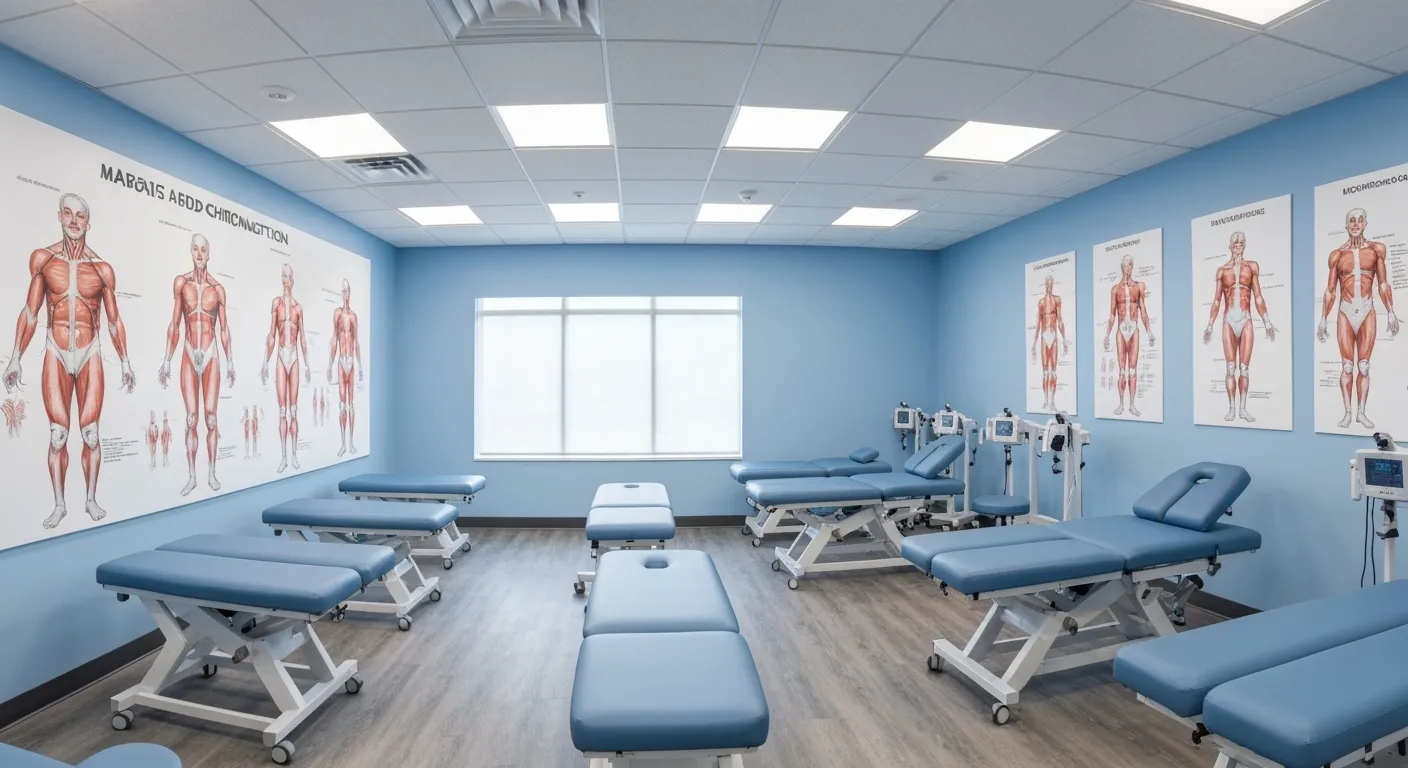
The Difference Between Muscle Soreness and Dysfunction
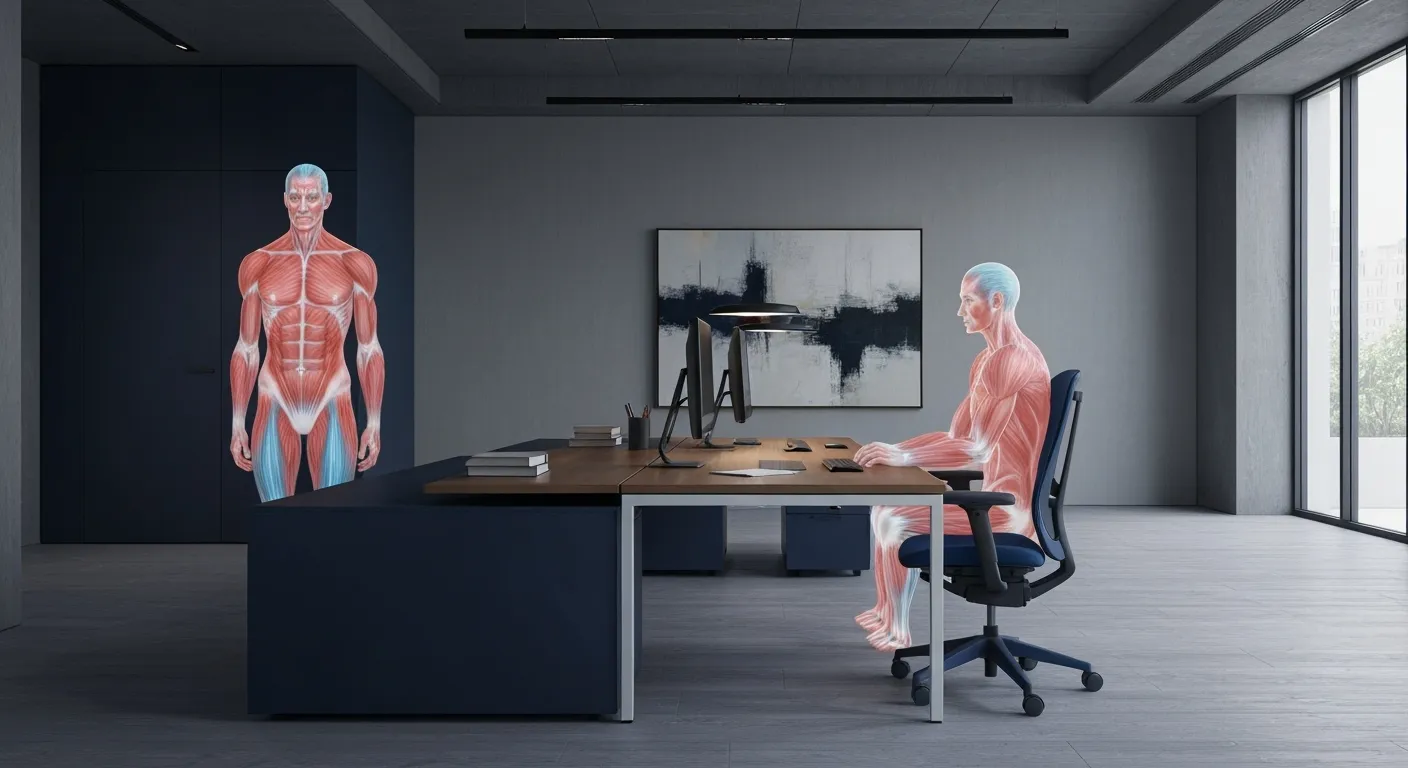
Workplace Stress Statistics: How Muscle Tension Impacts Productivity
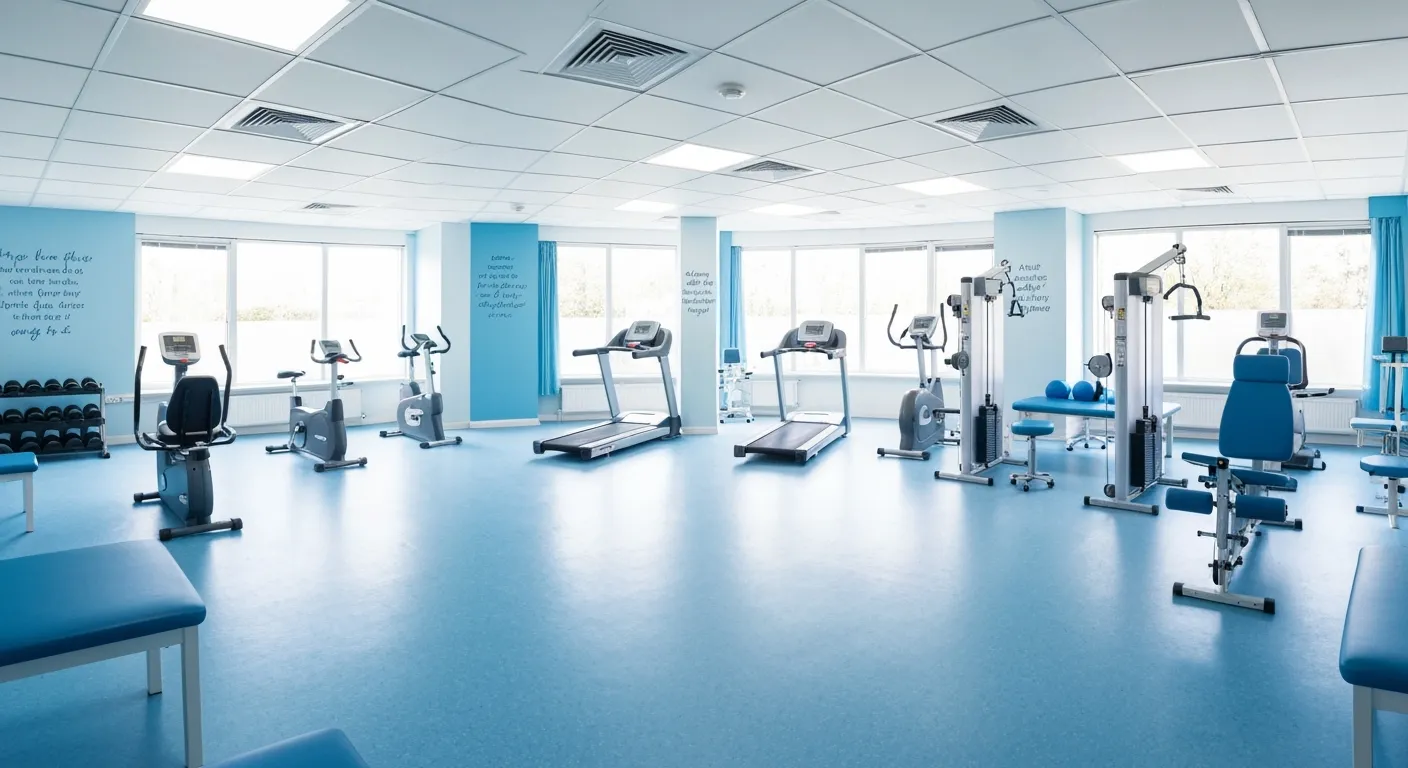
How Physiotherapy Improves Mobility for Seniors

How to Communicate Pain Levels to Your Therapist Effectively

Physiotherapy Interventions for Balance and Fall Prevention

How Physiotherapy Helps Post-Surgical Recovery

